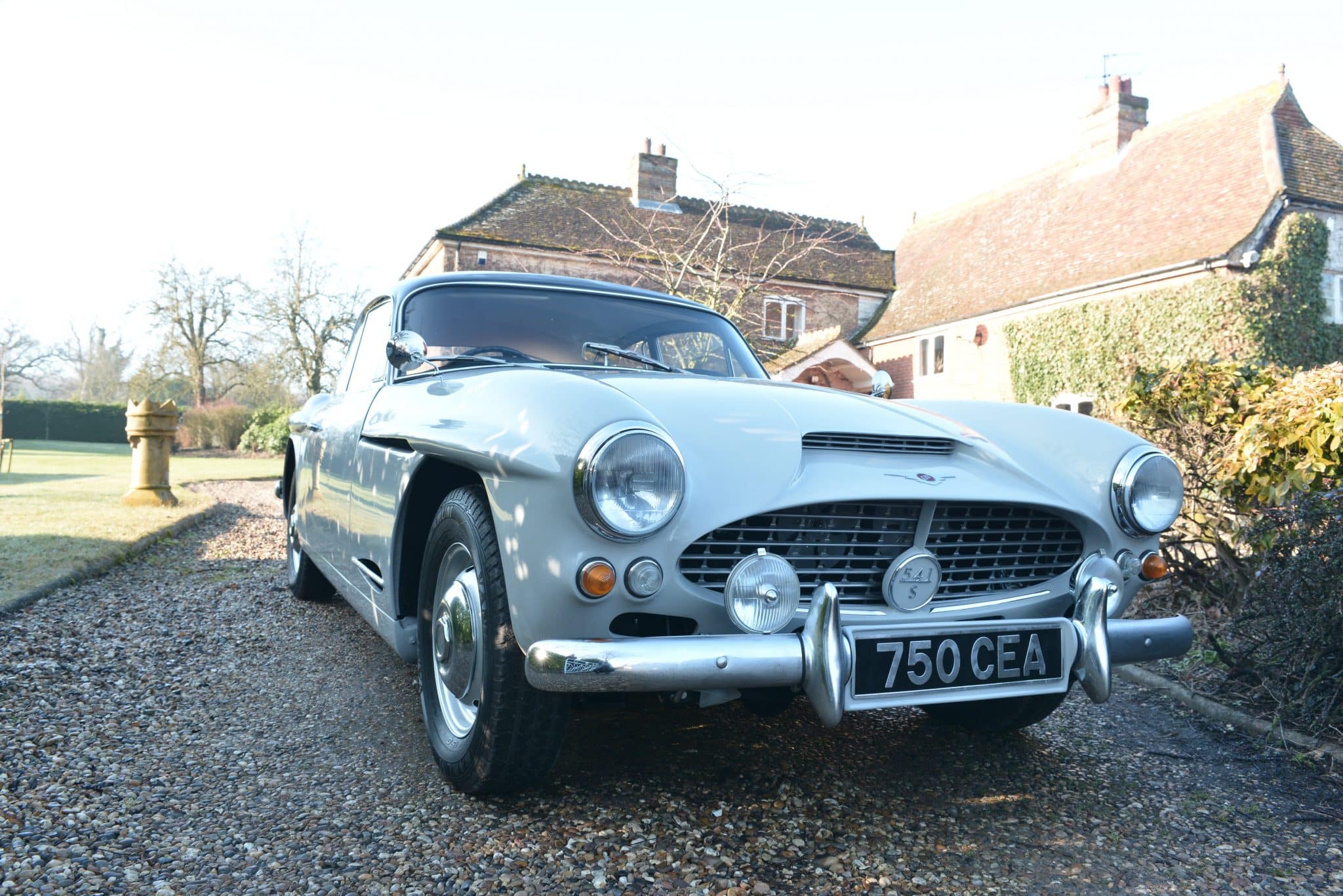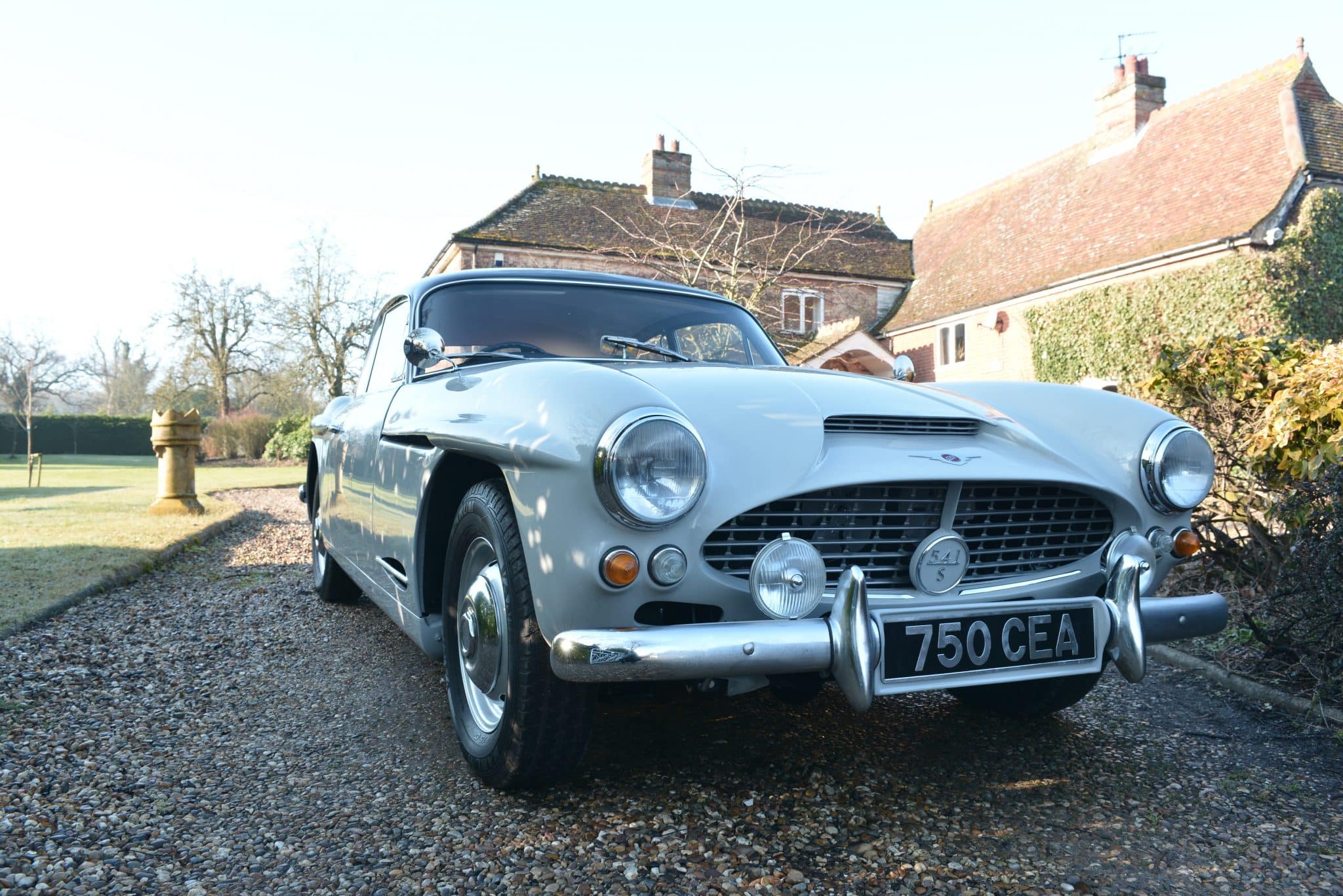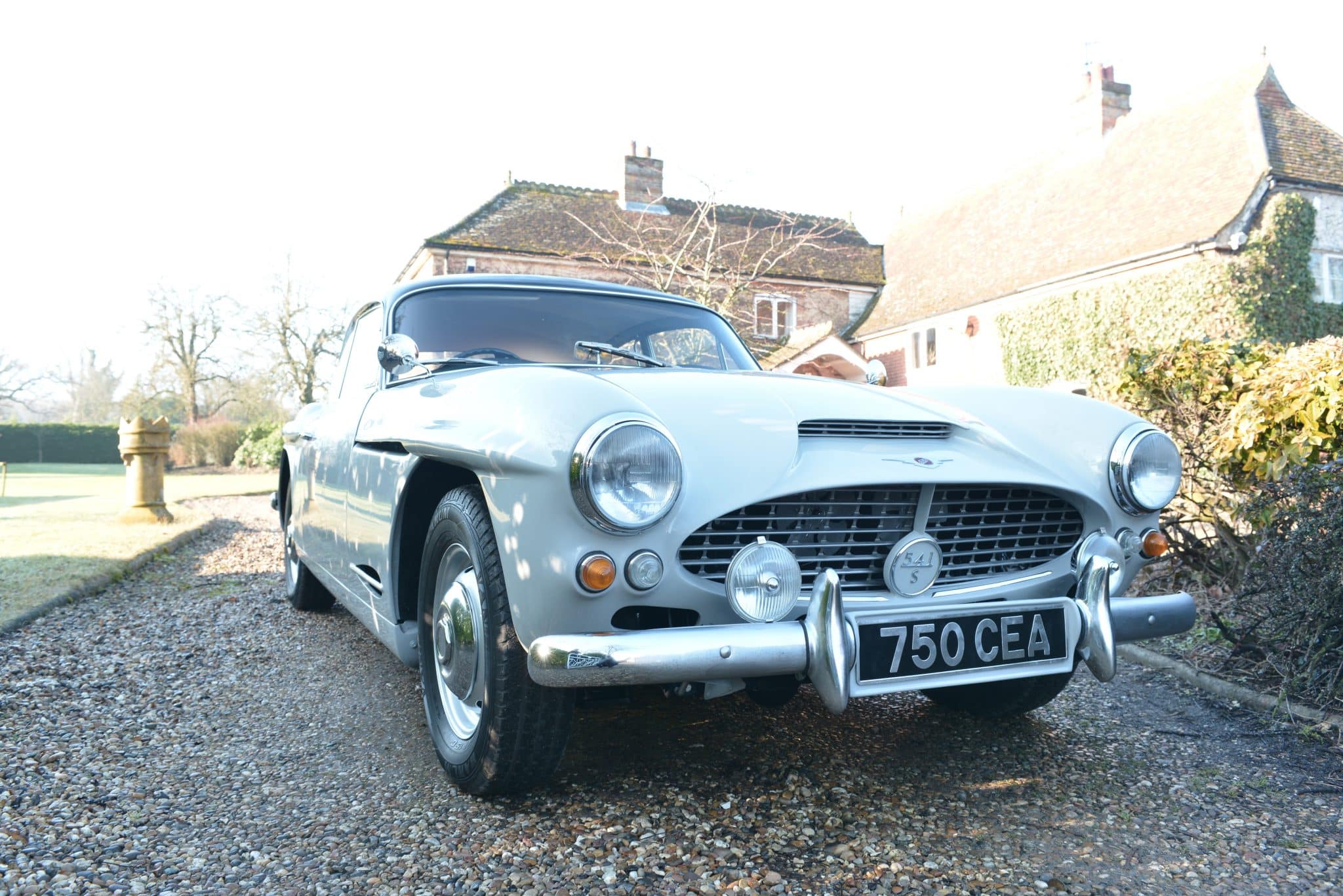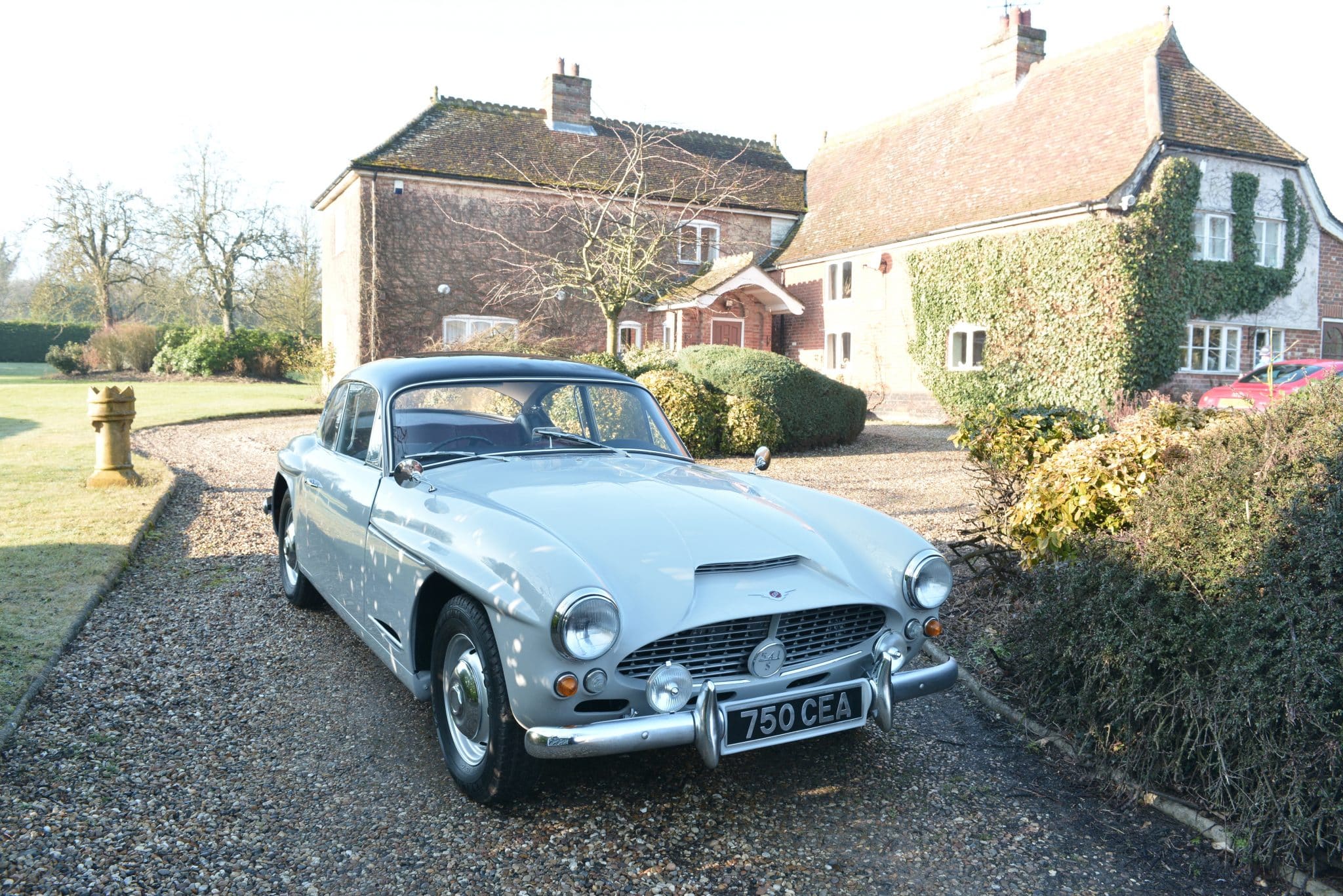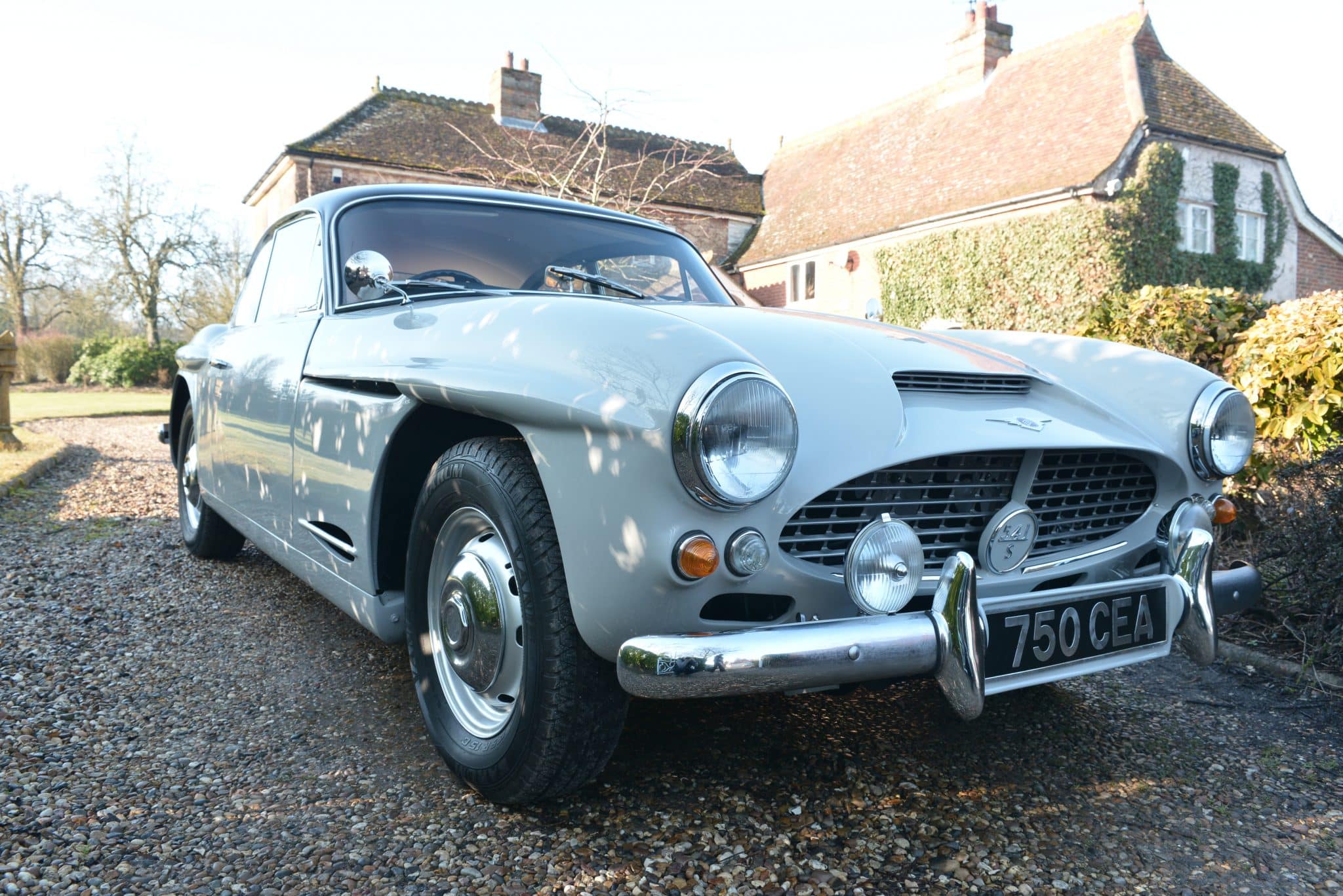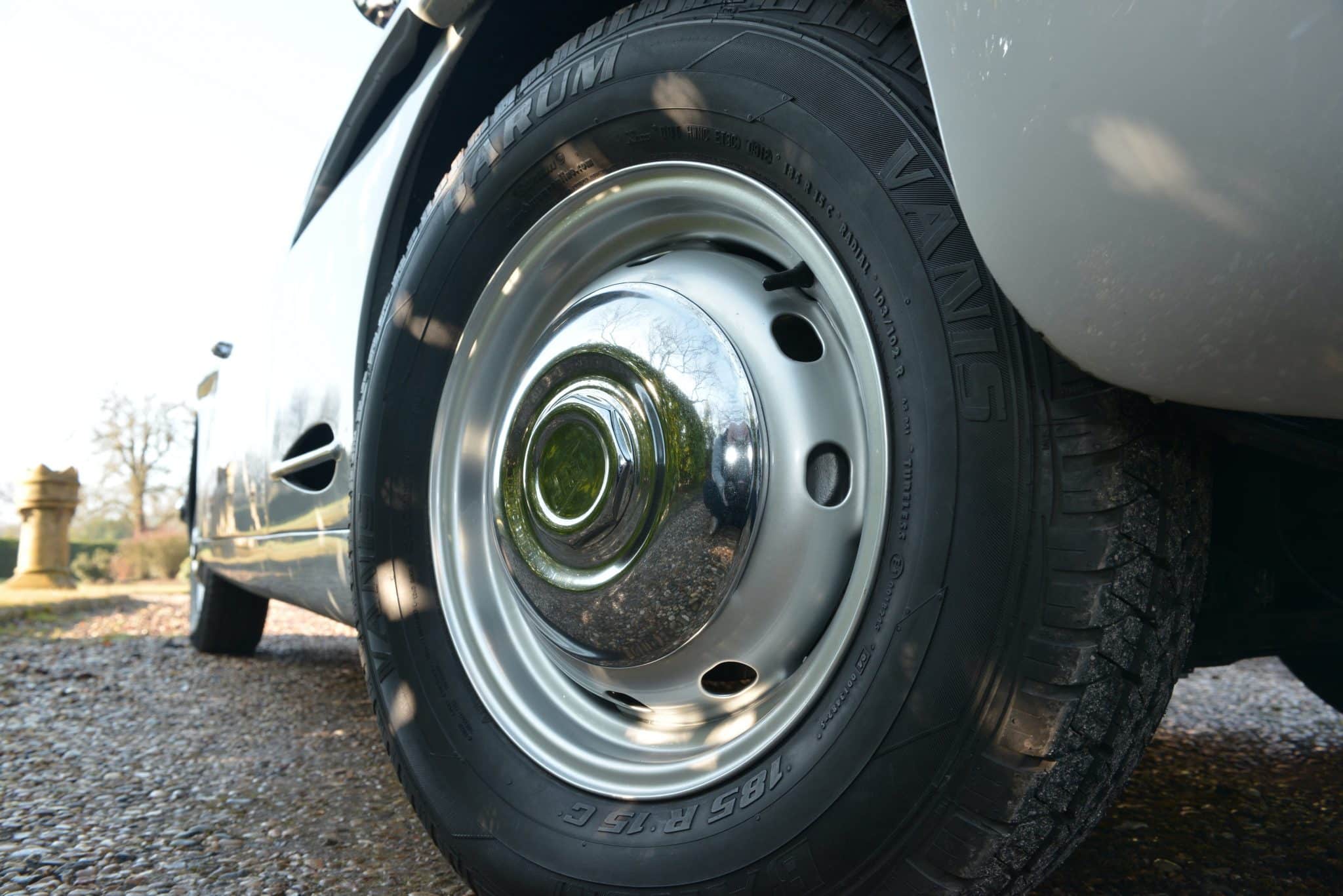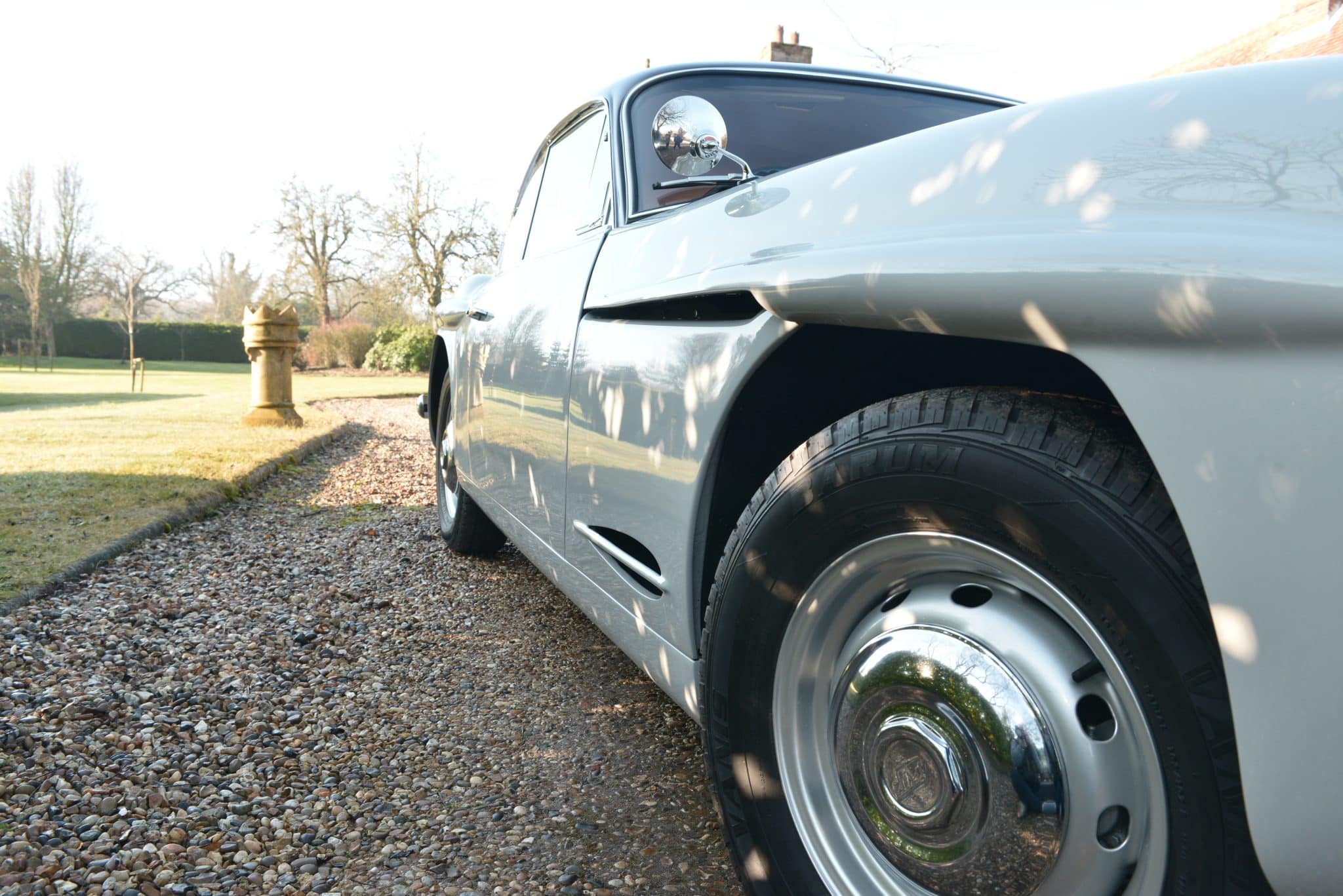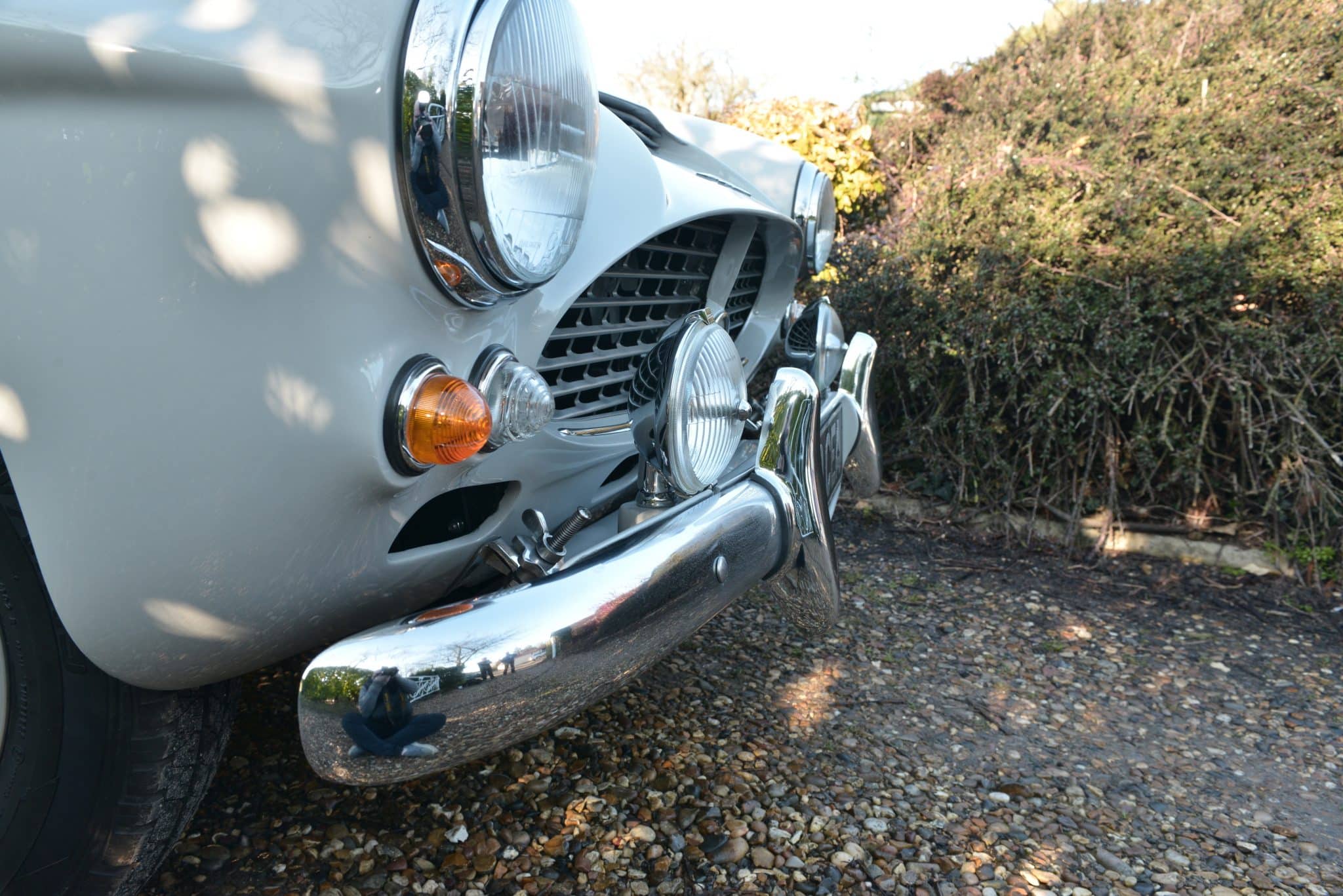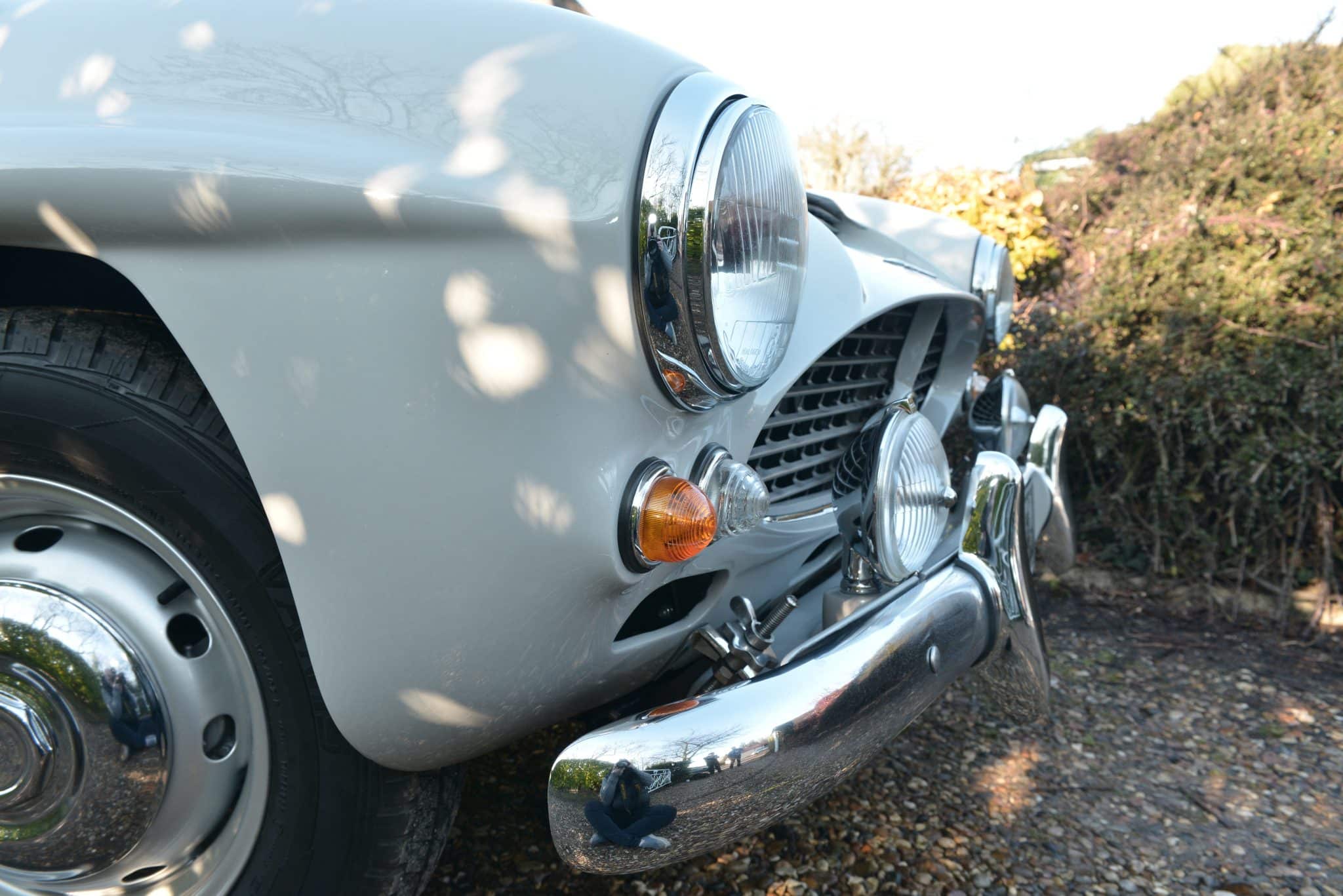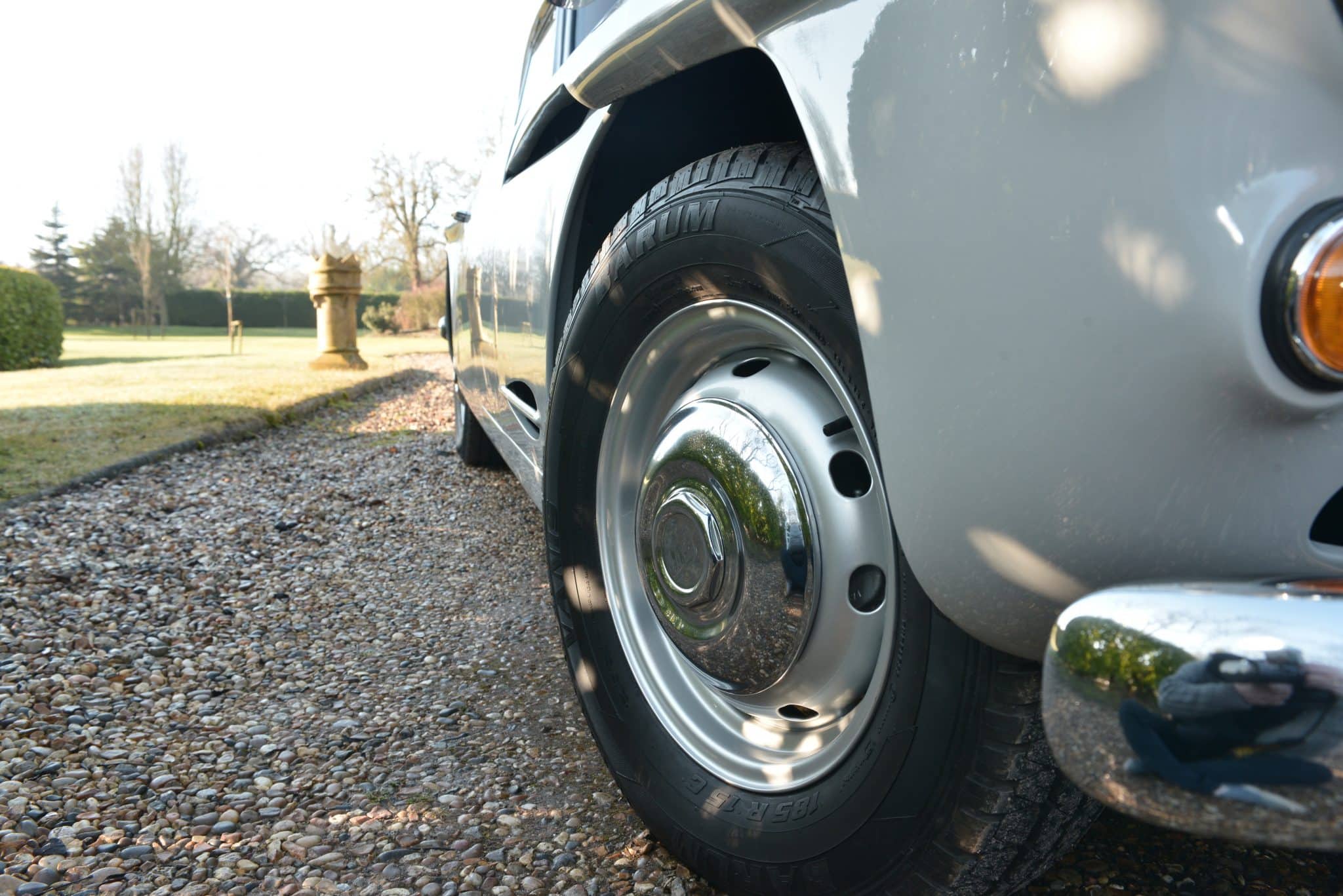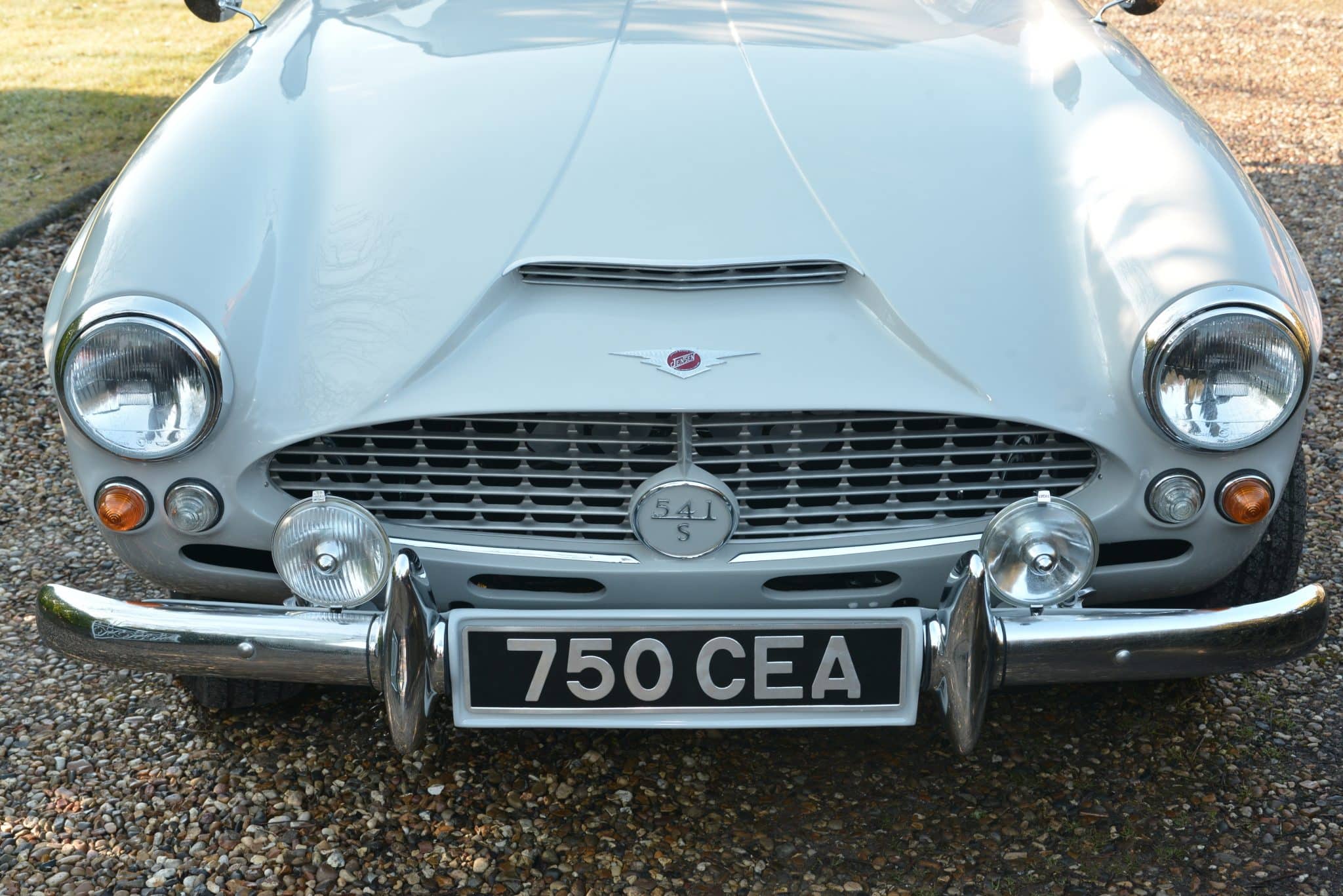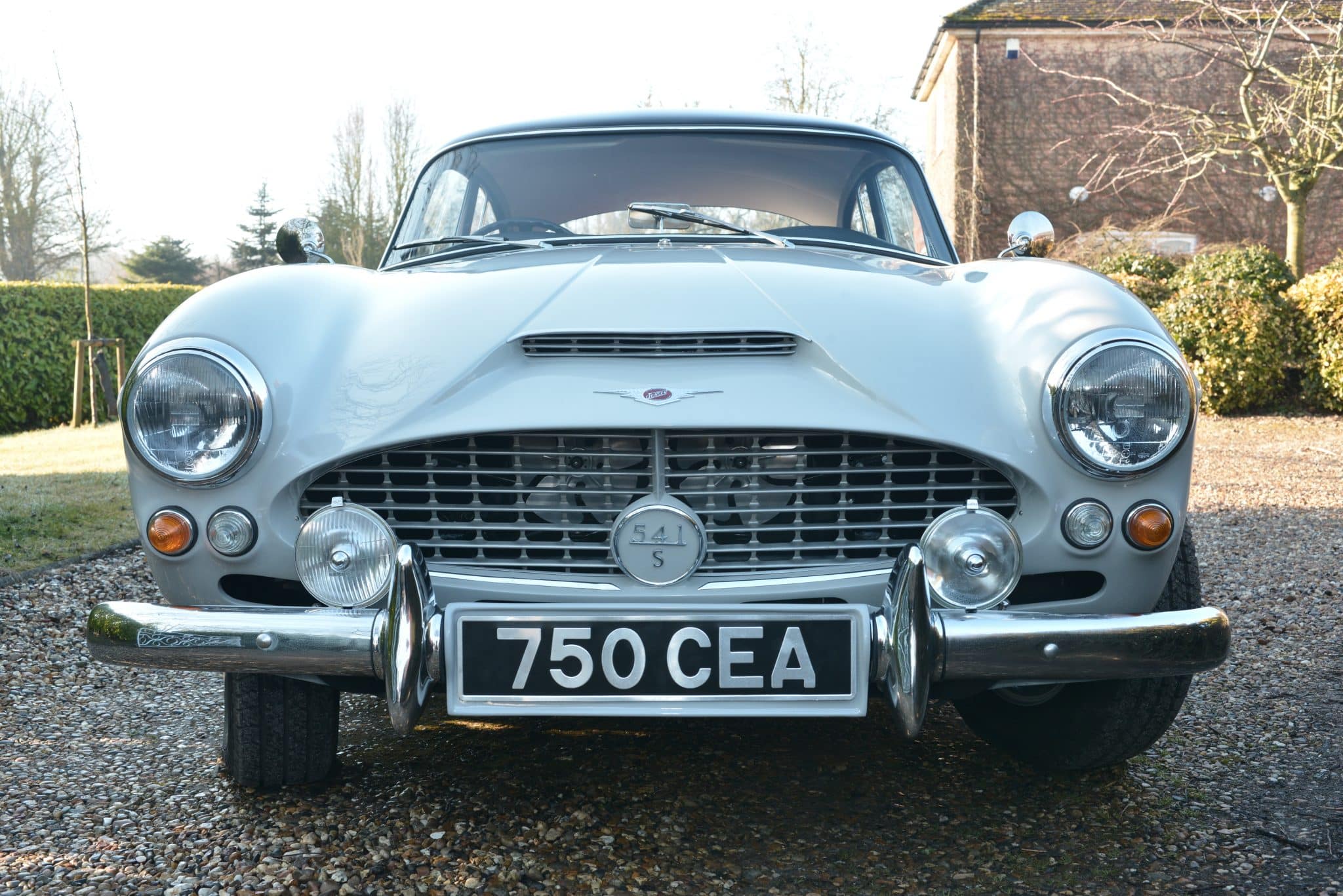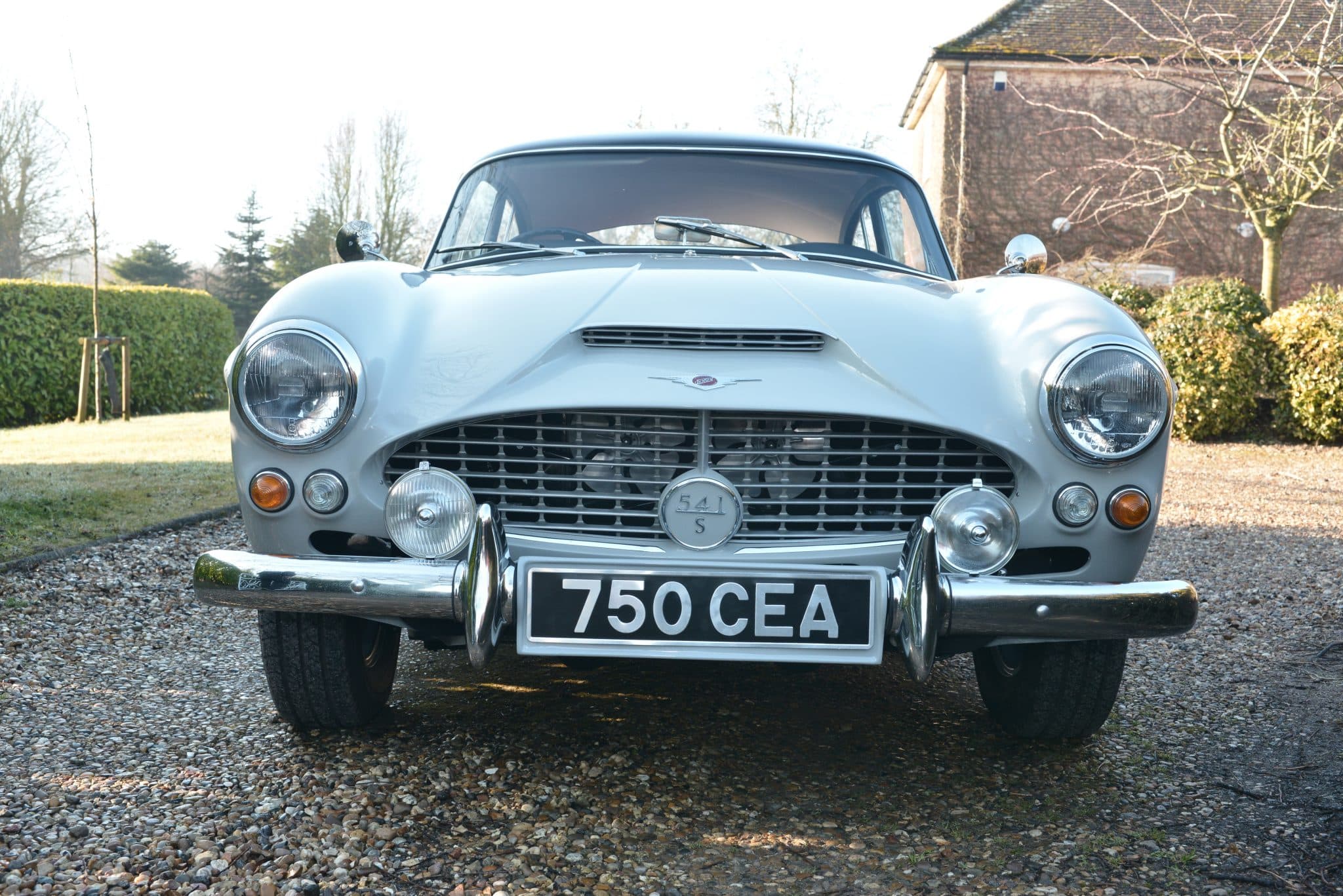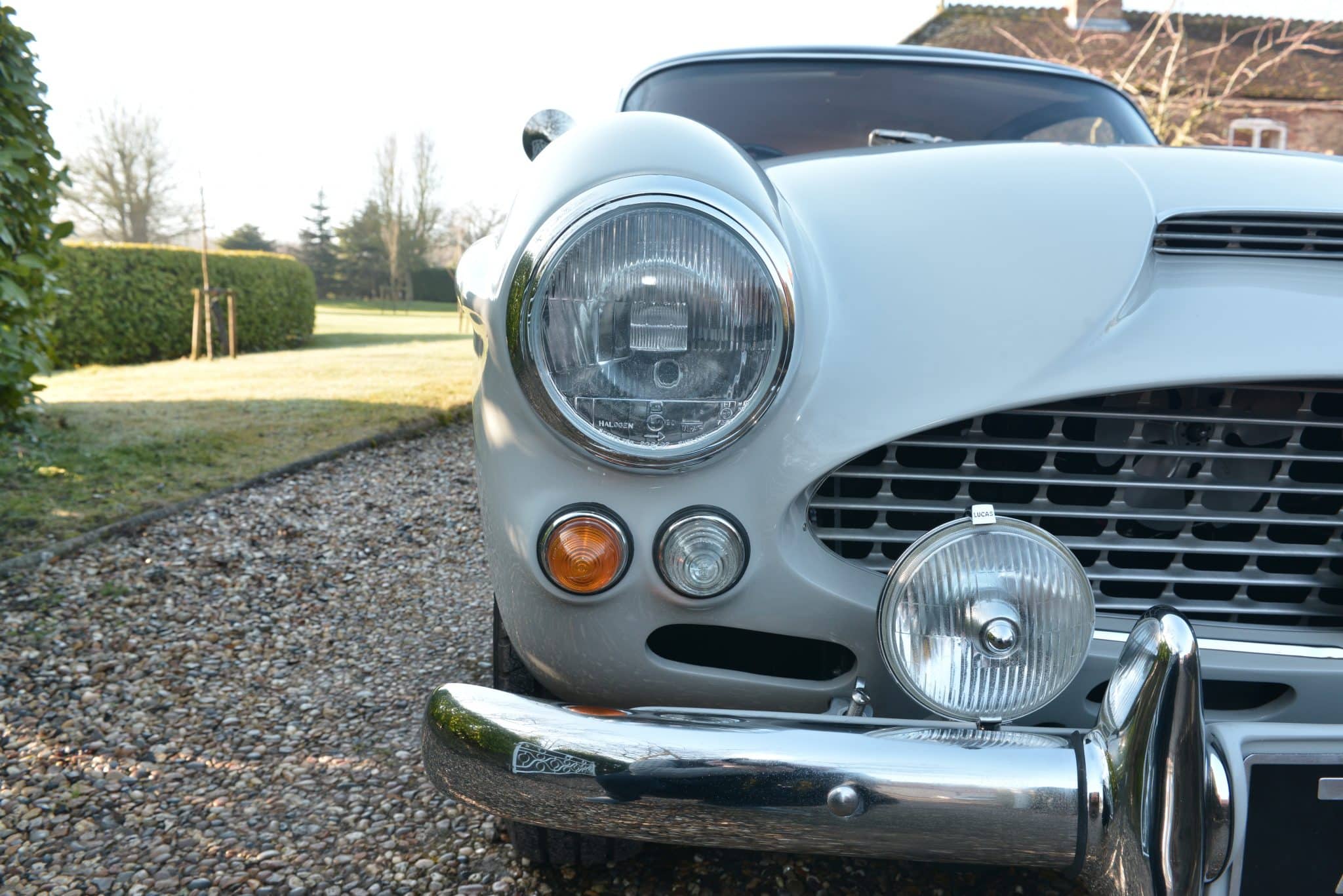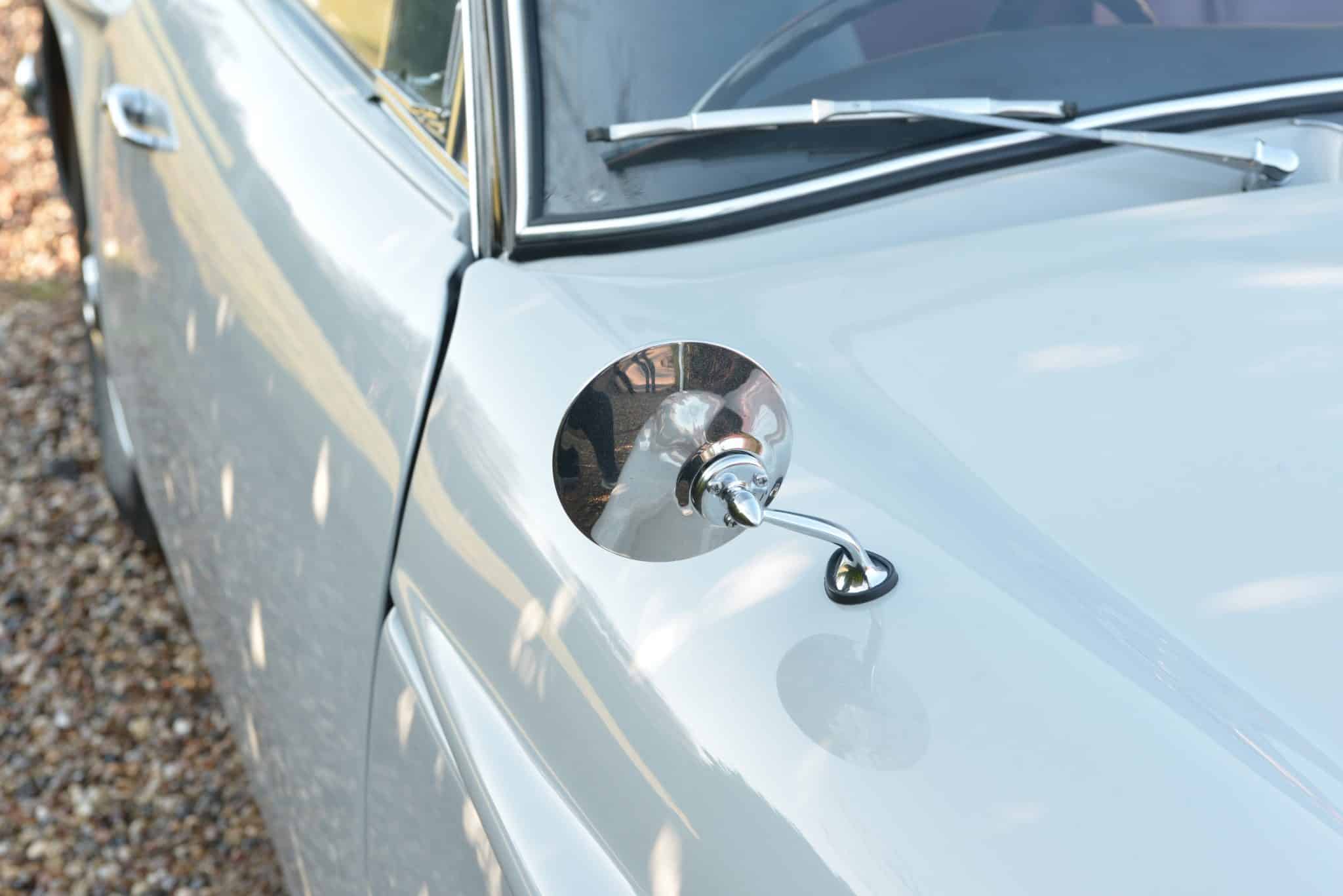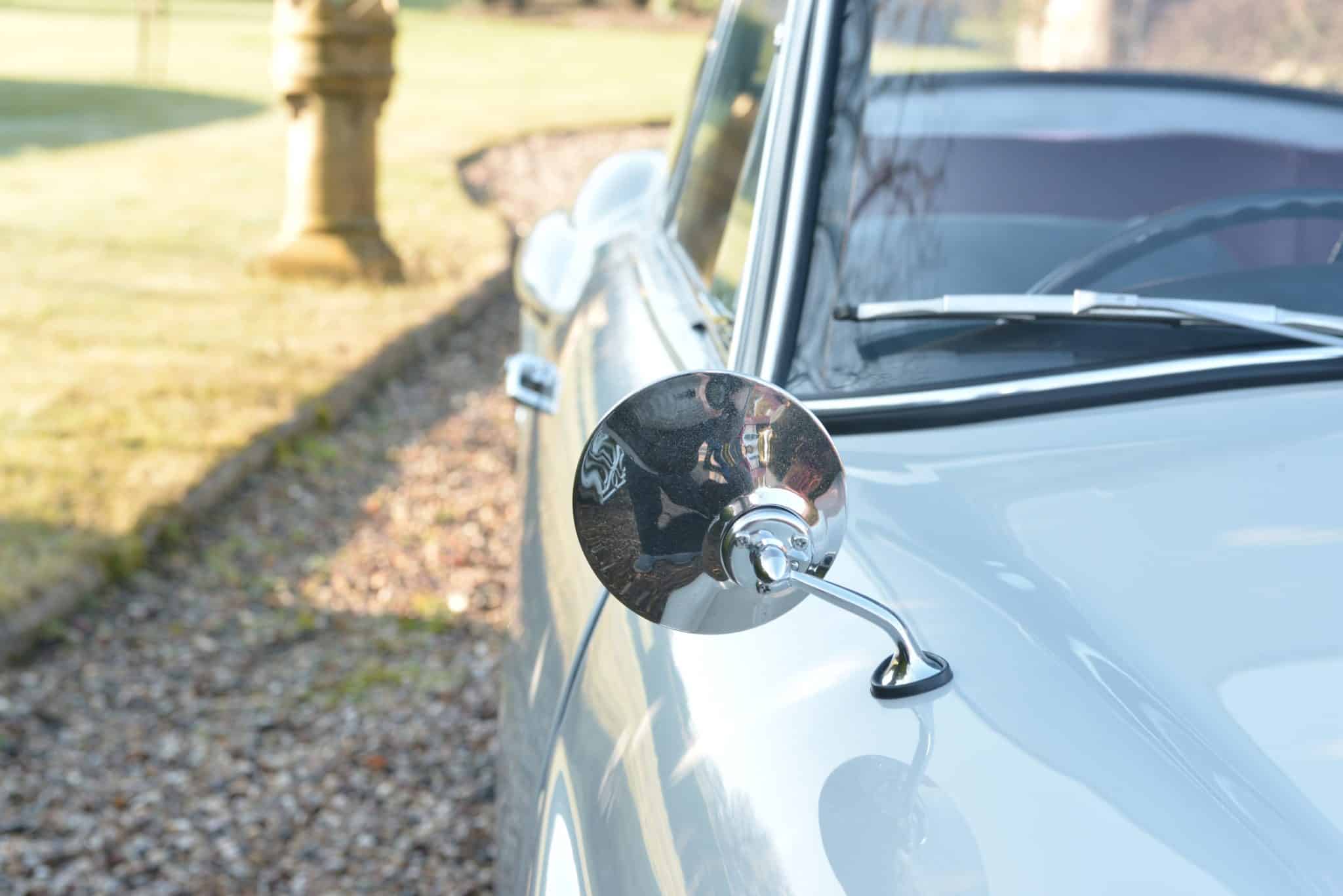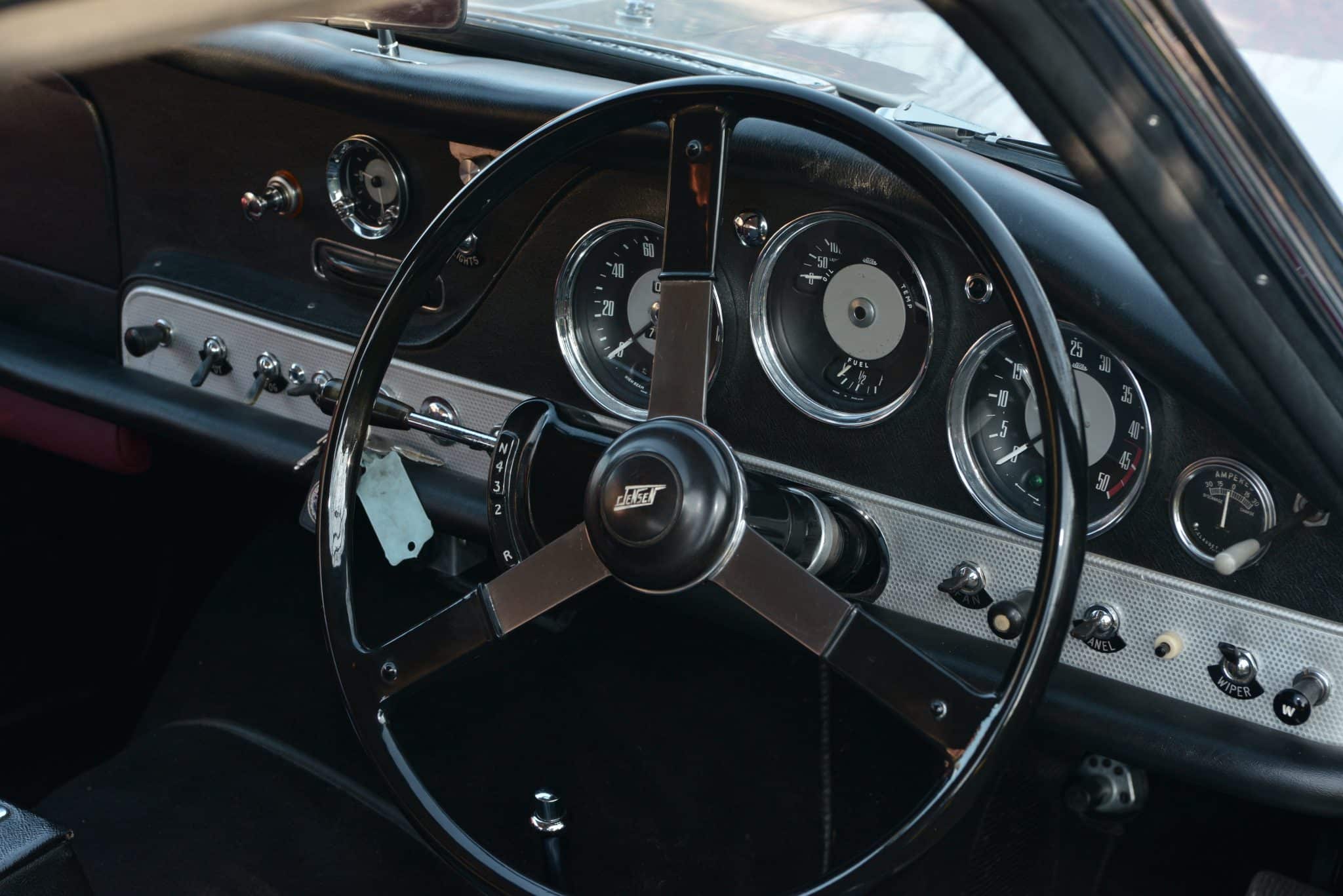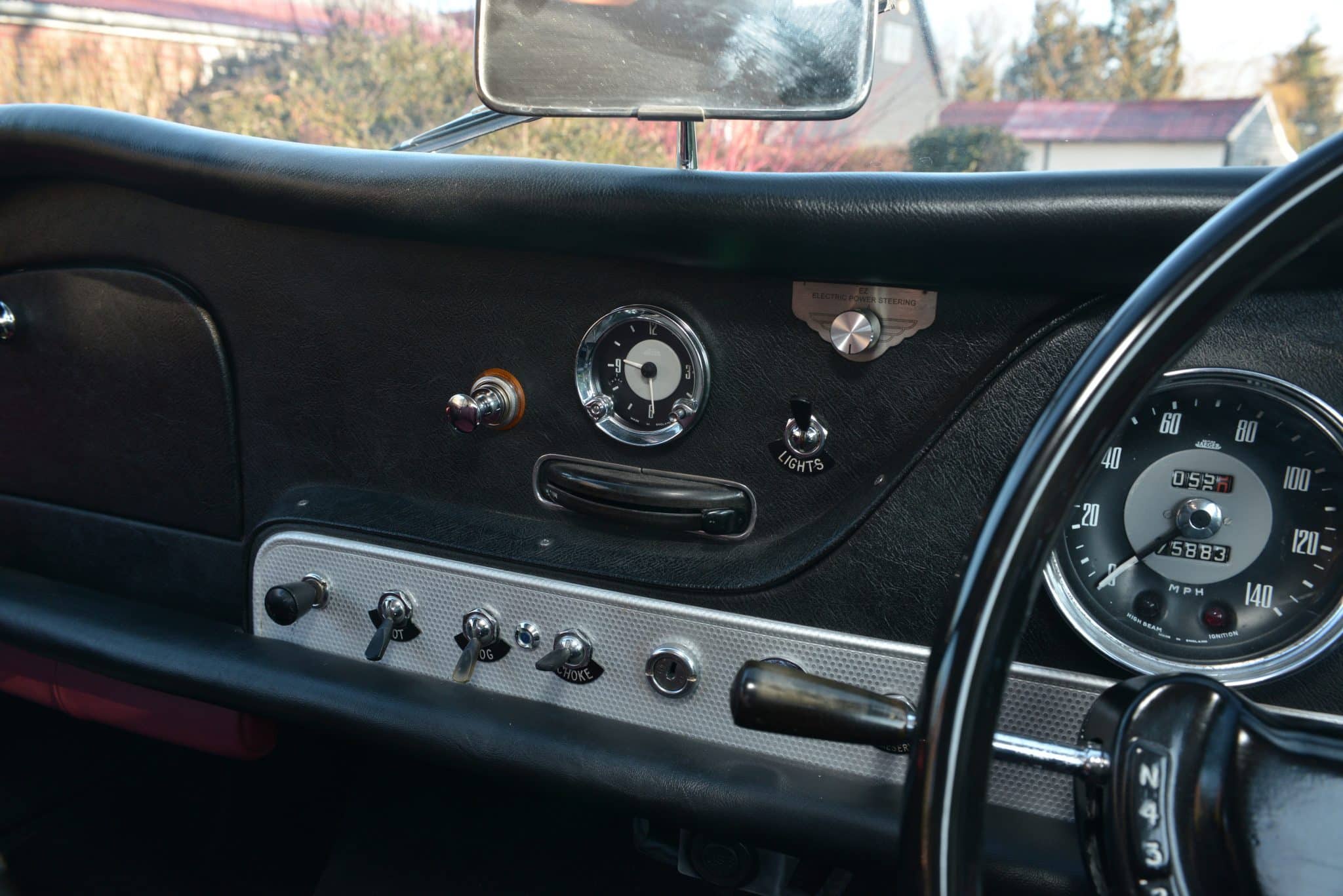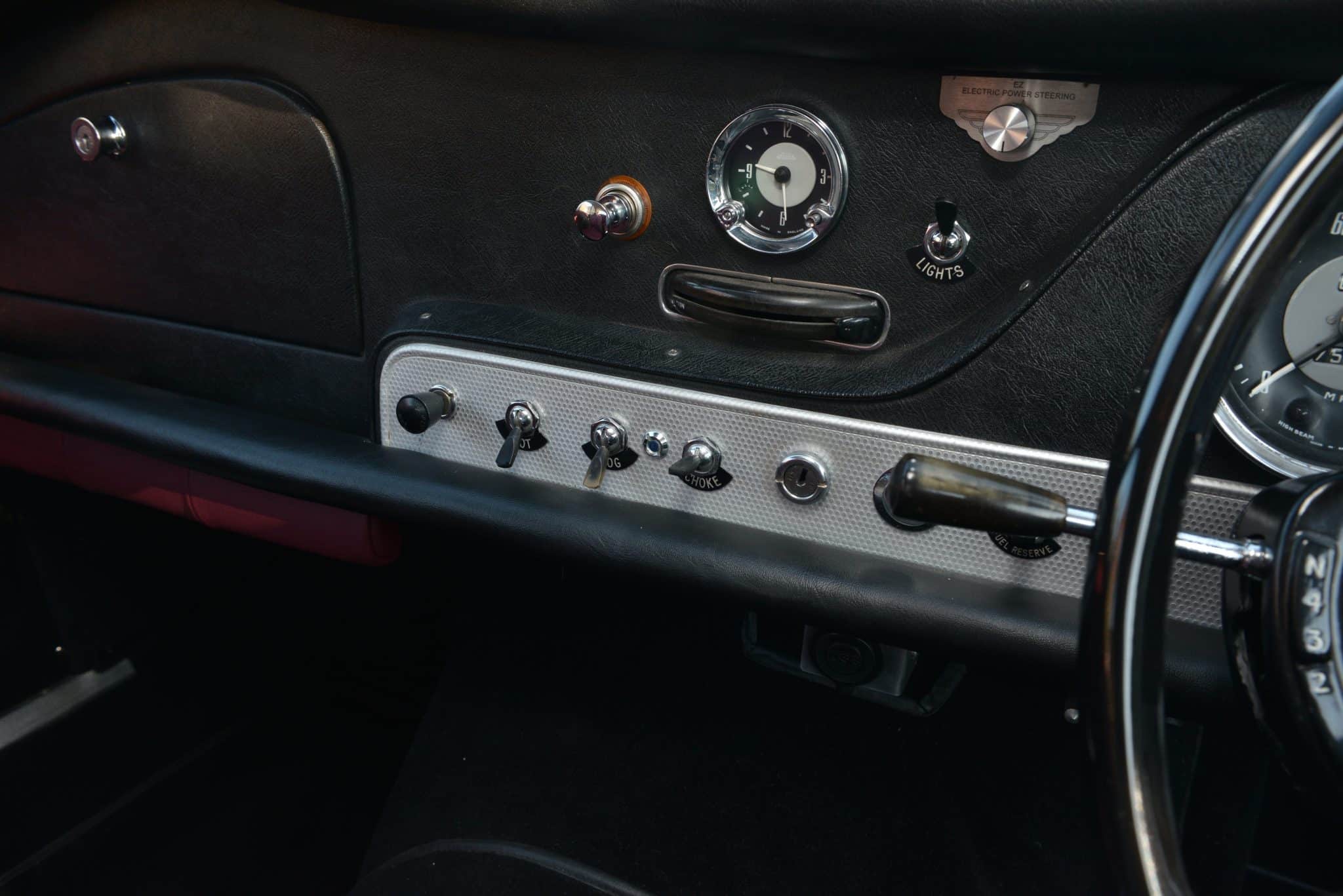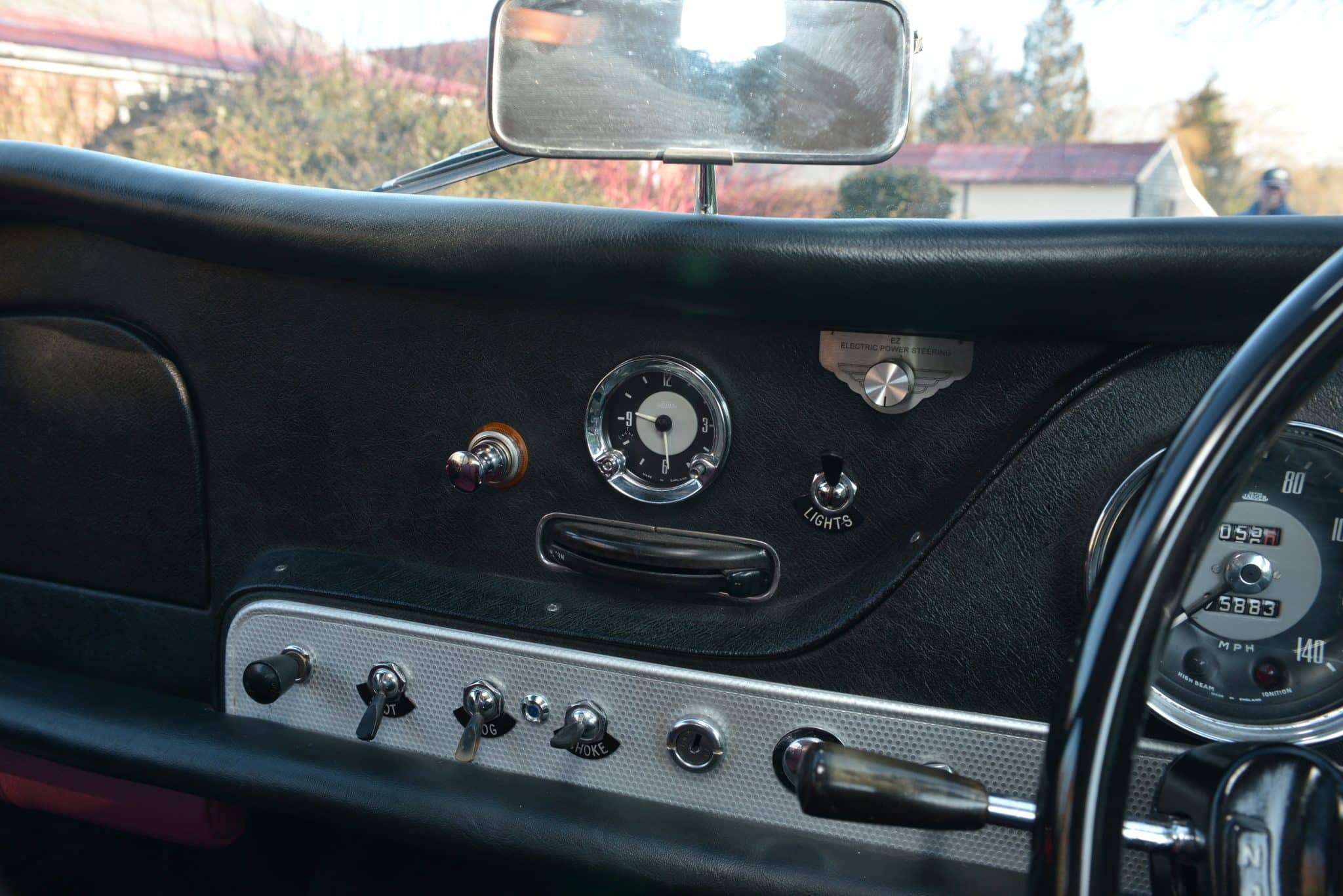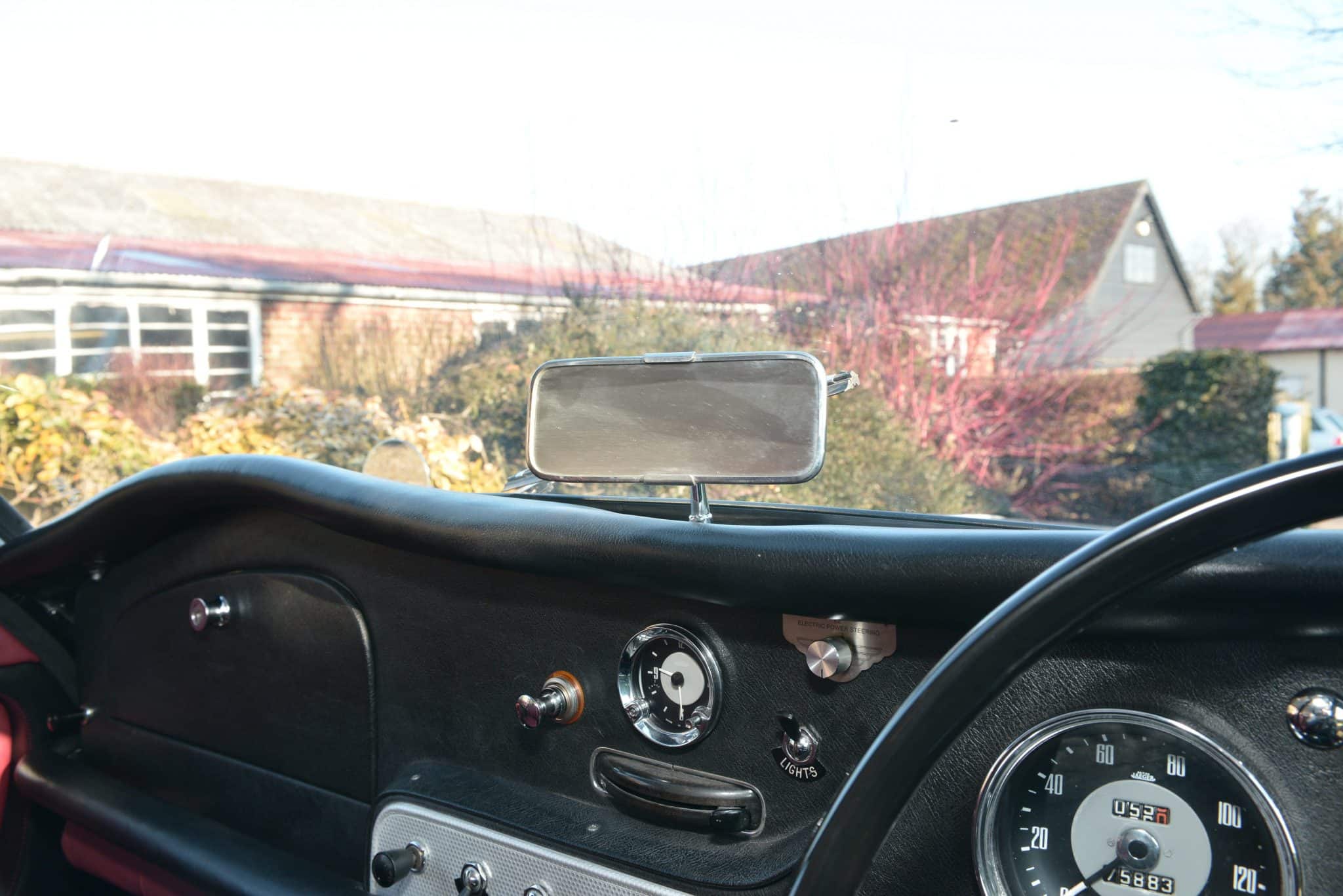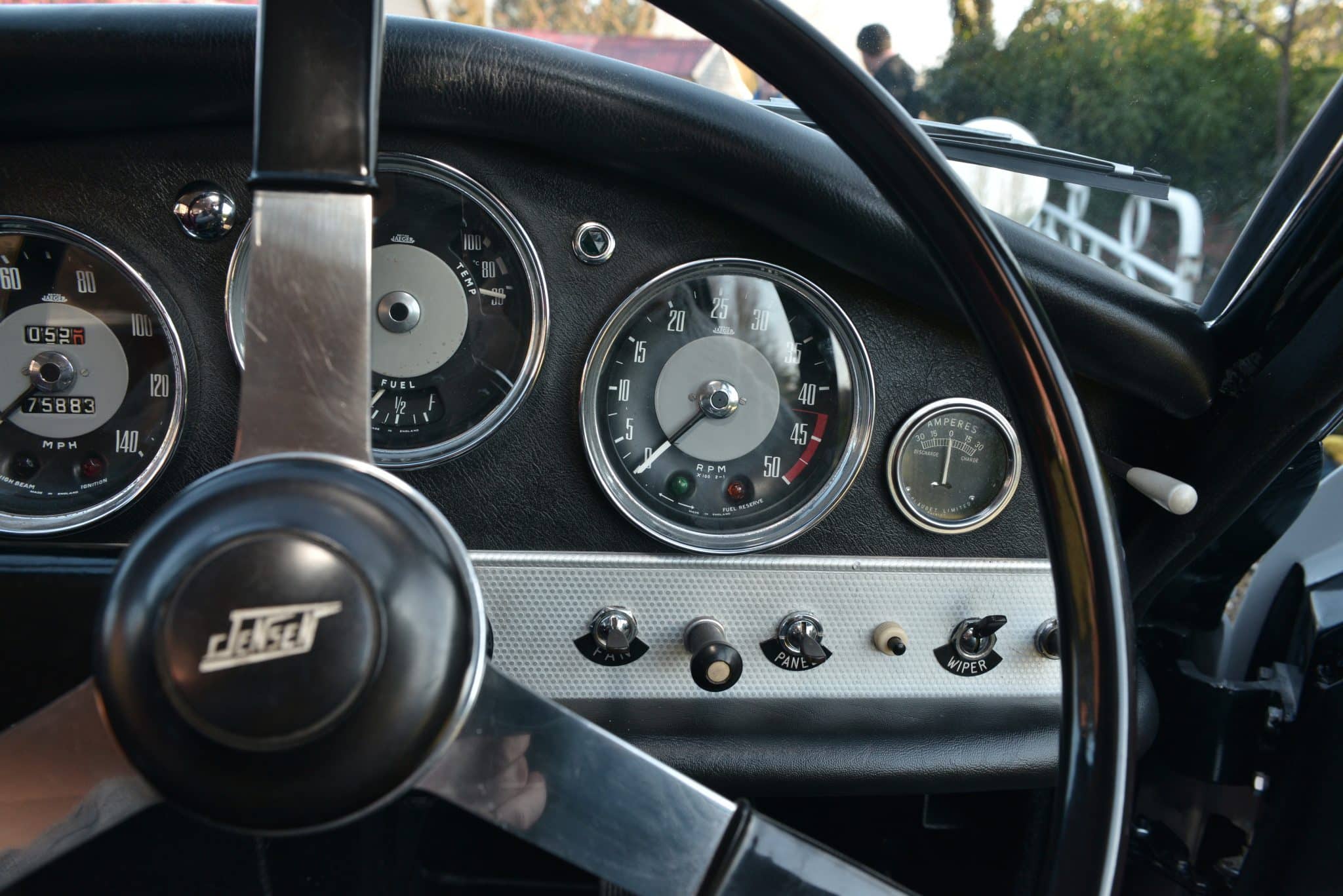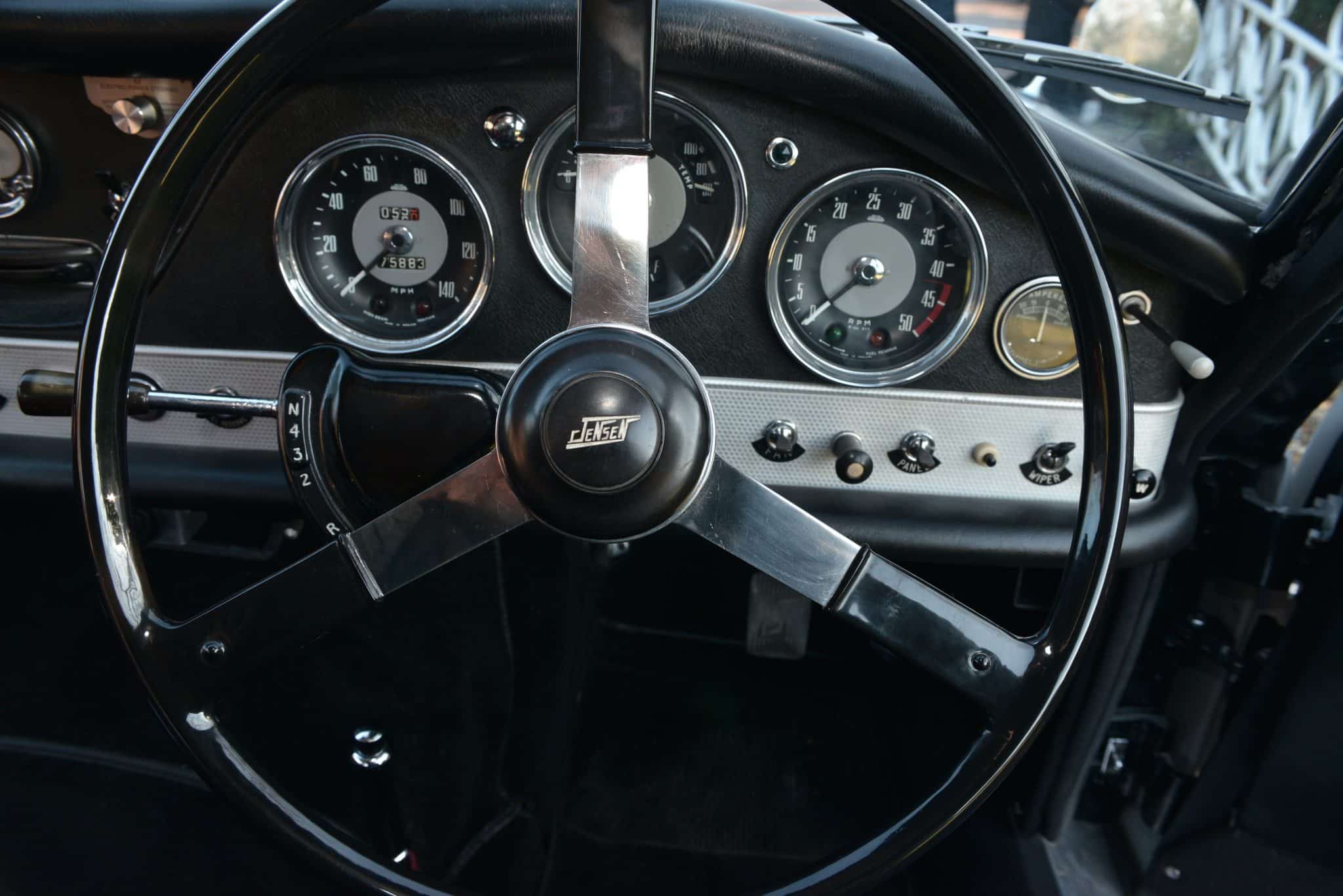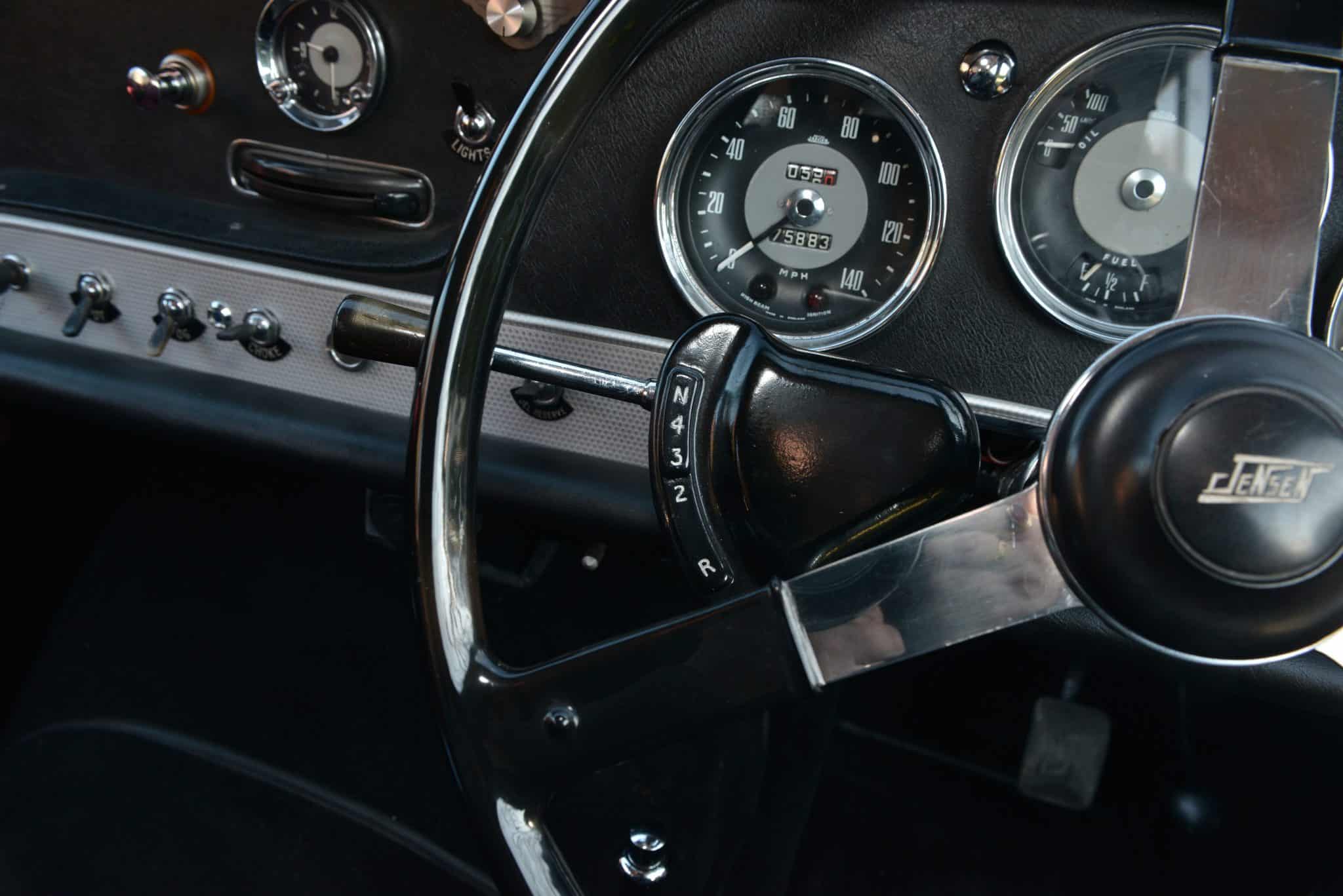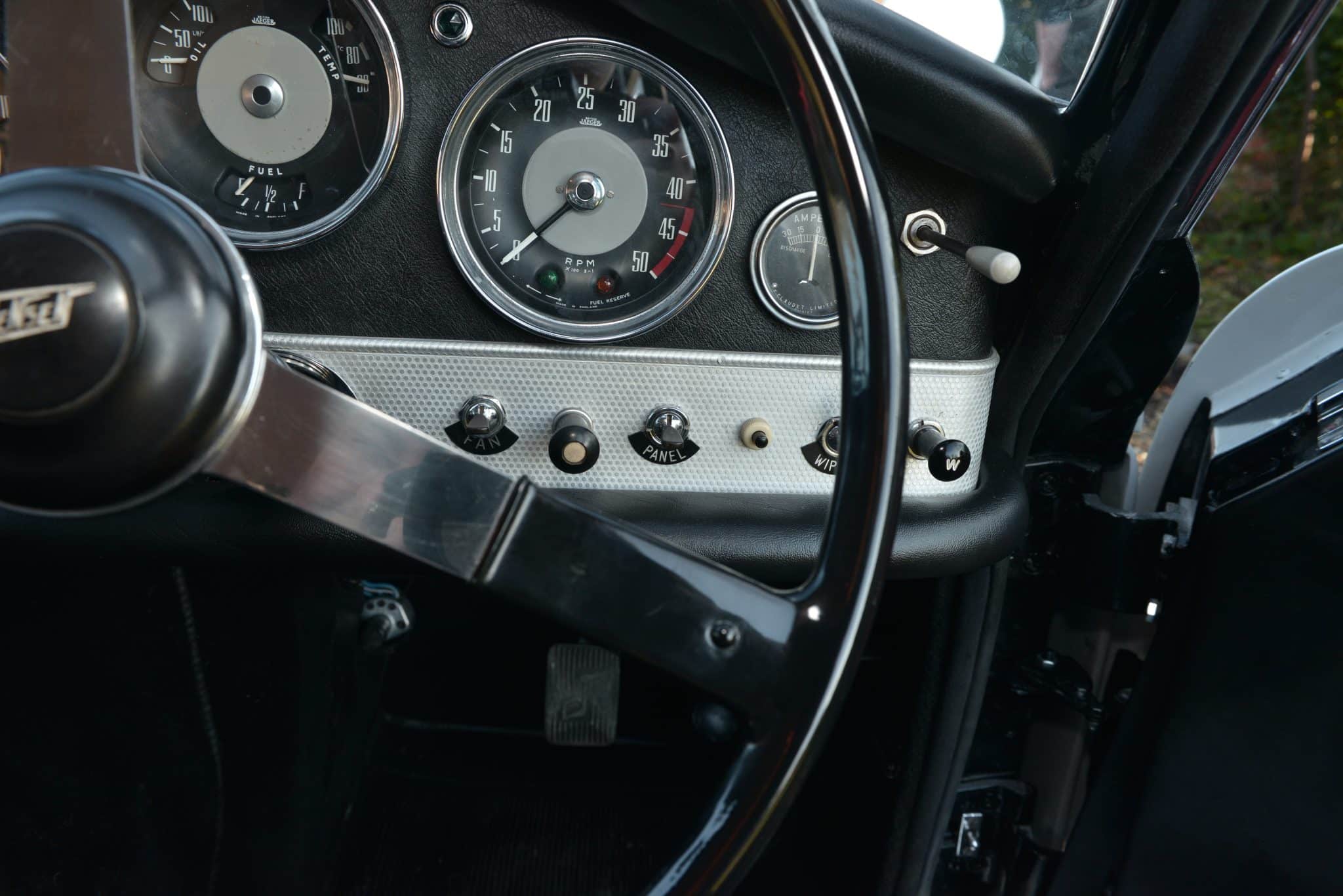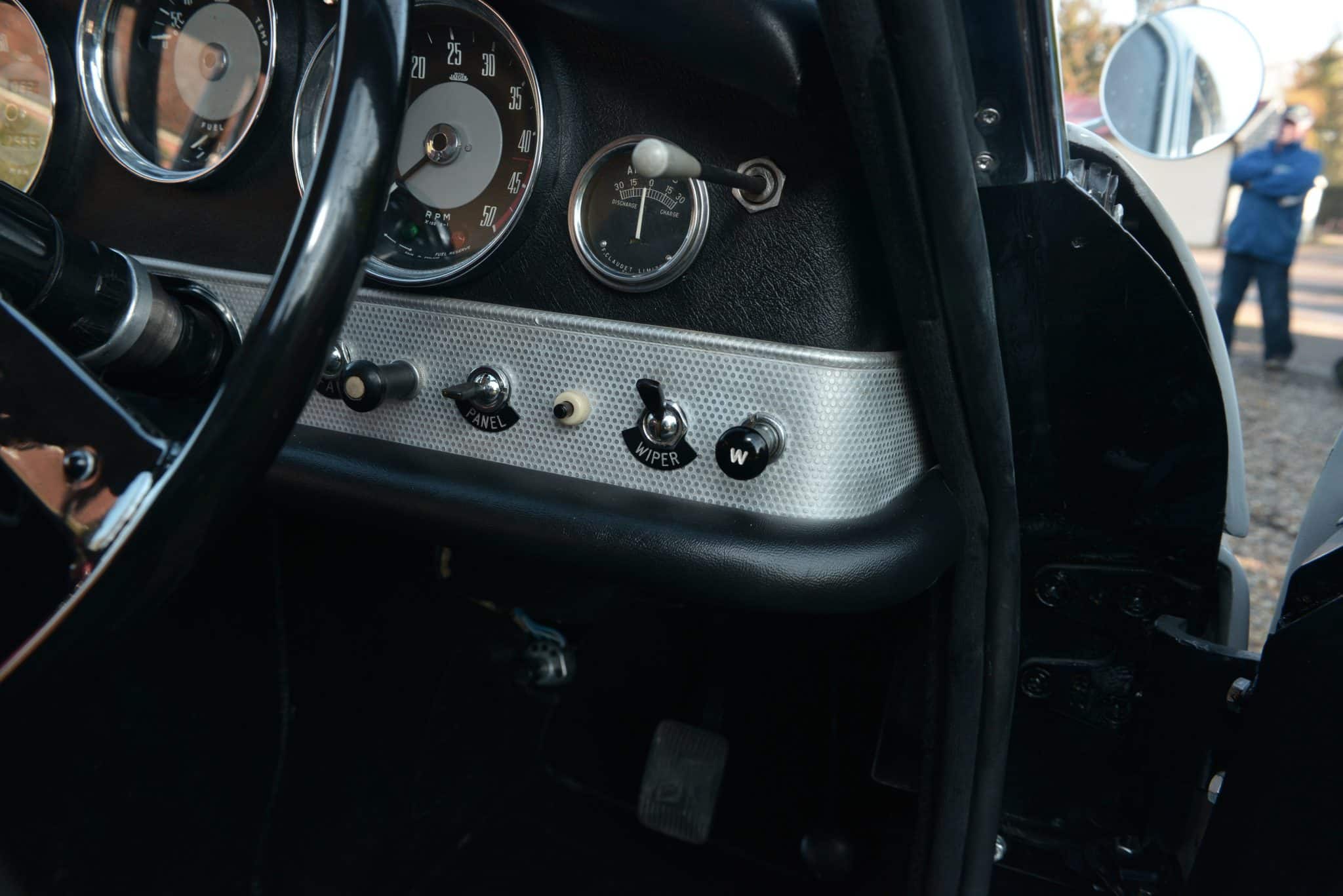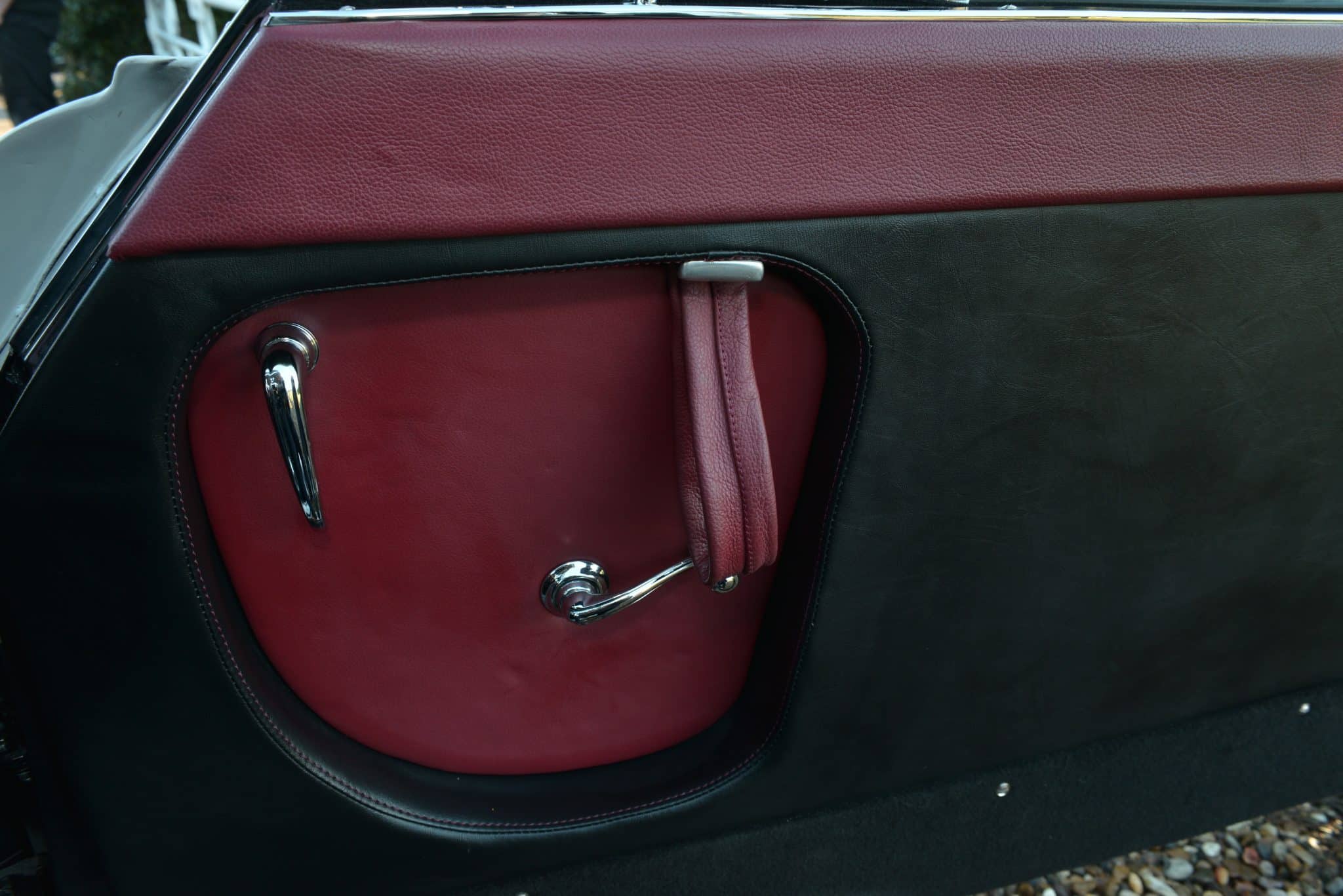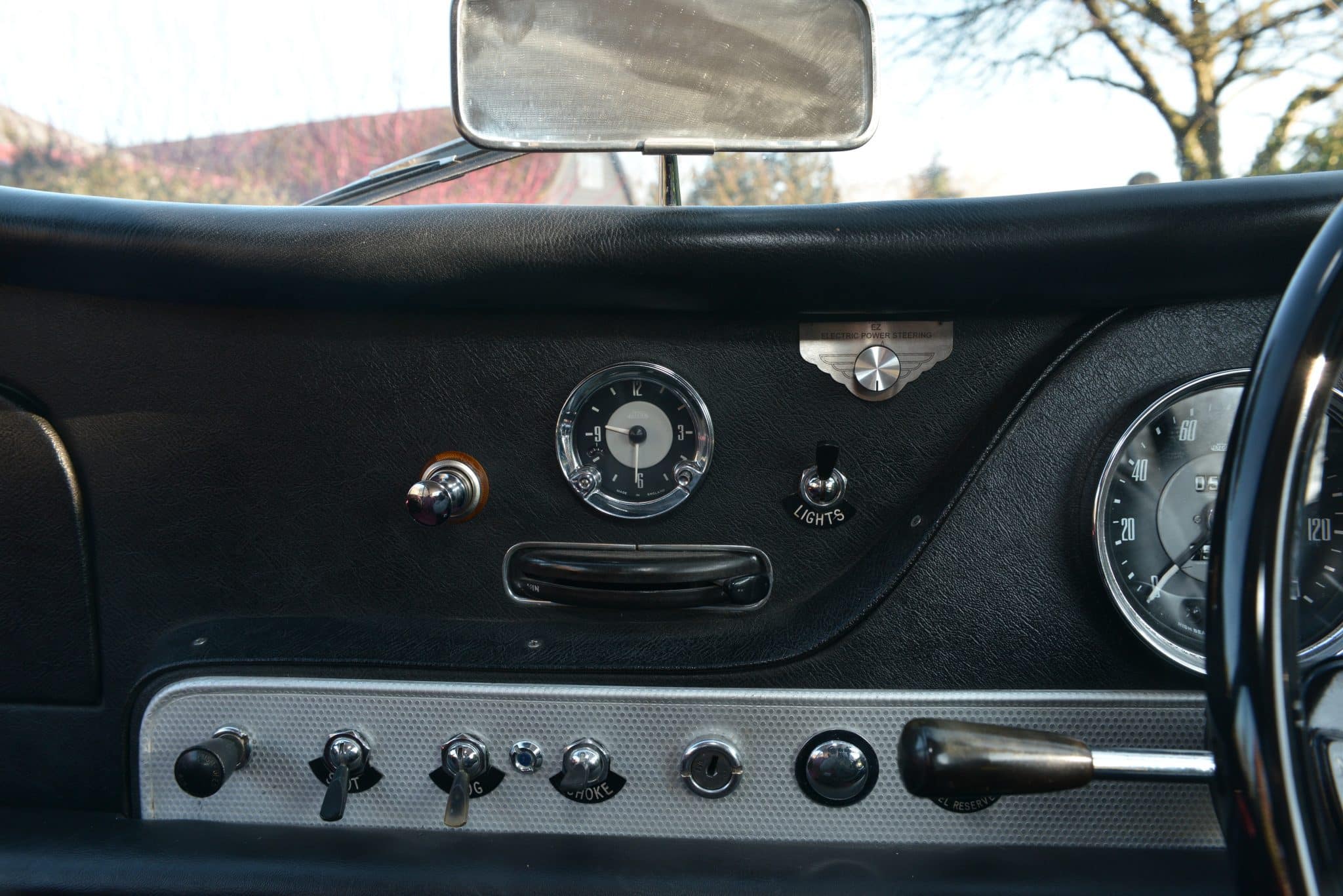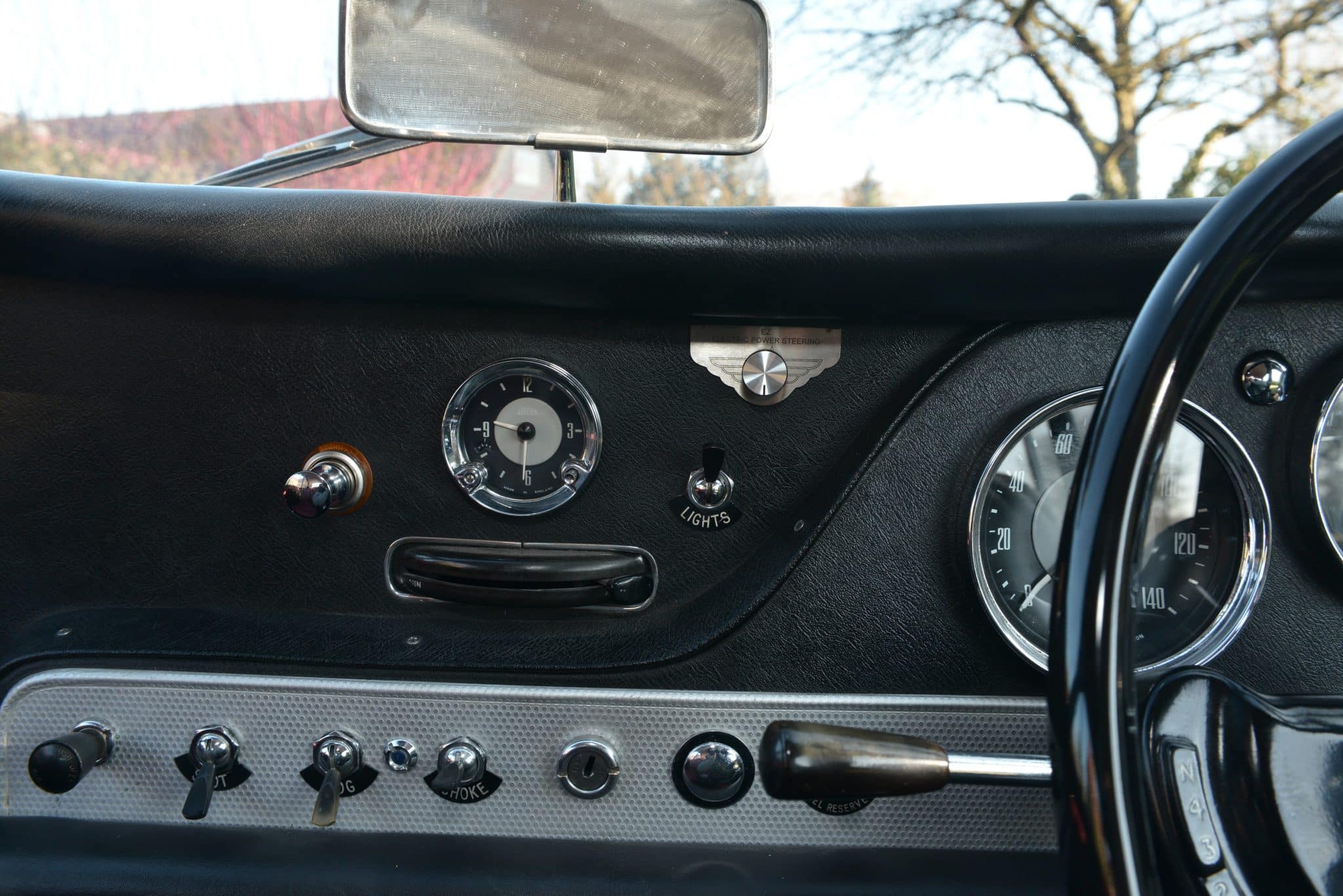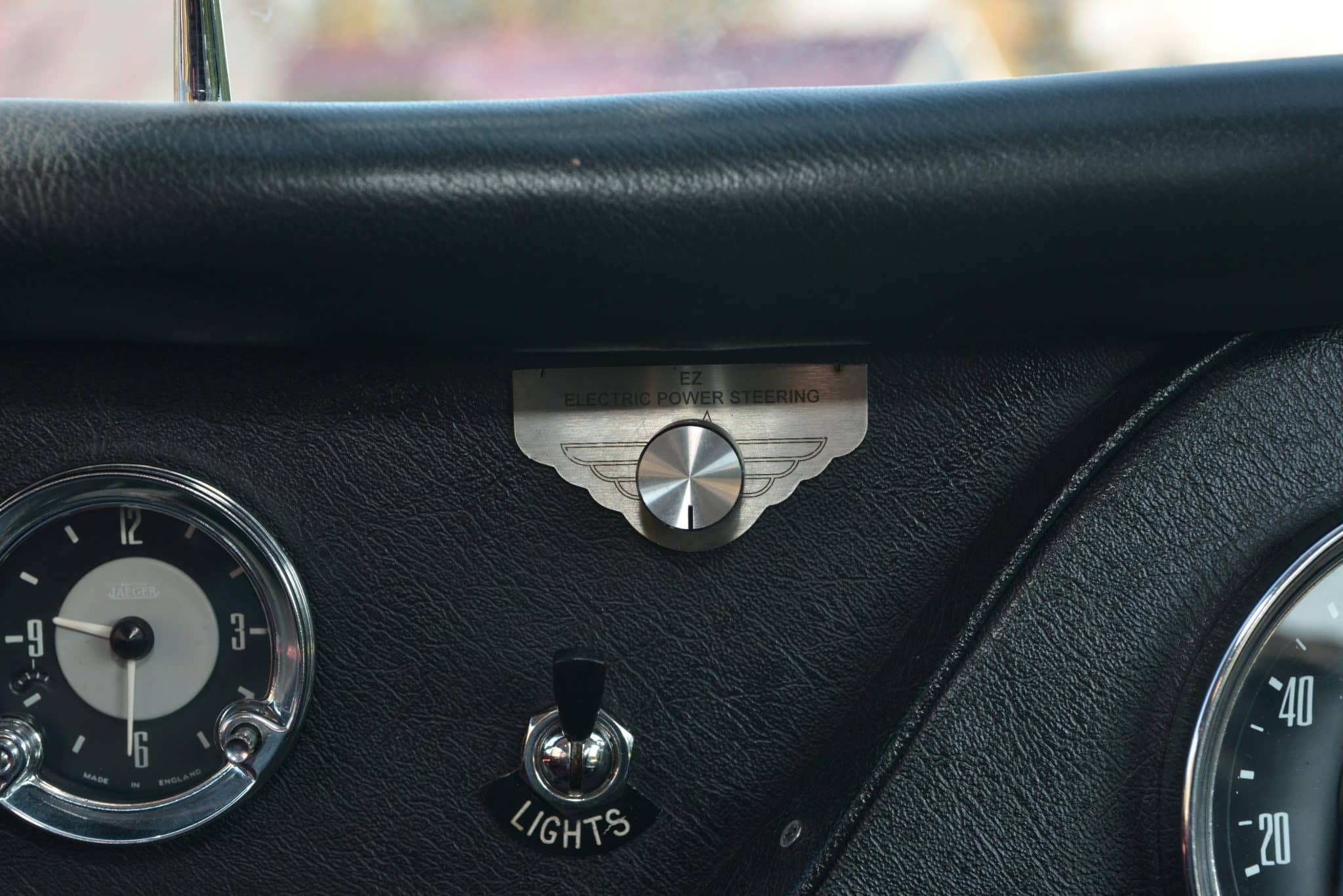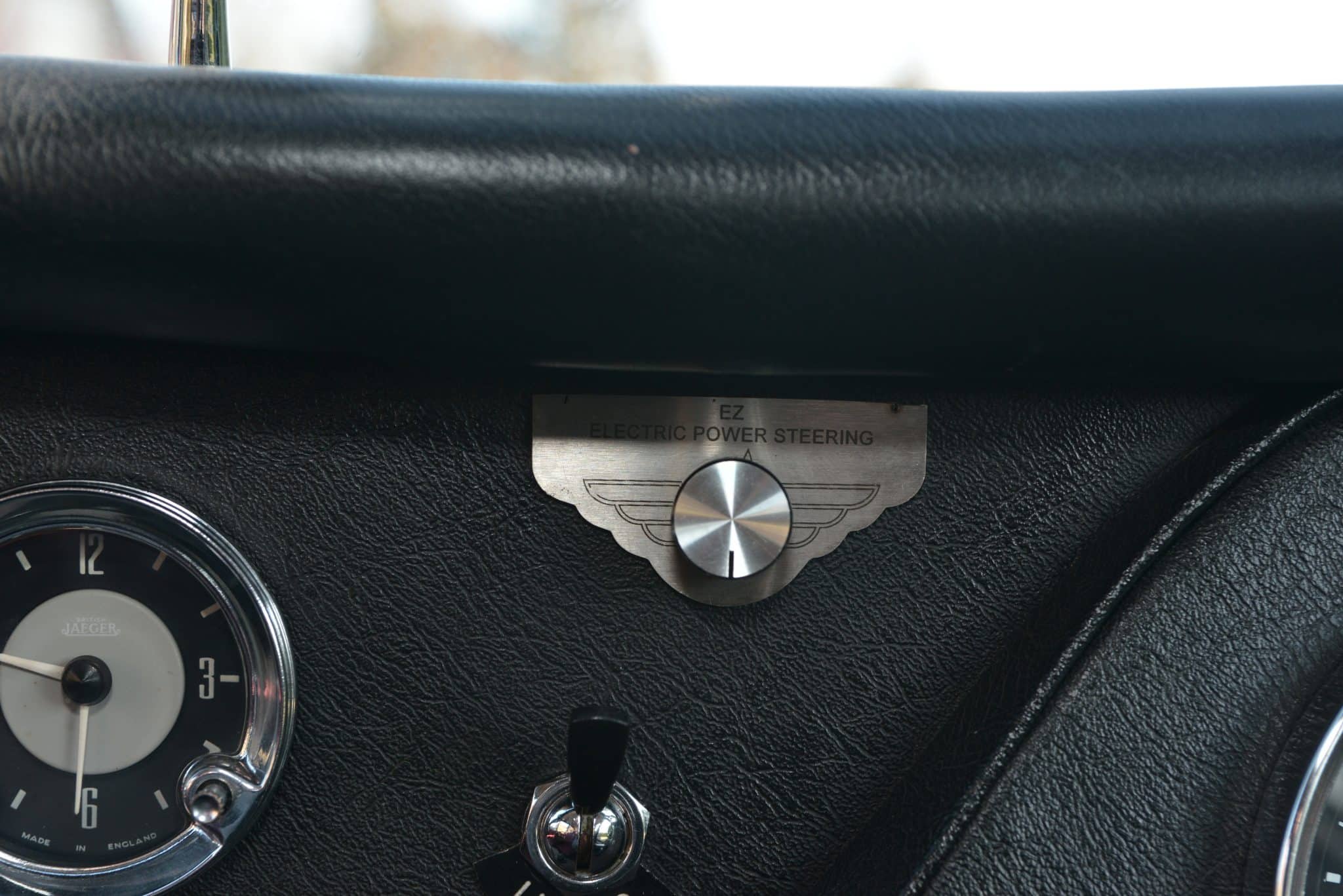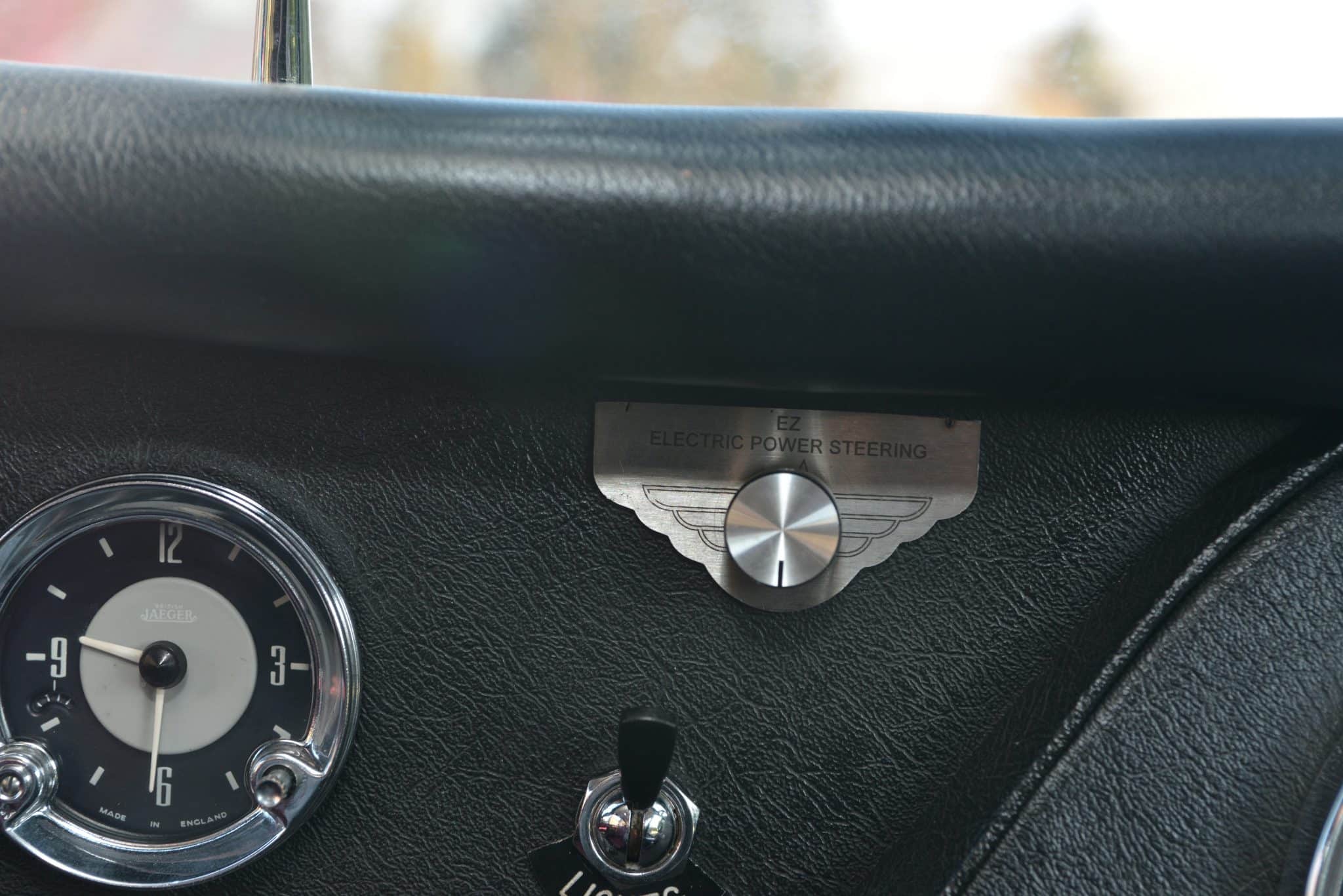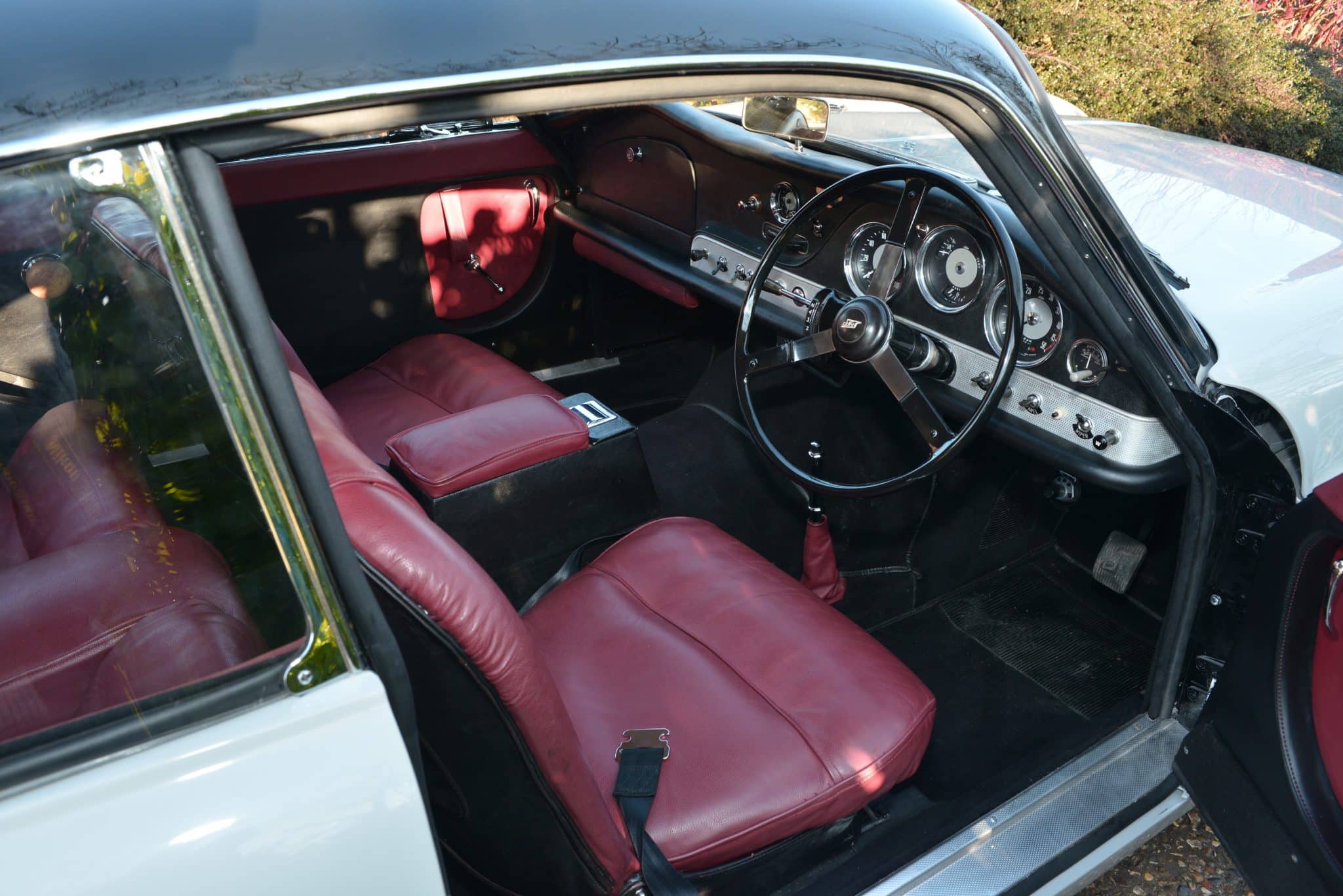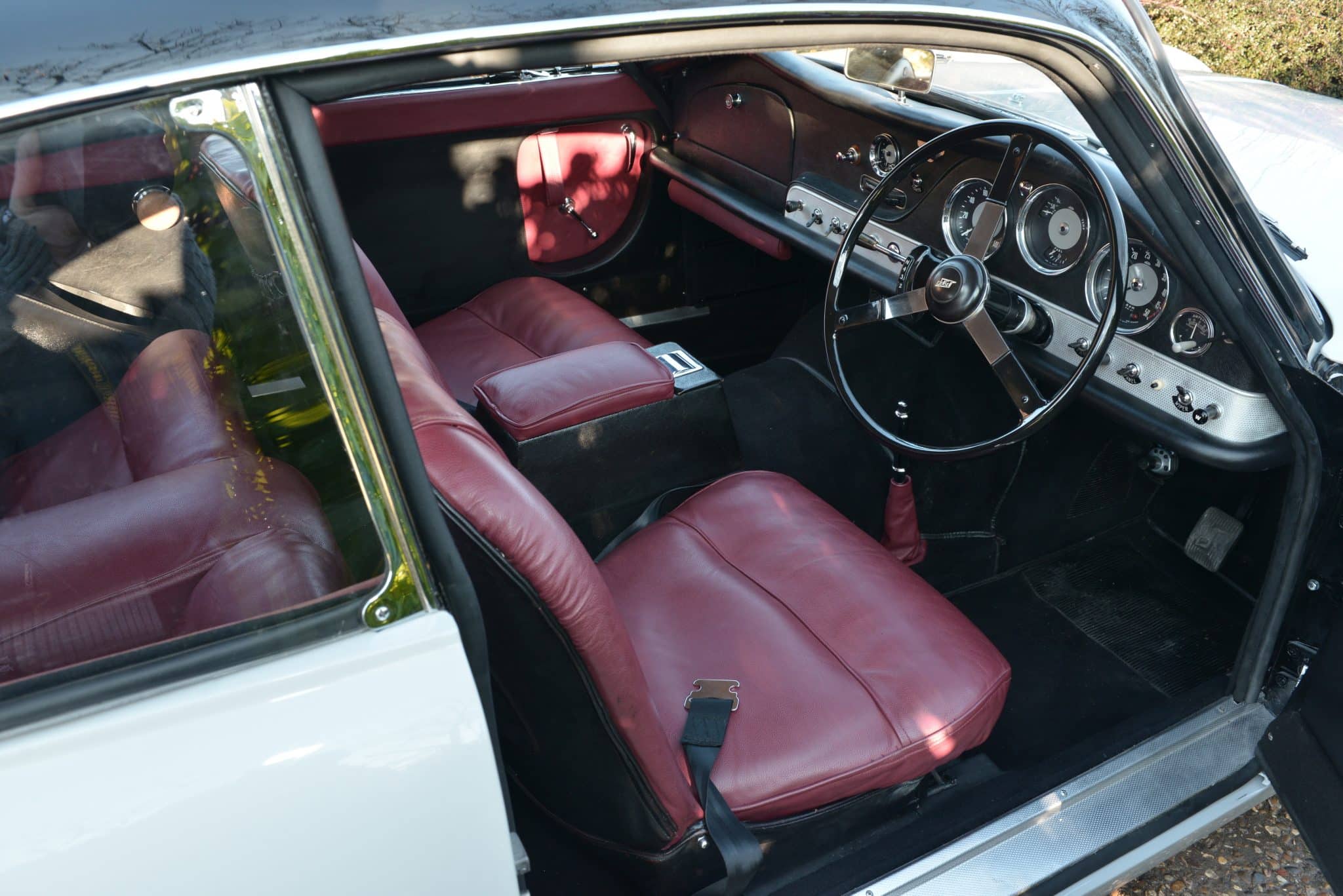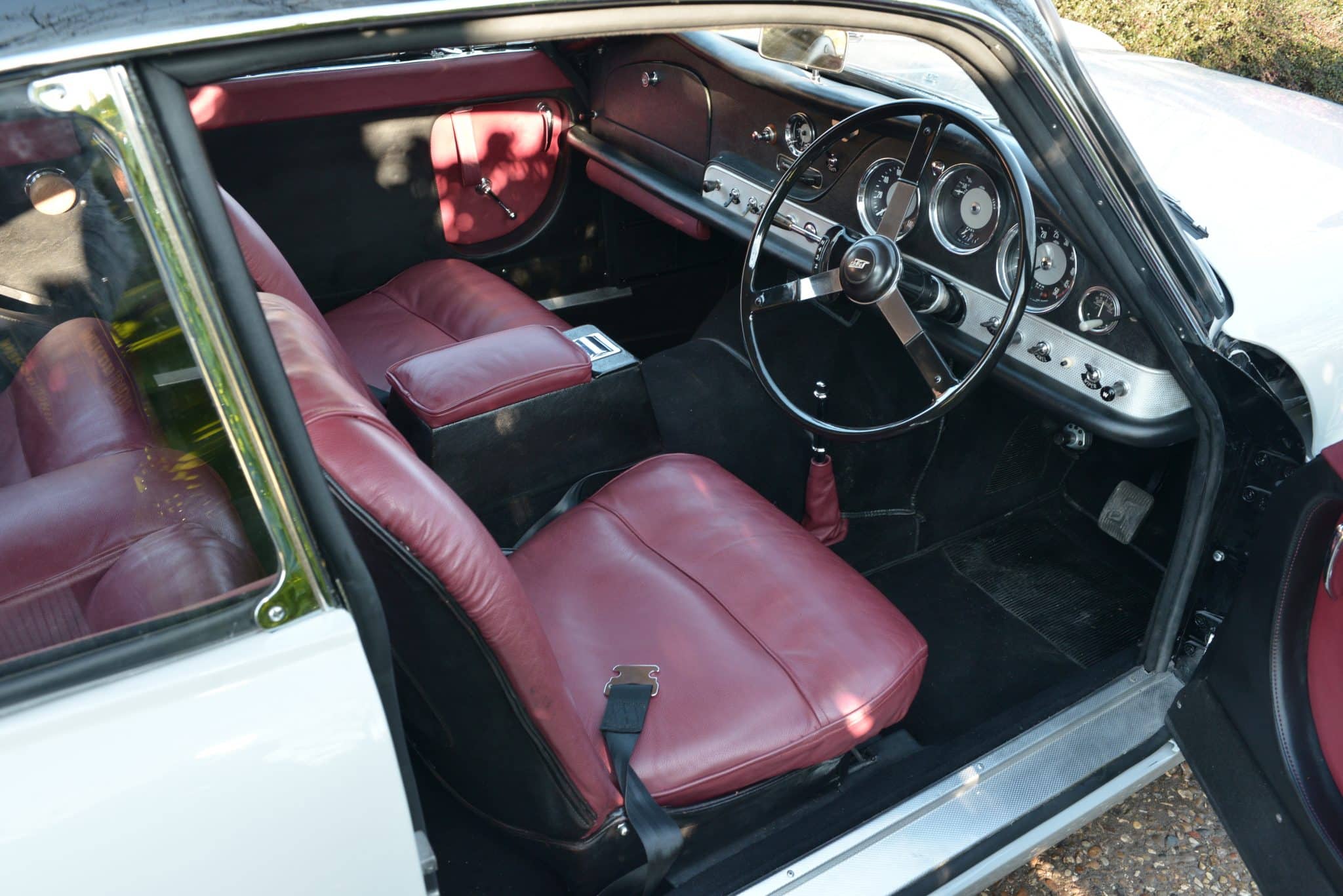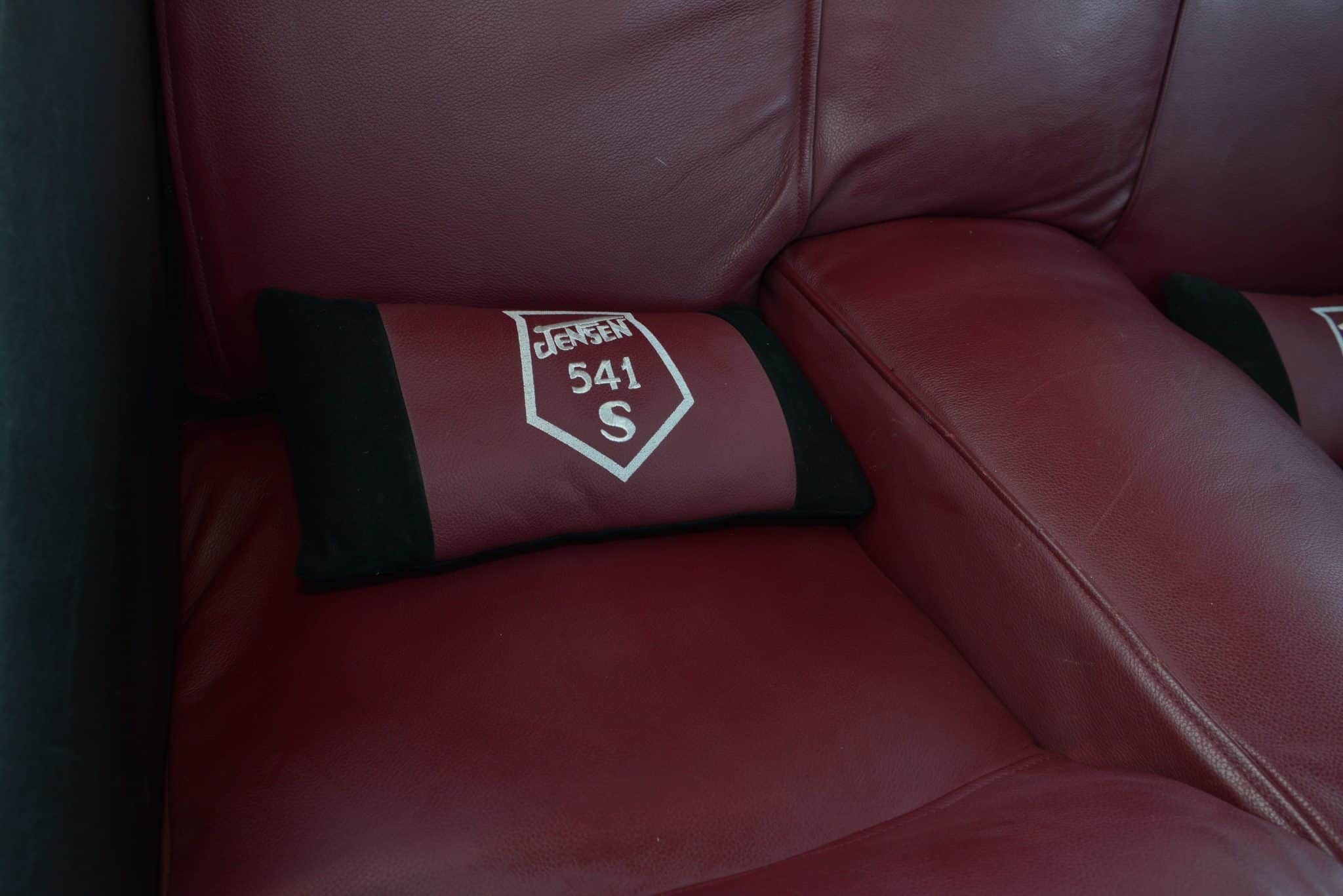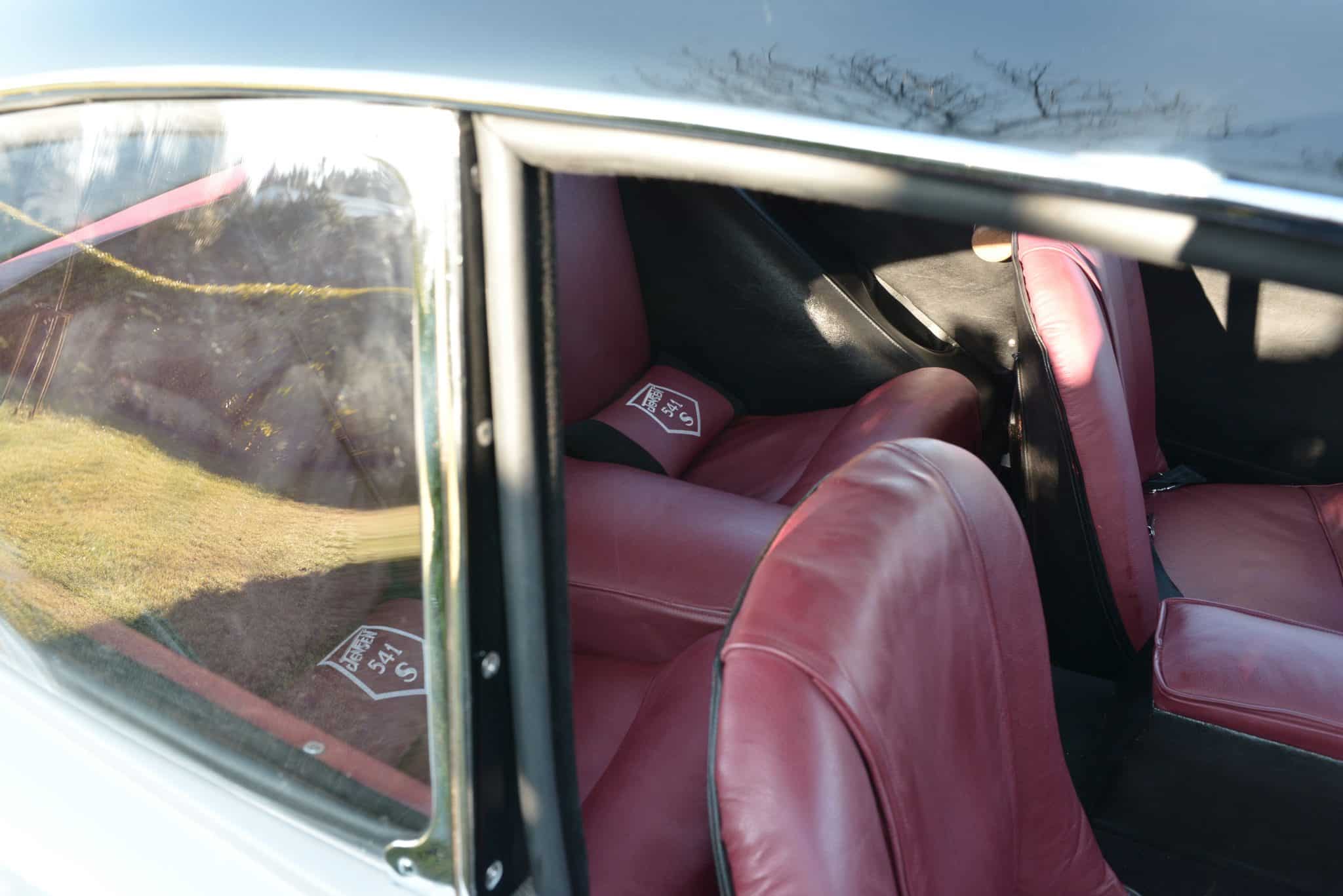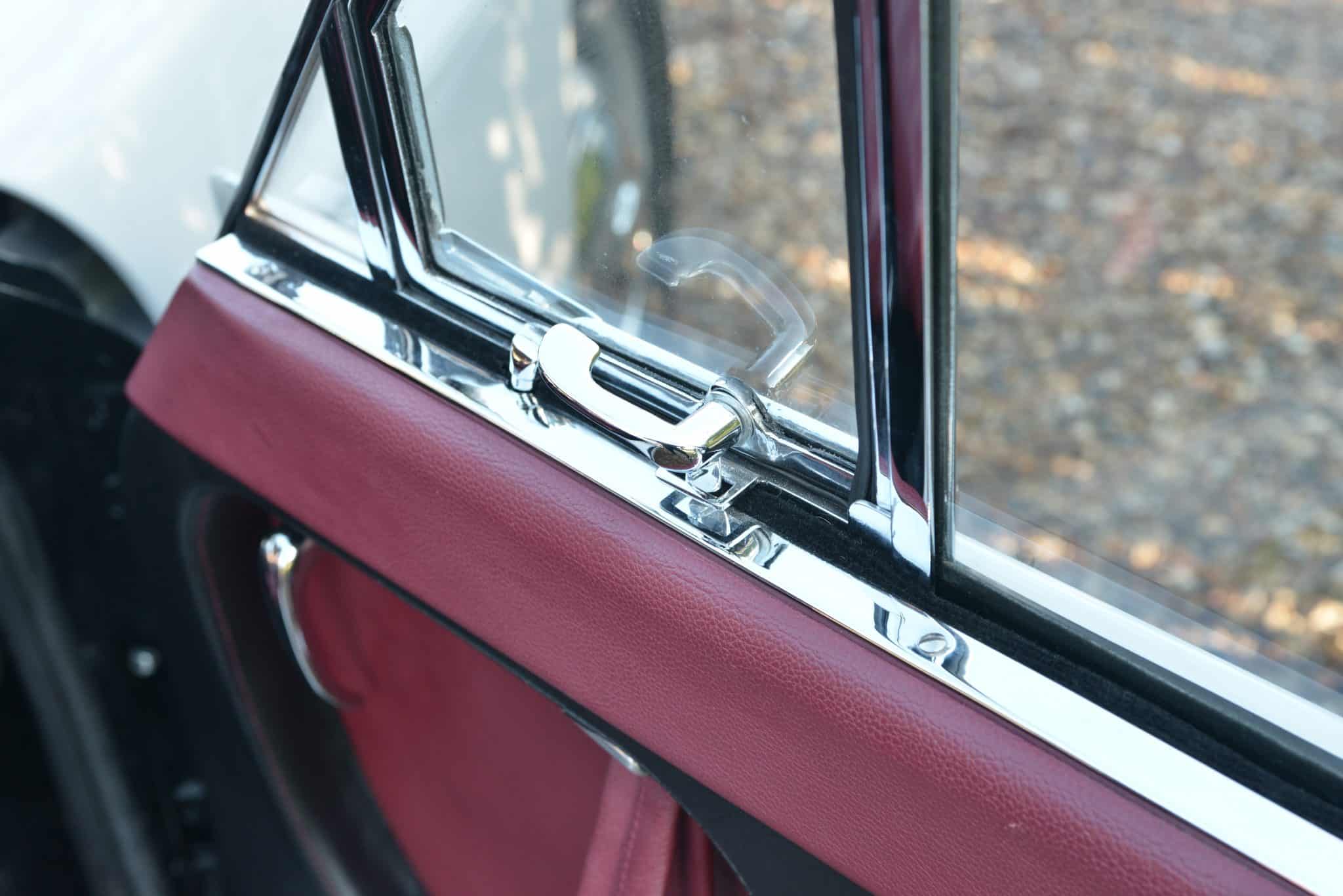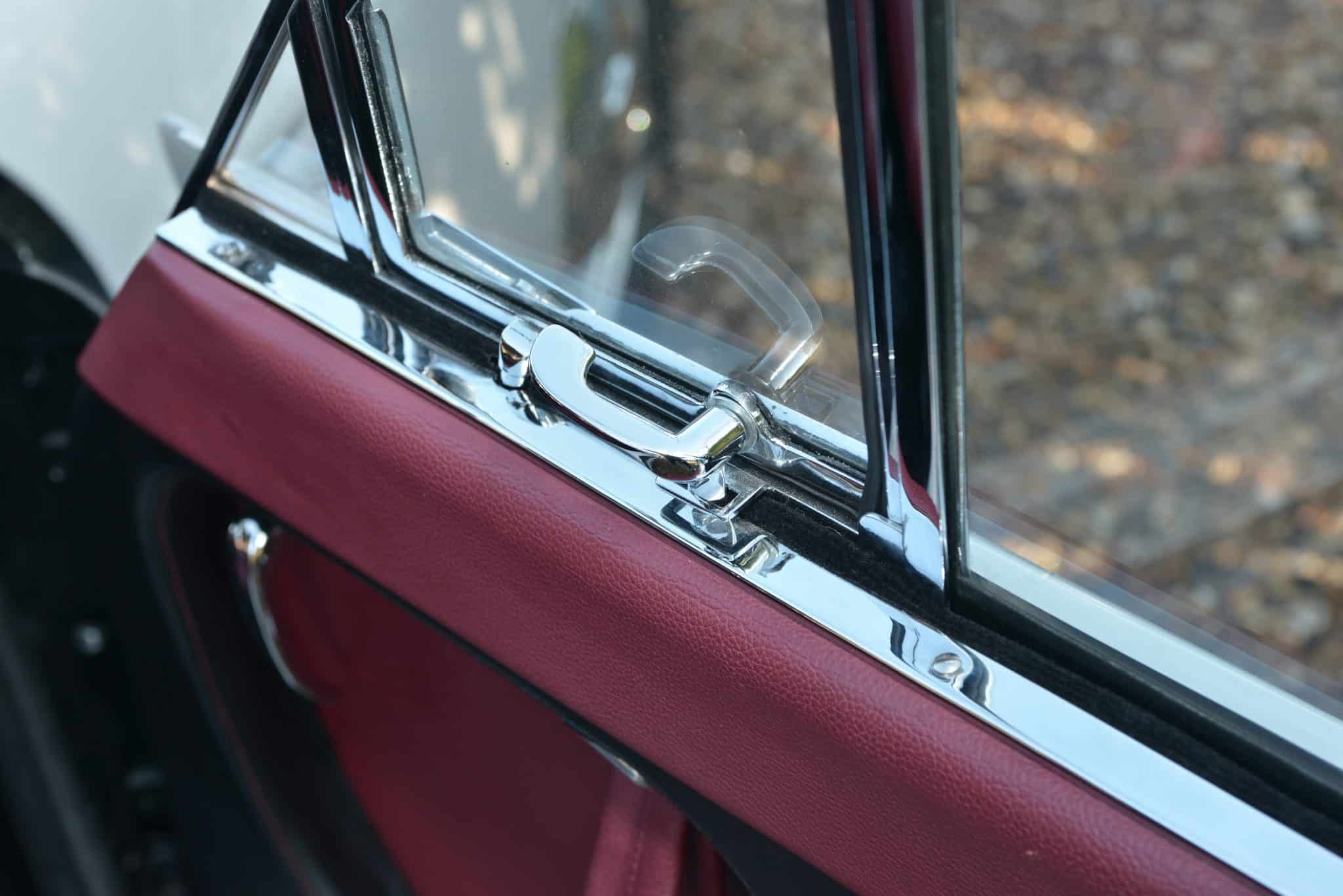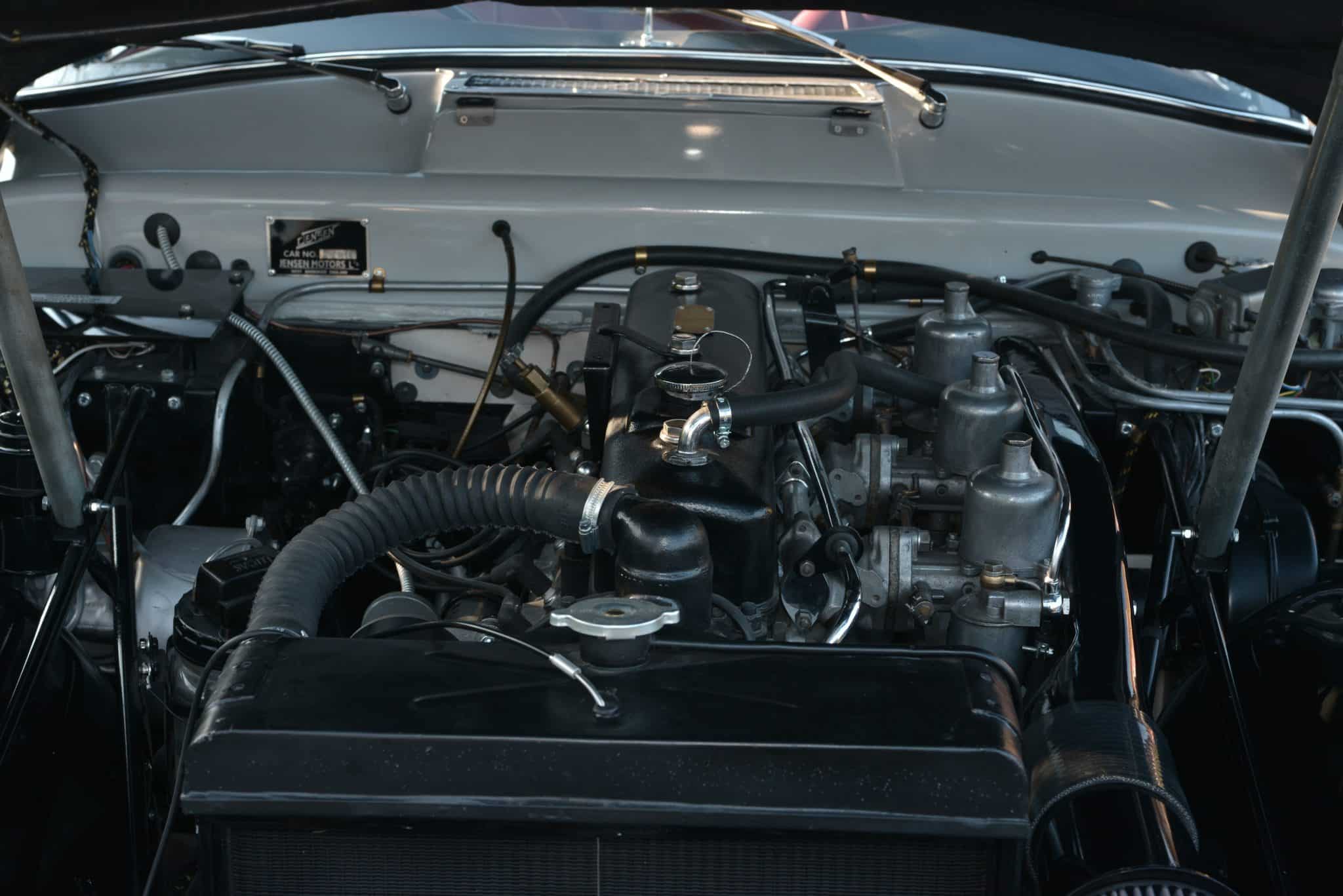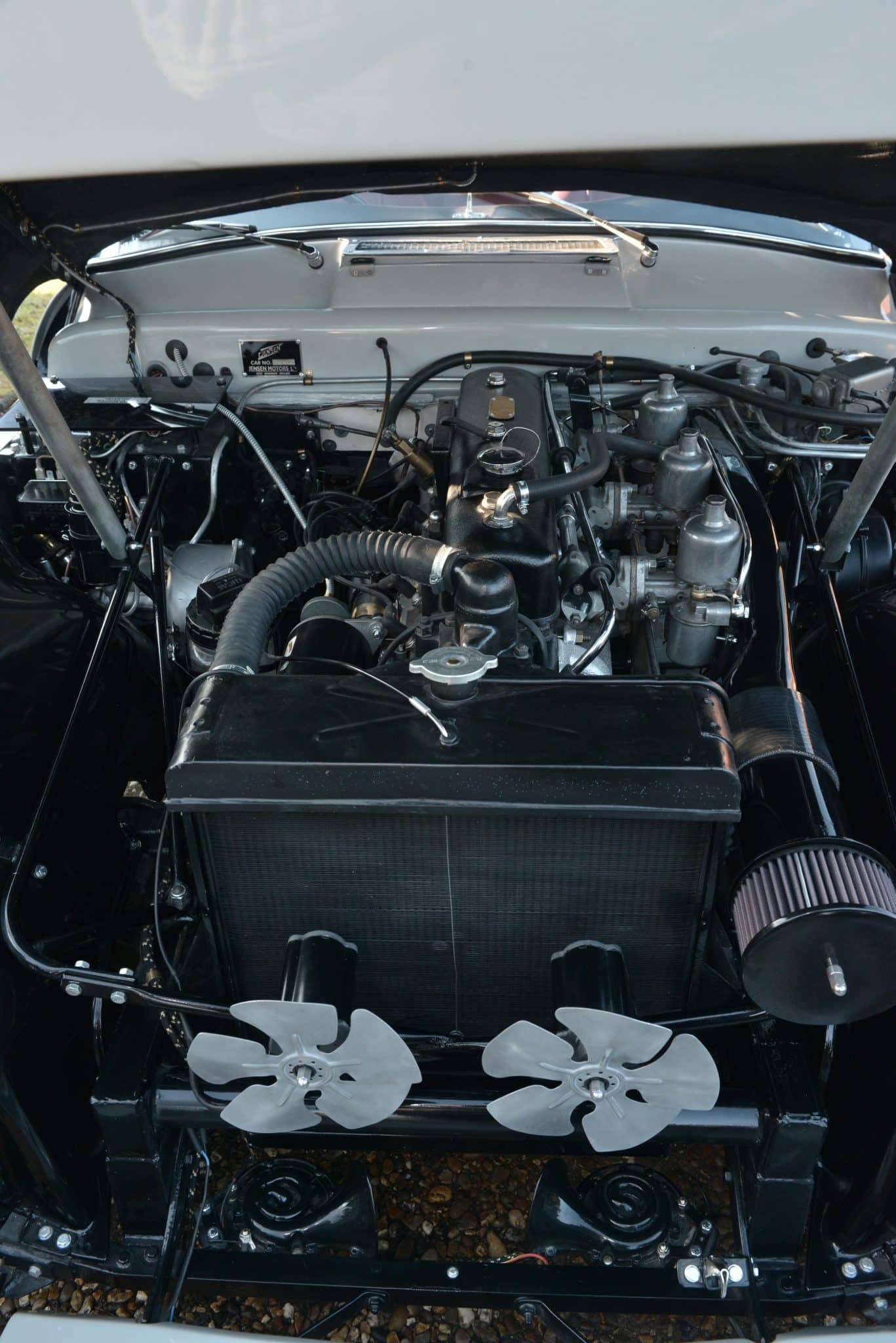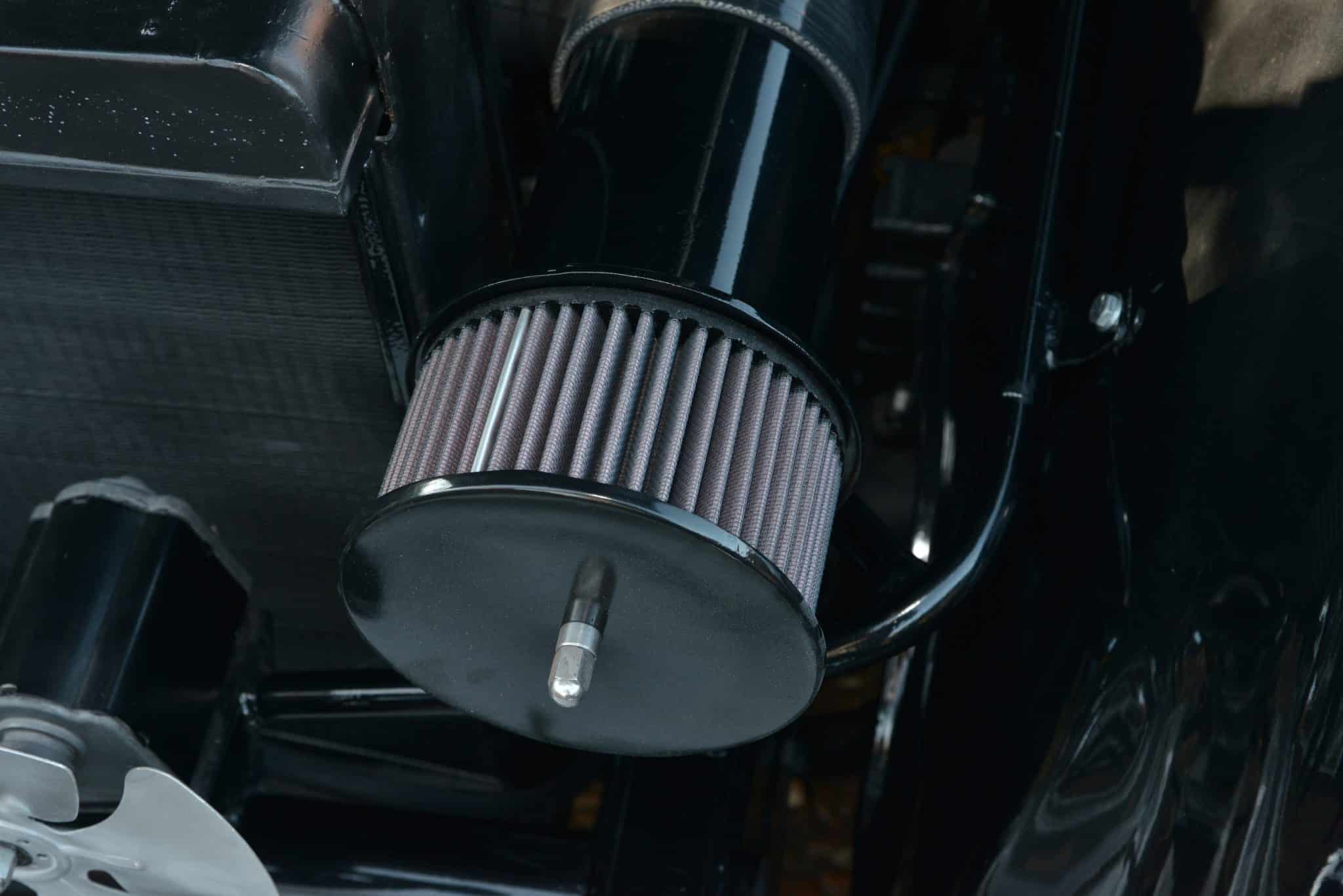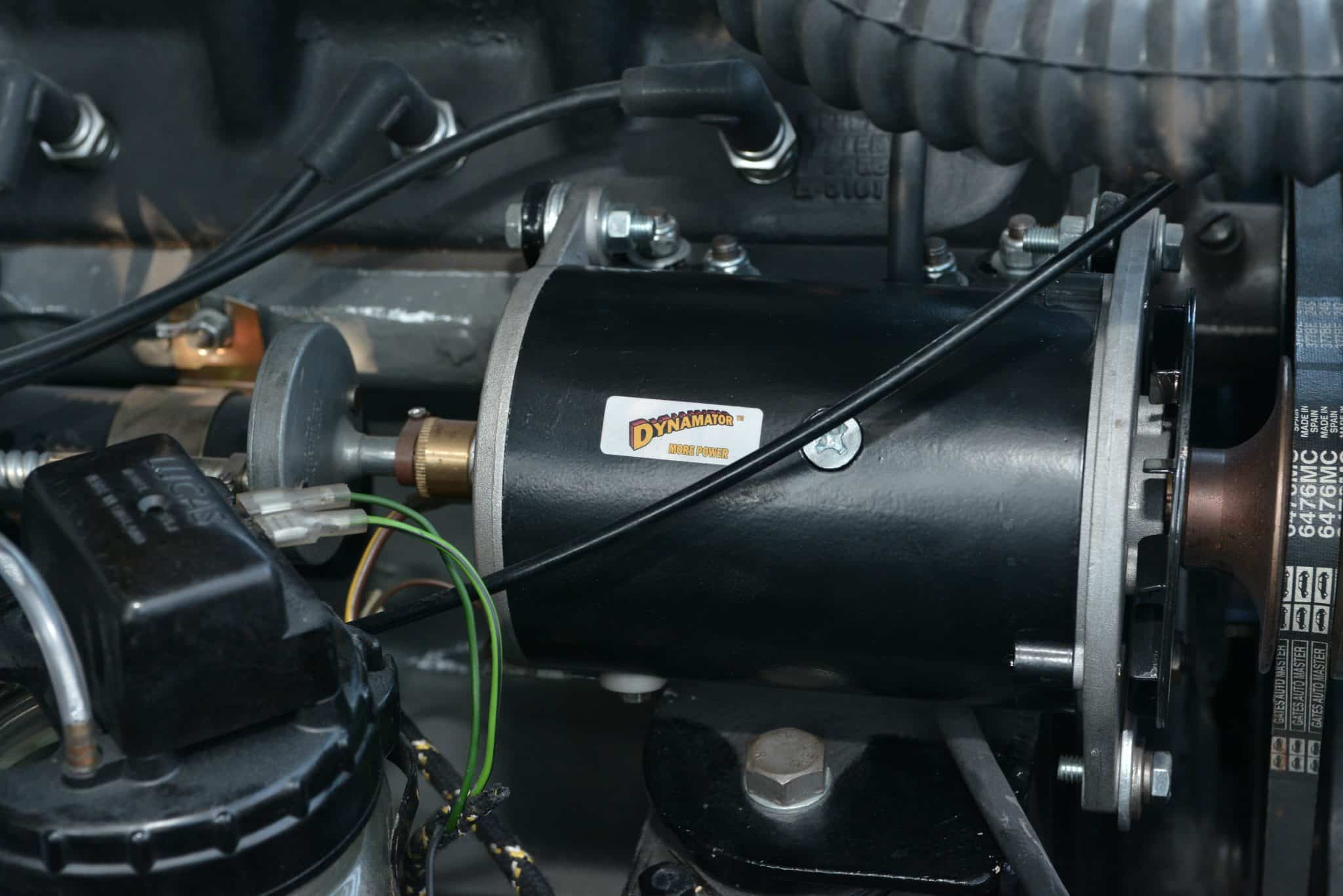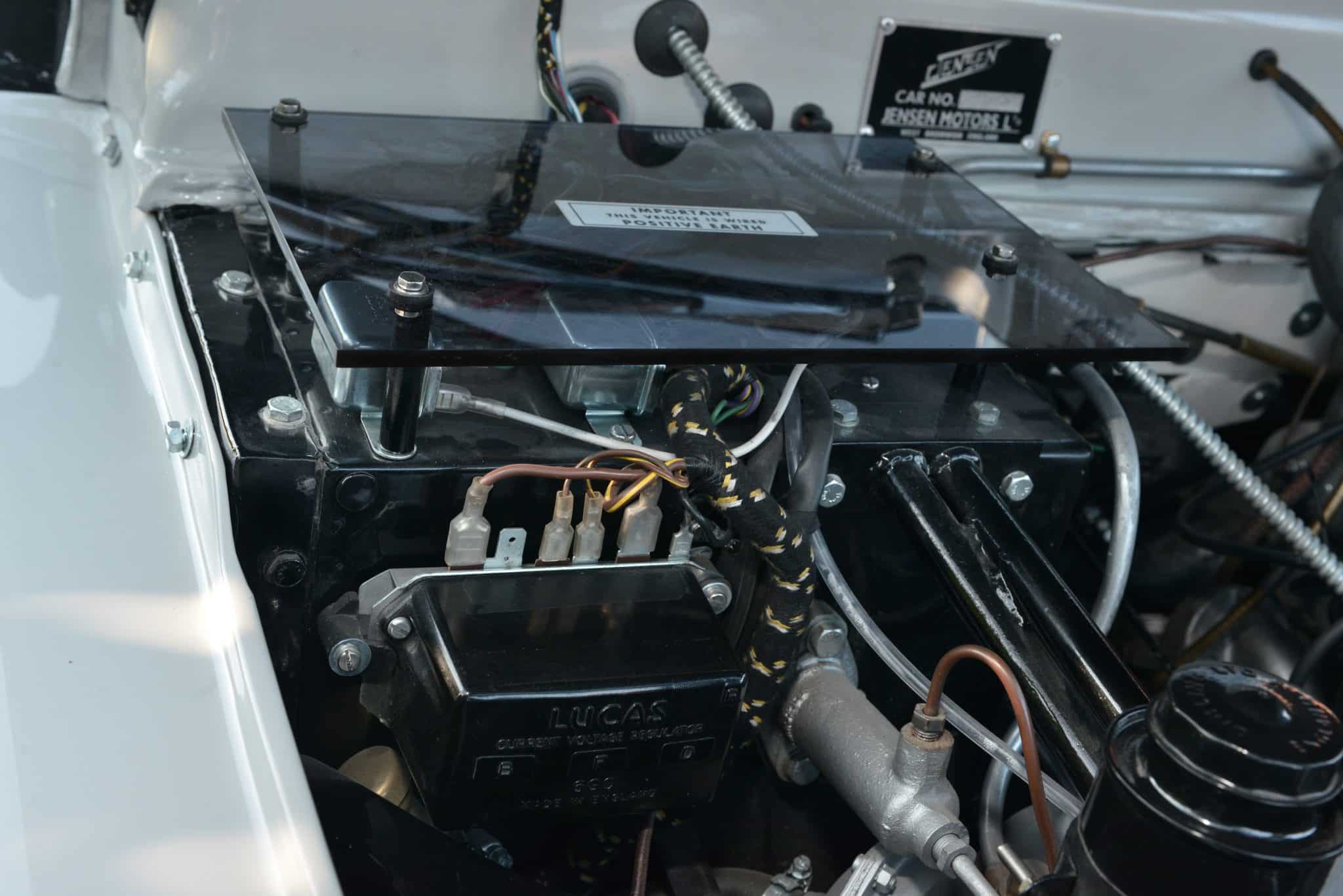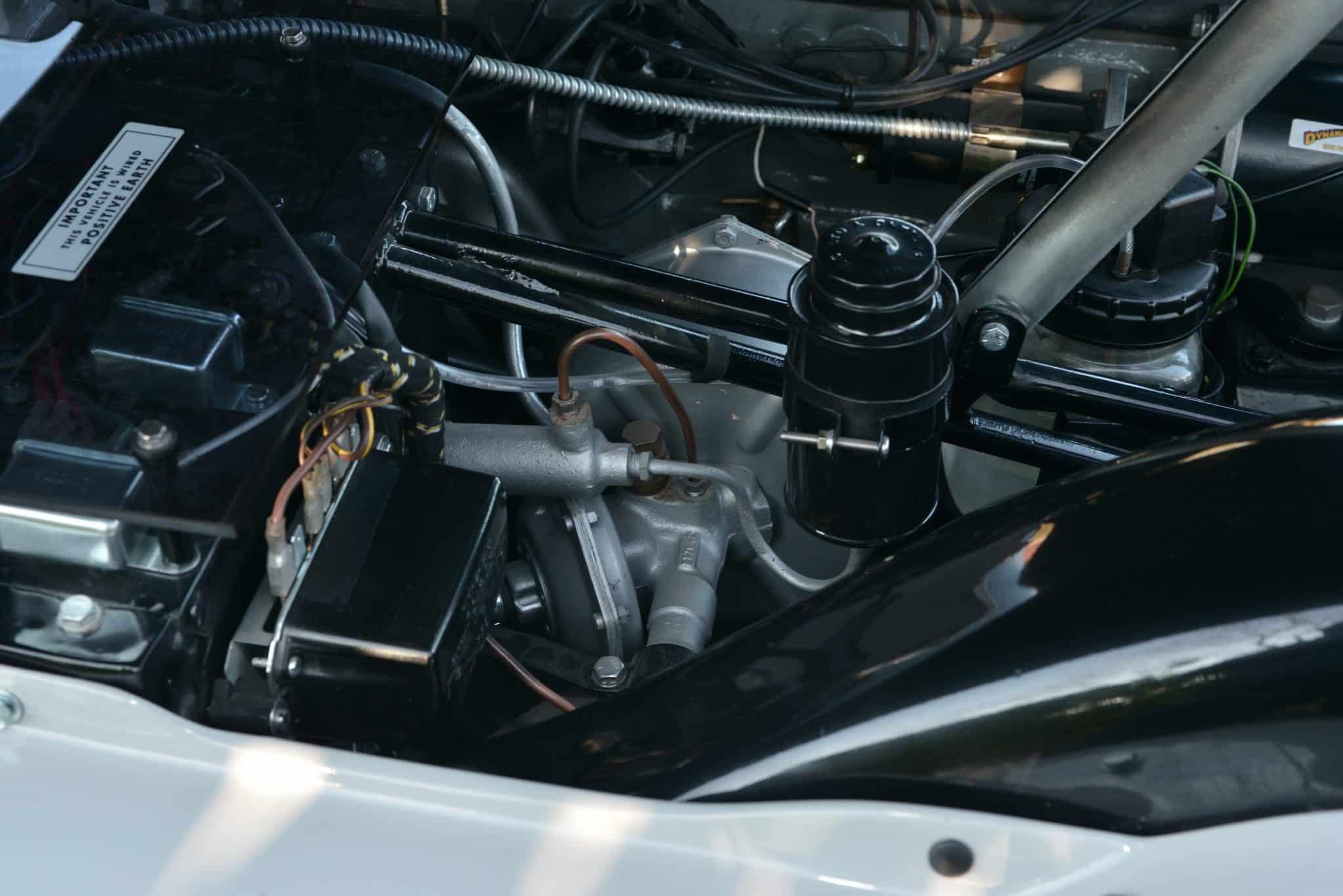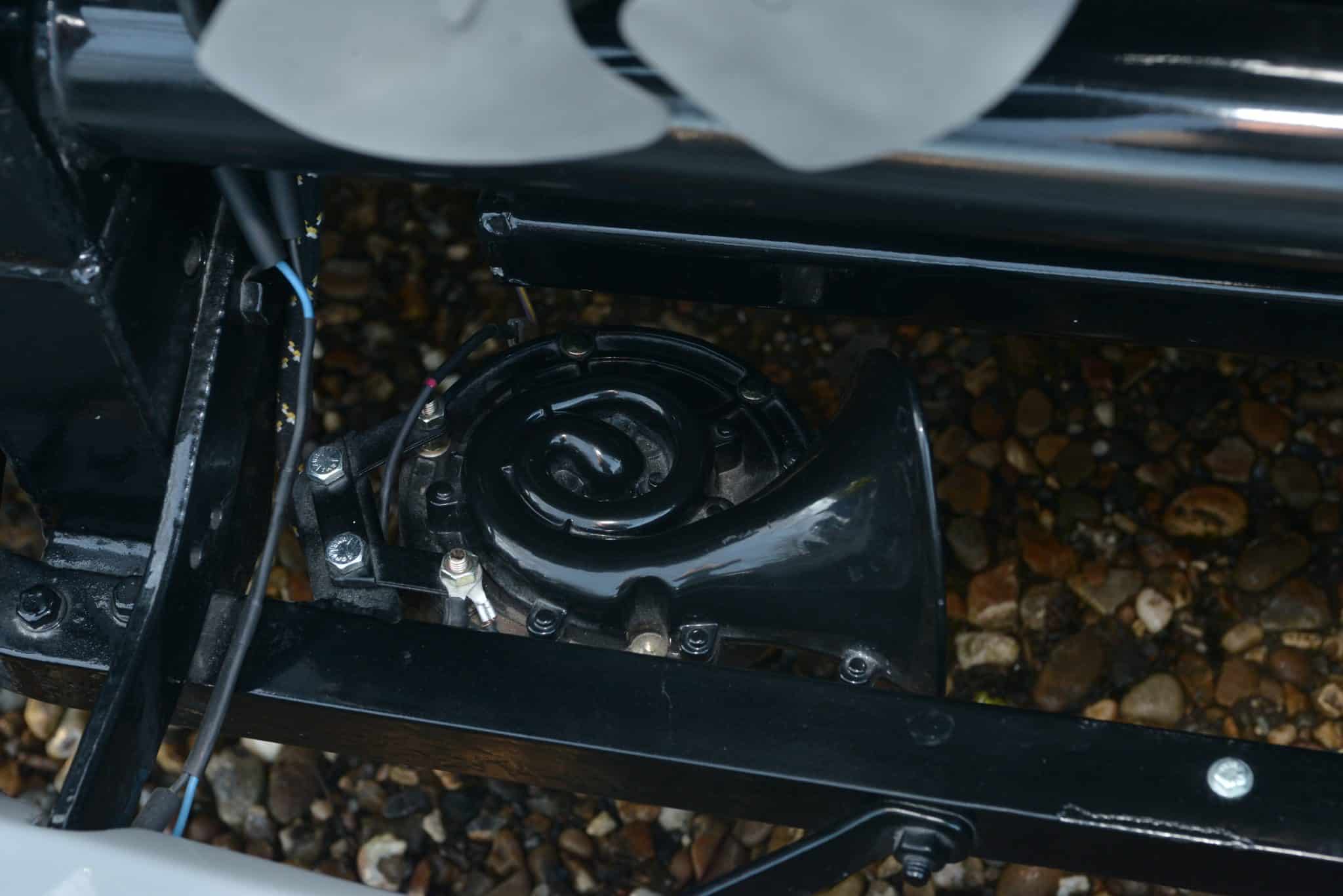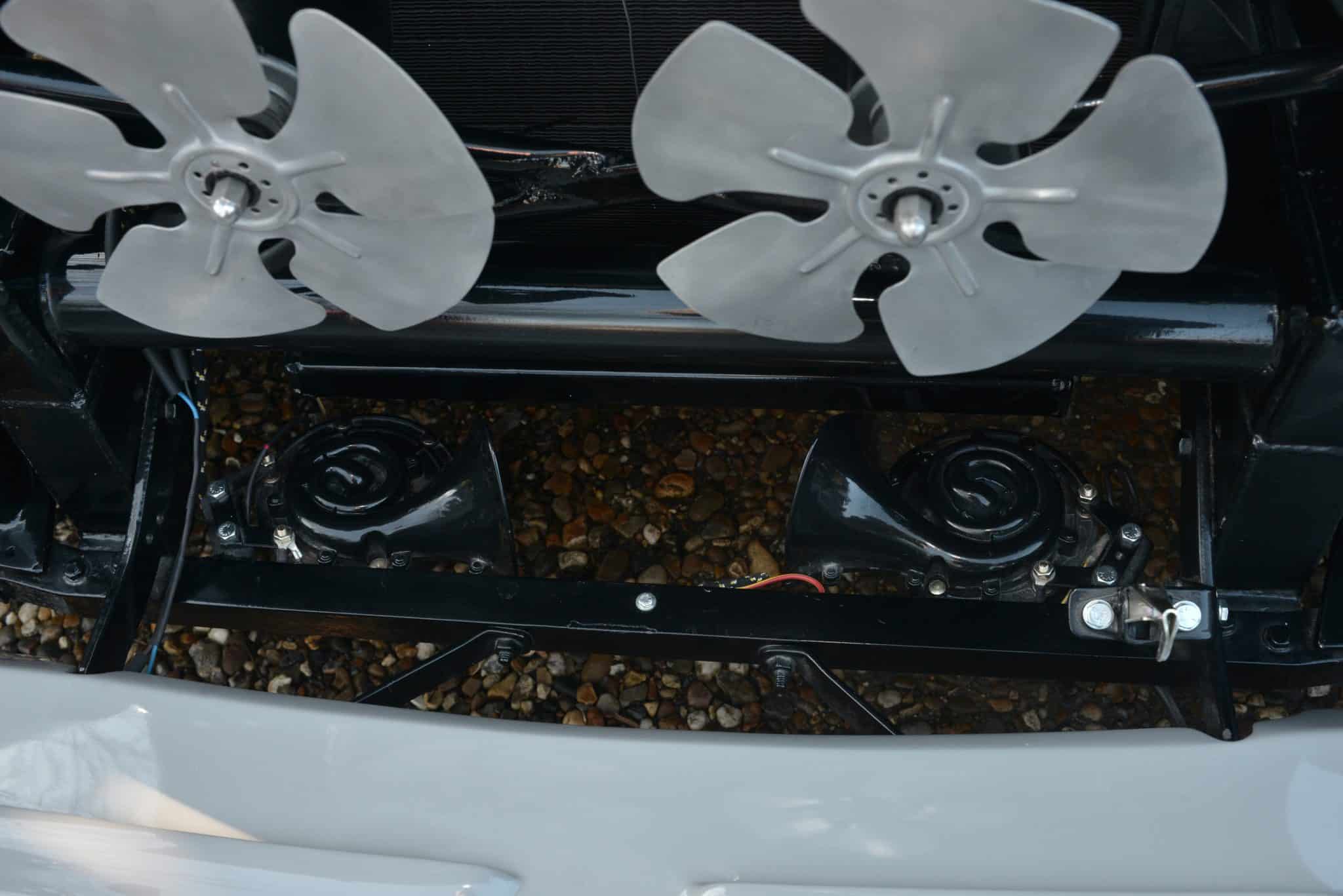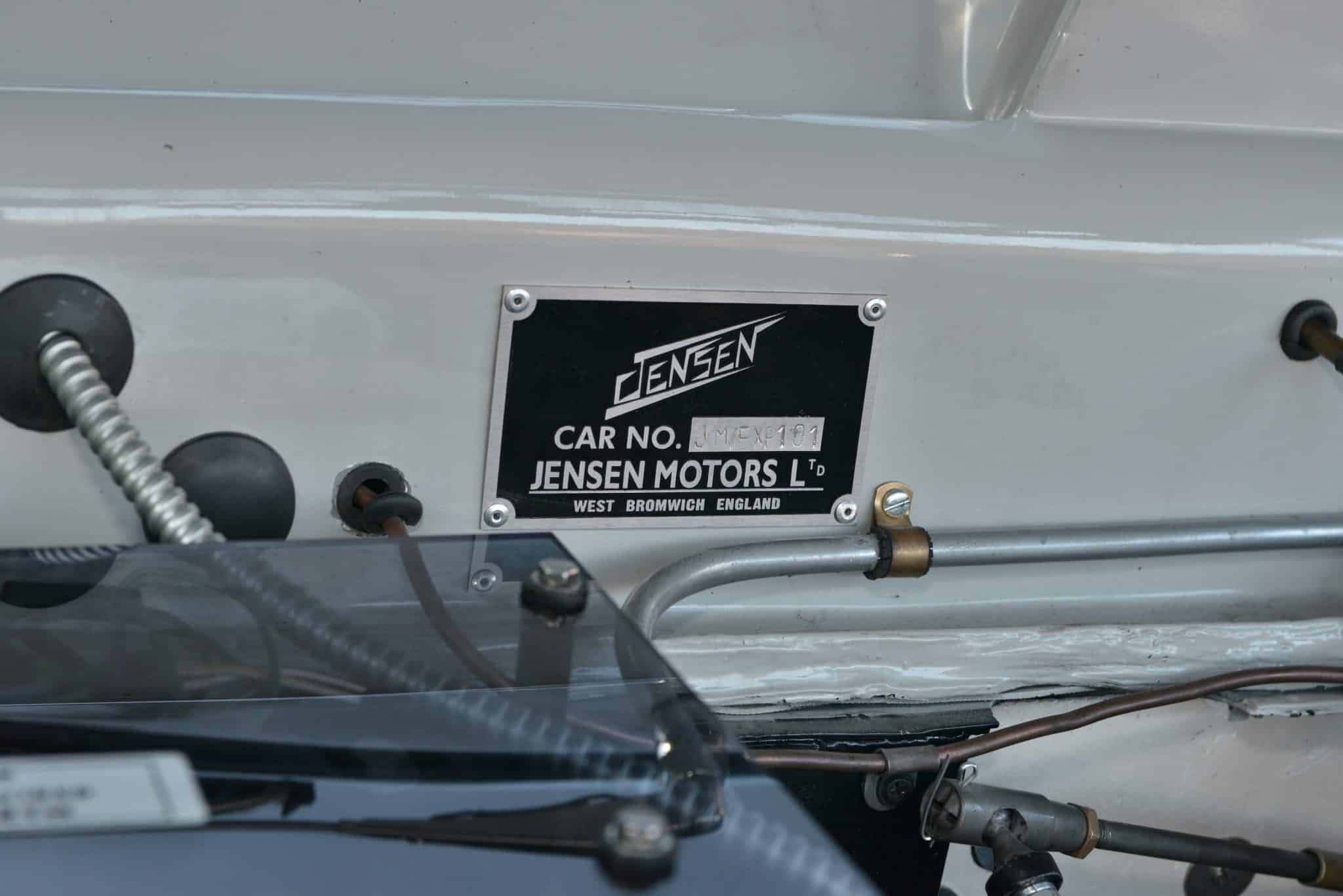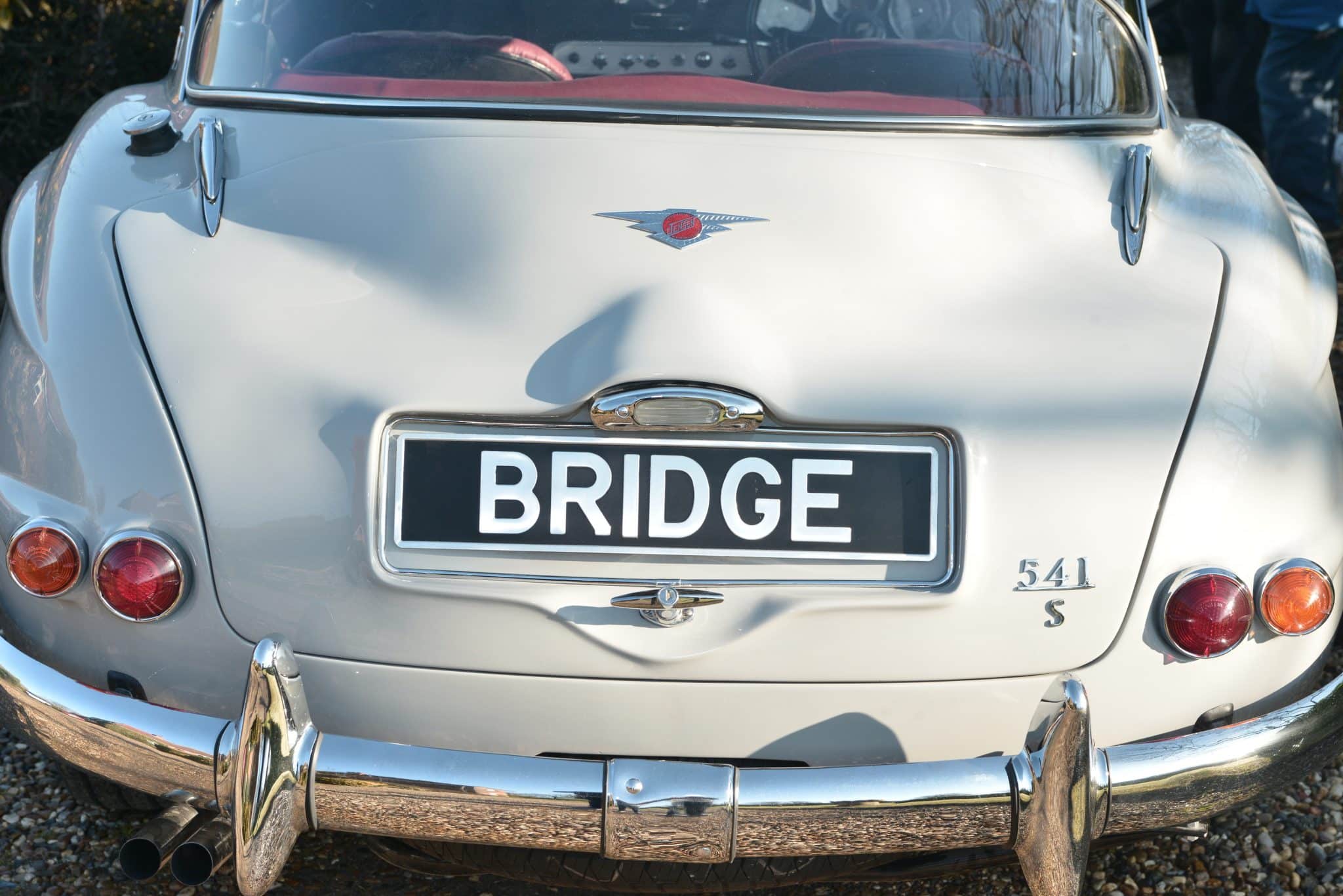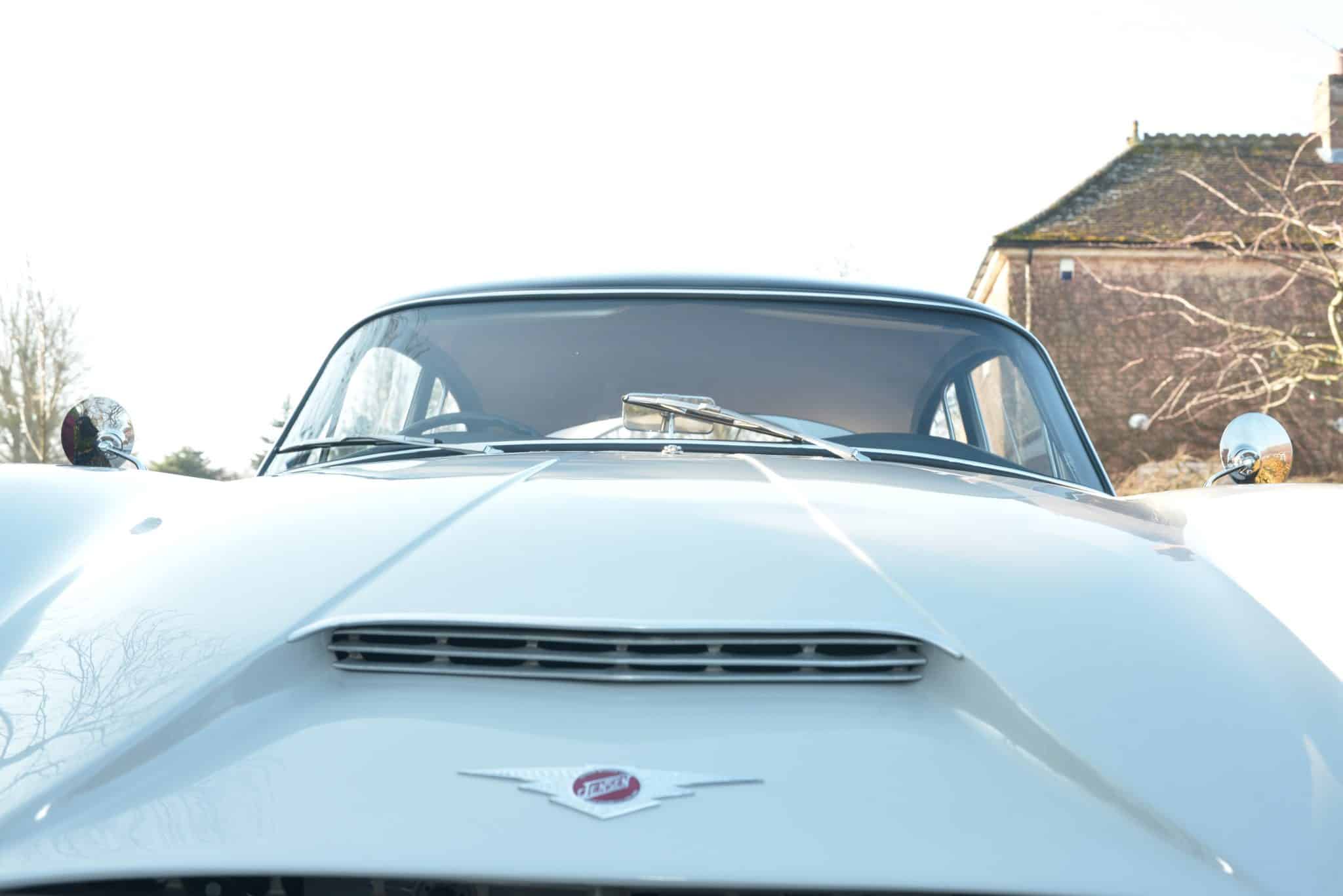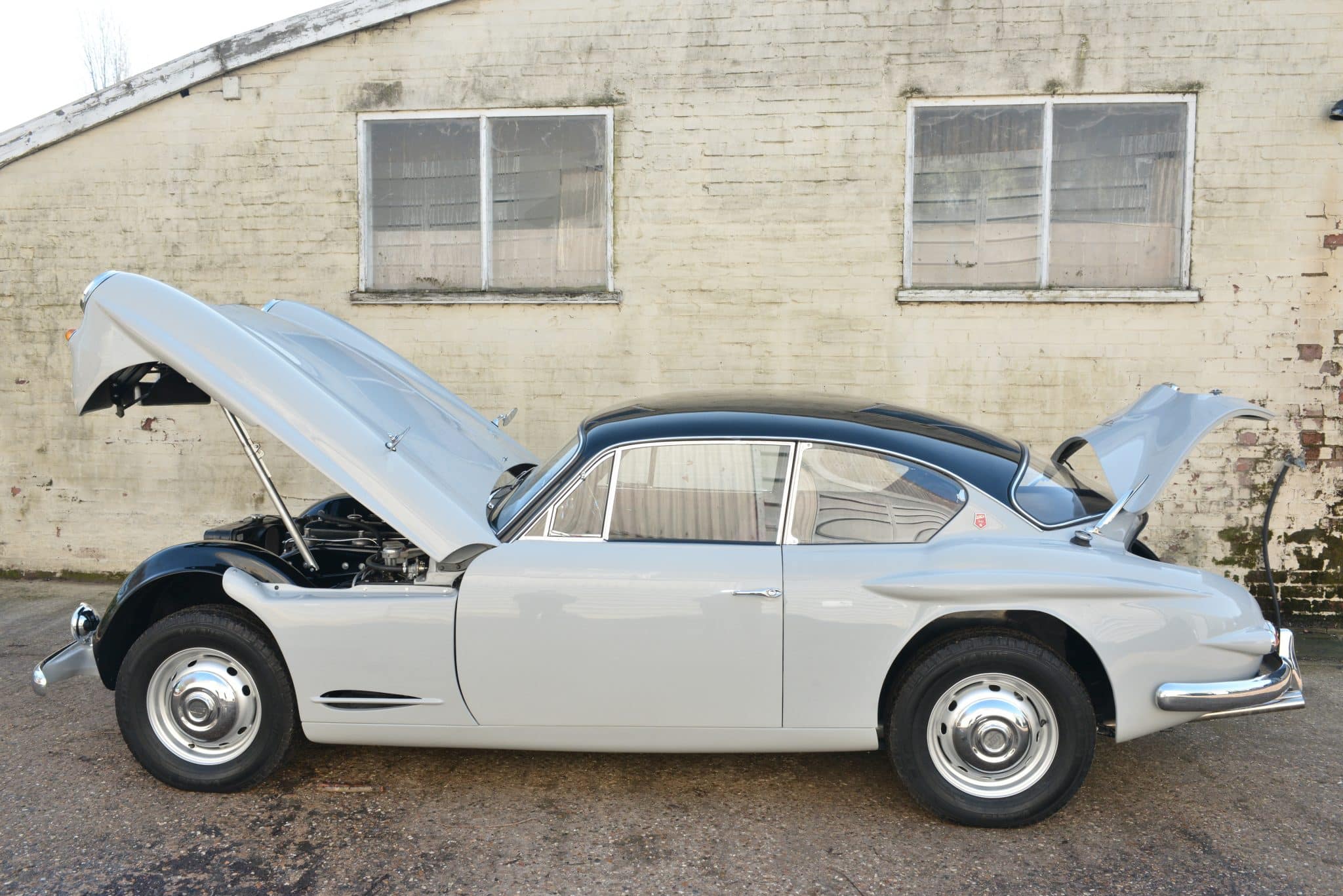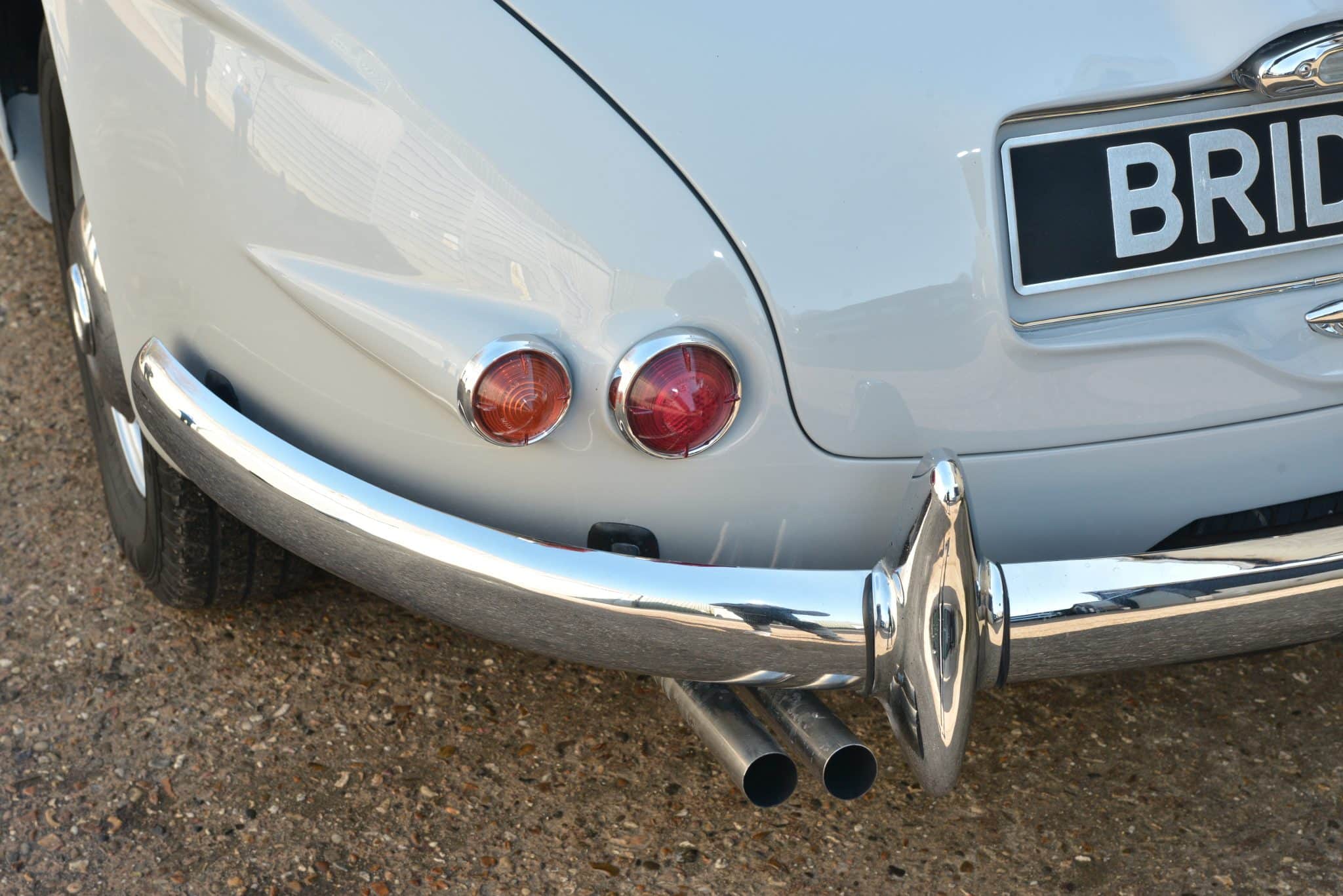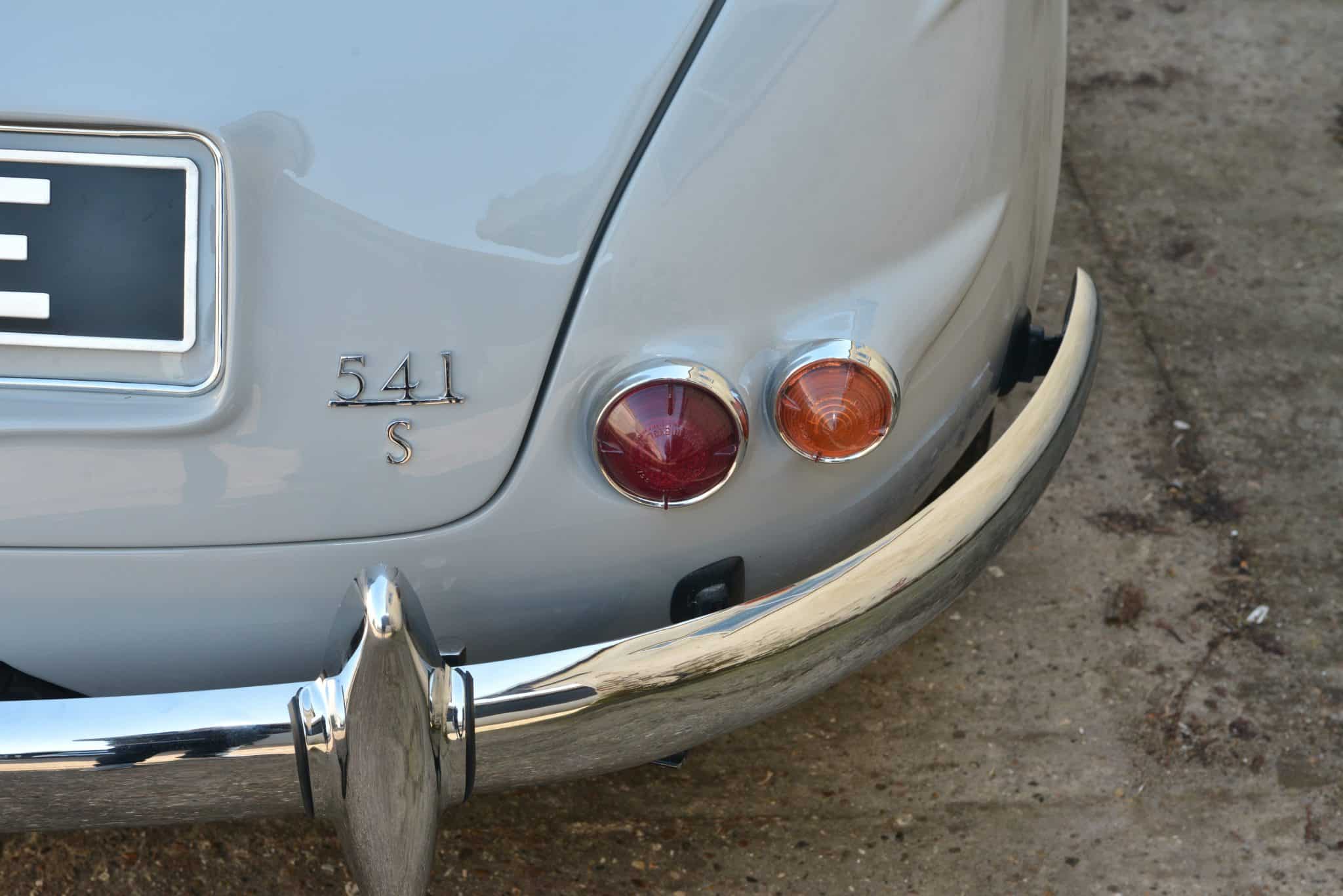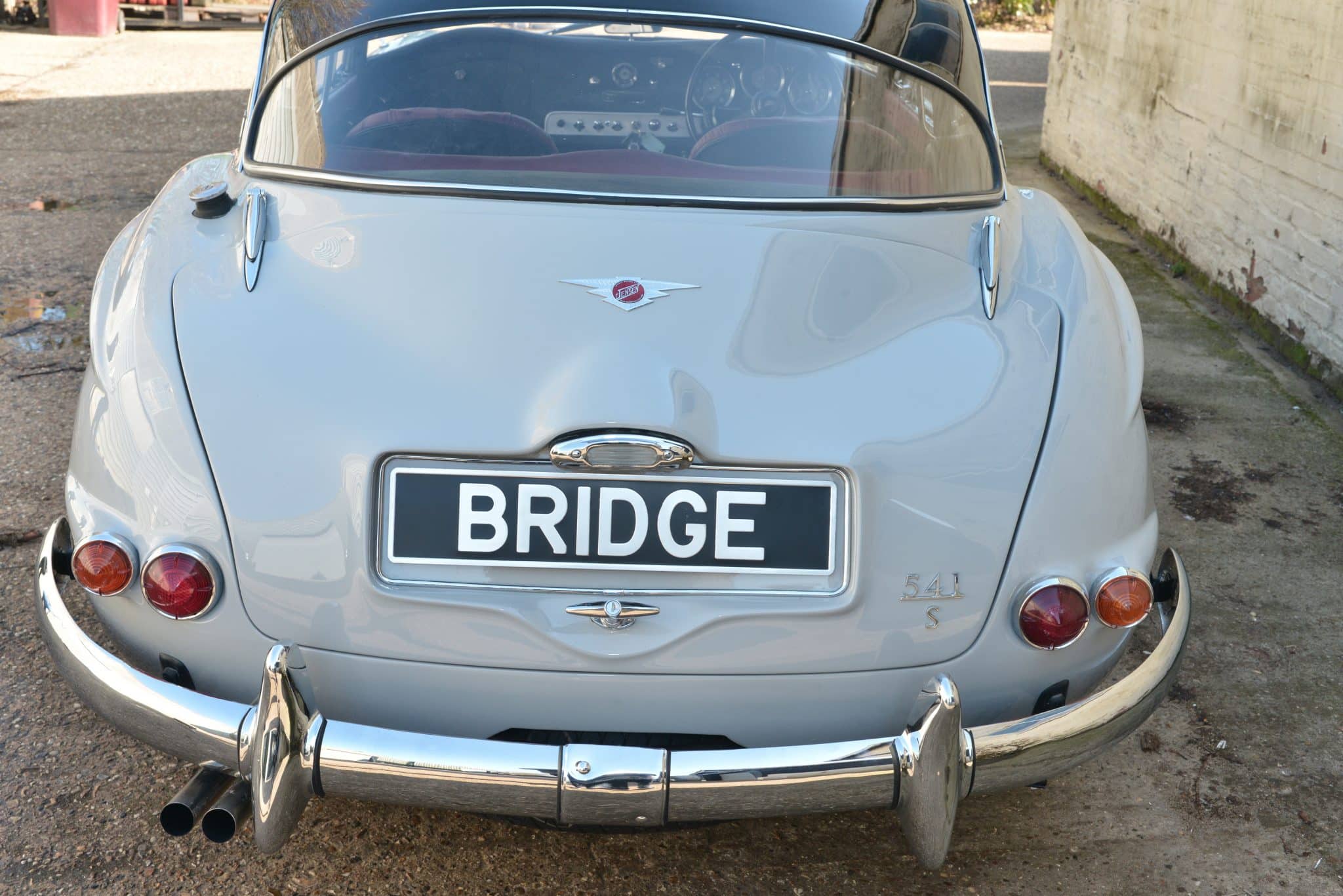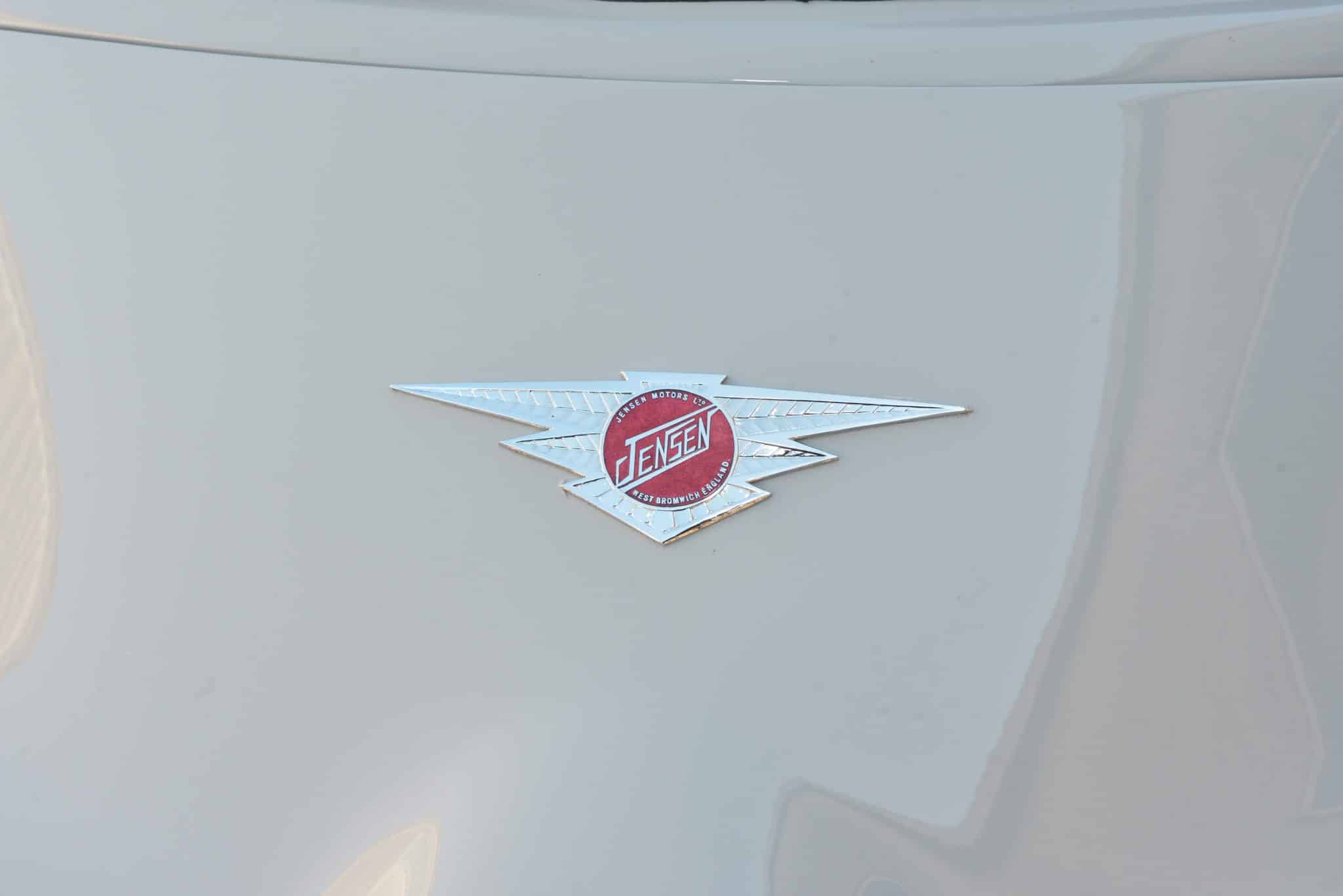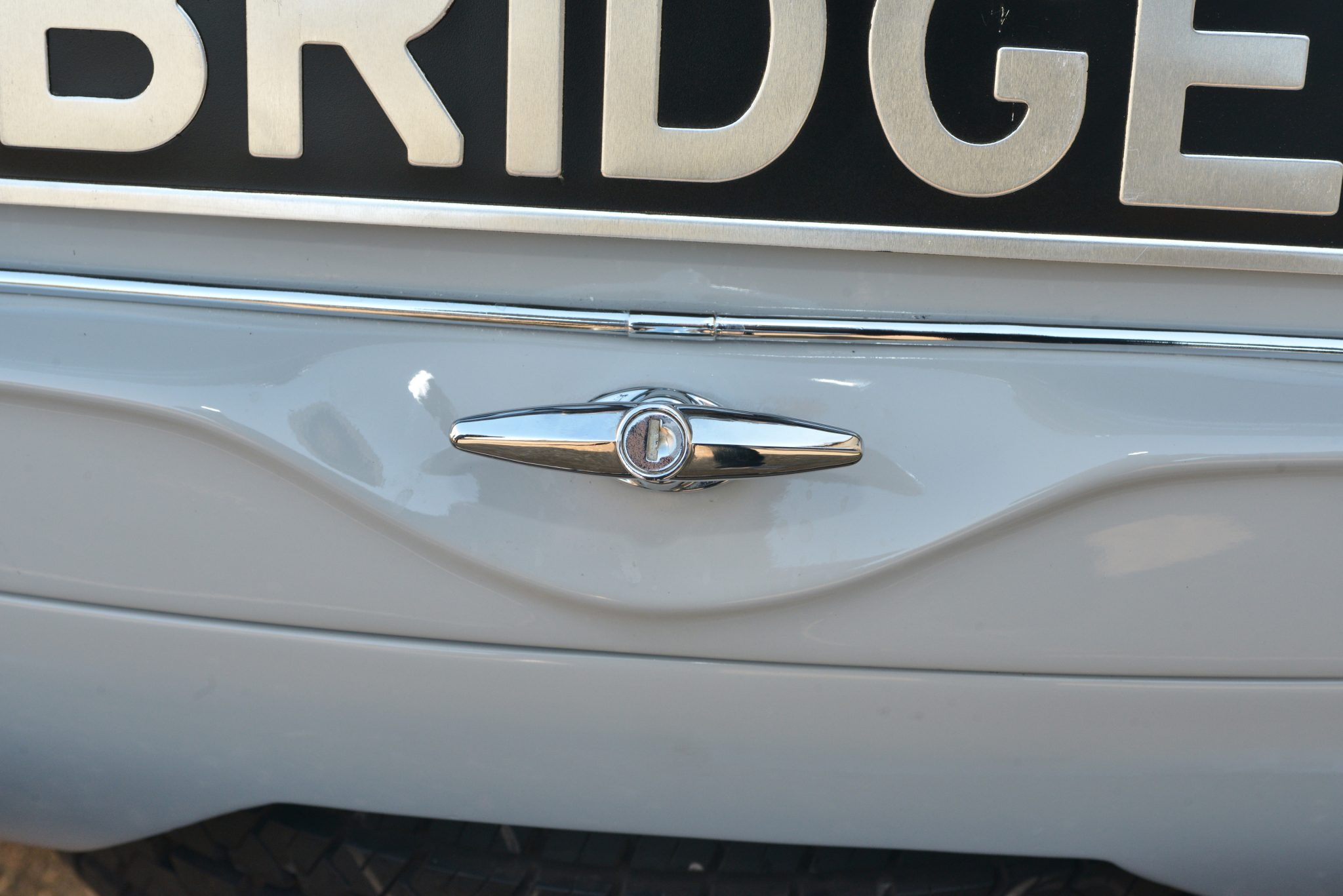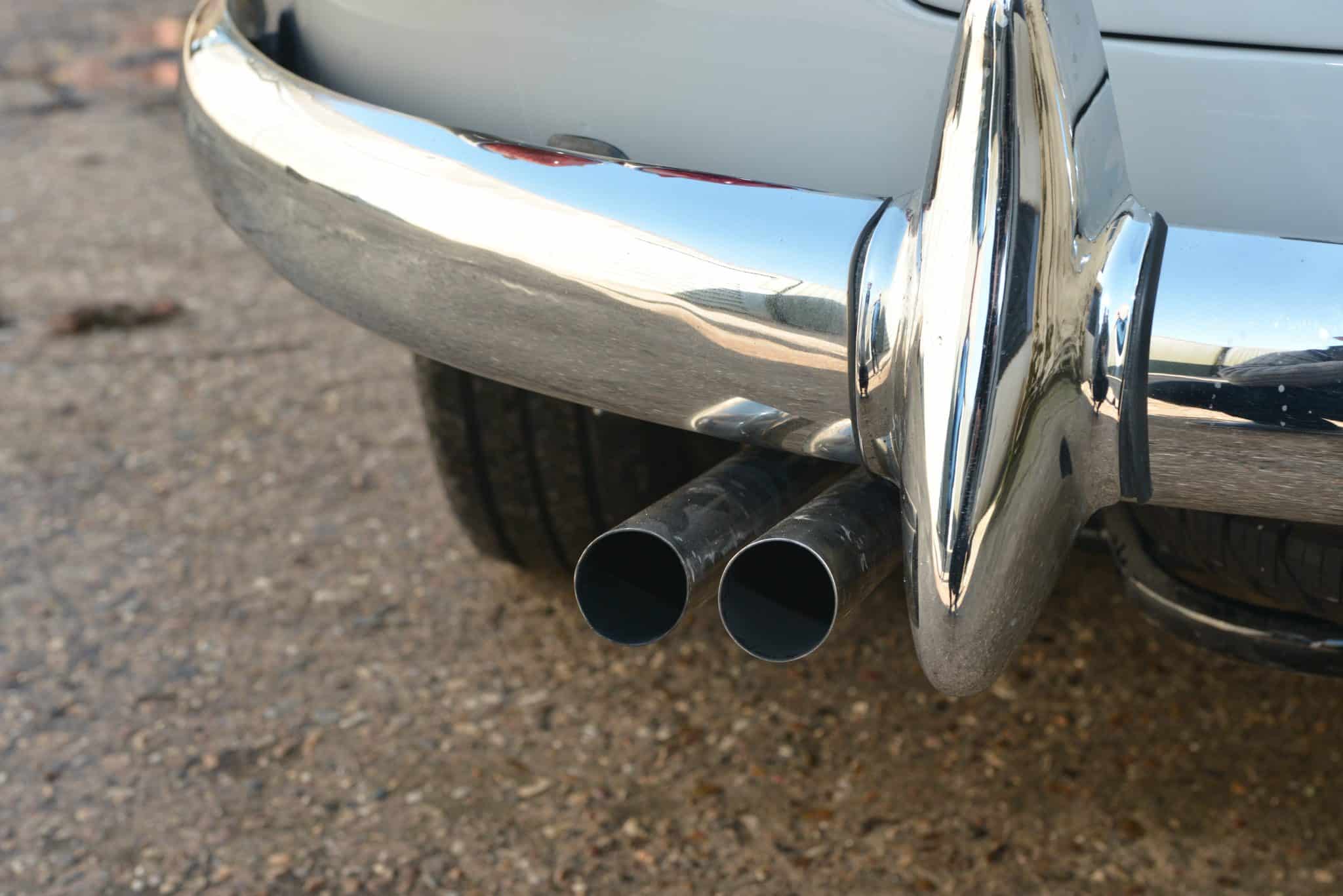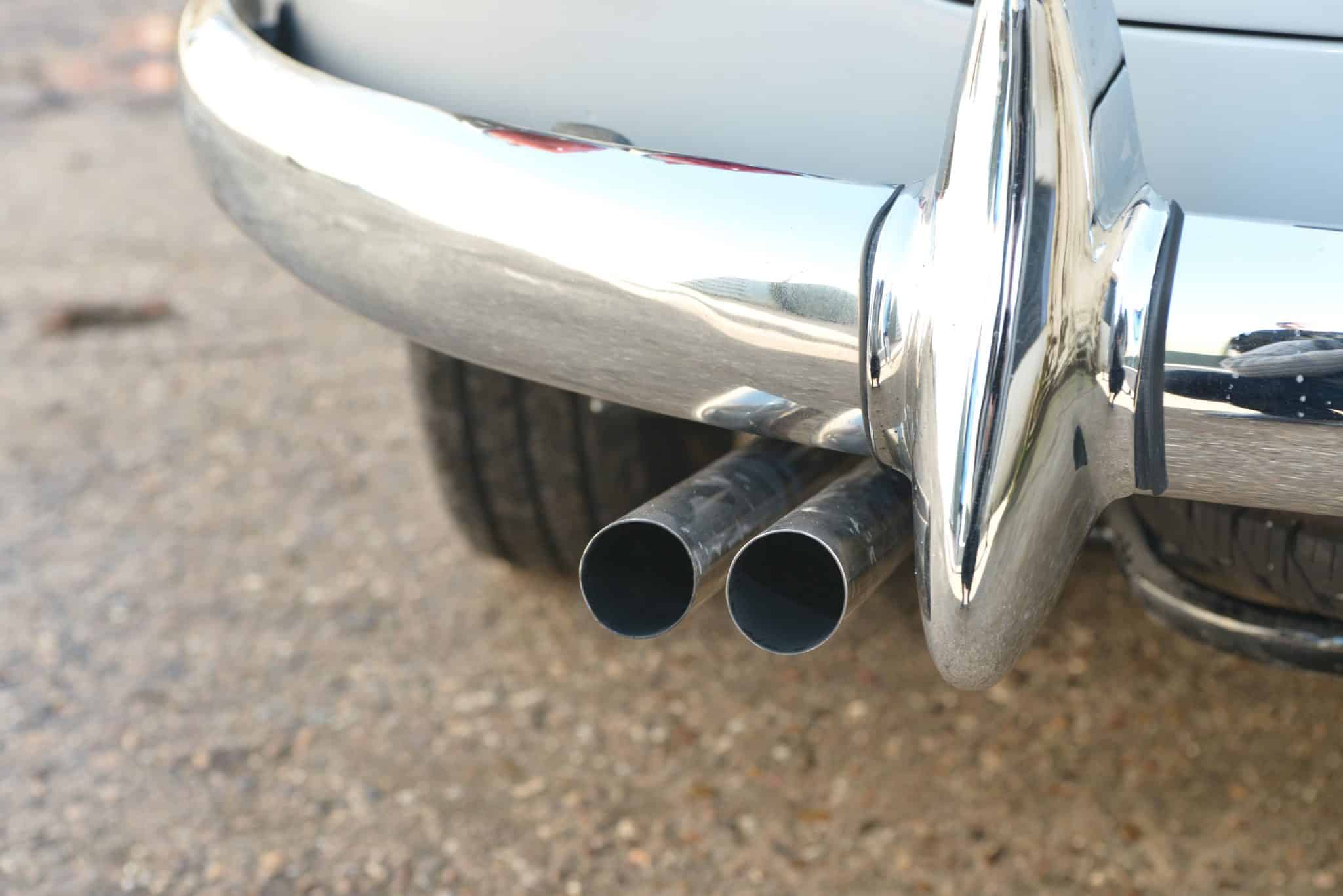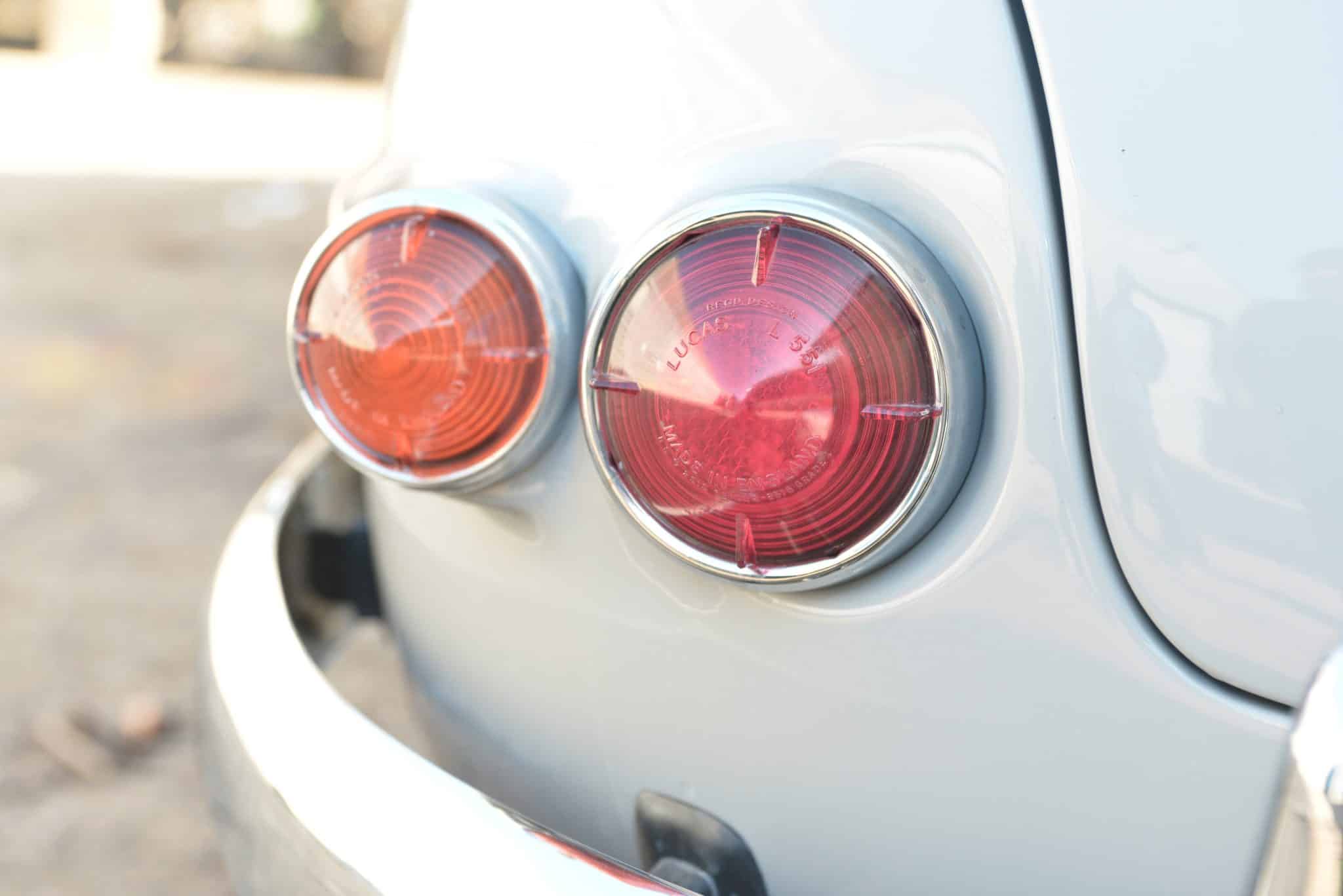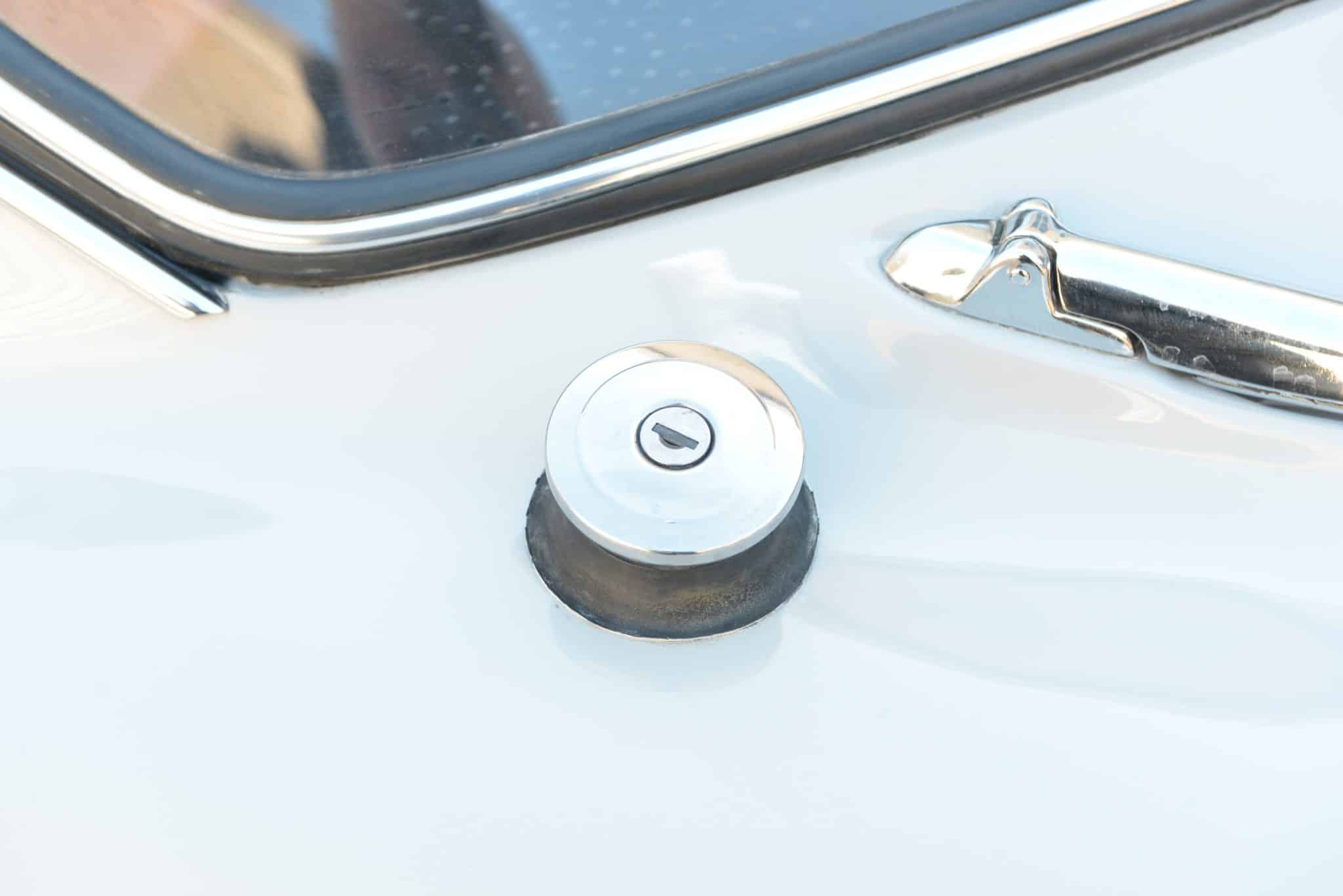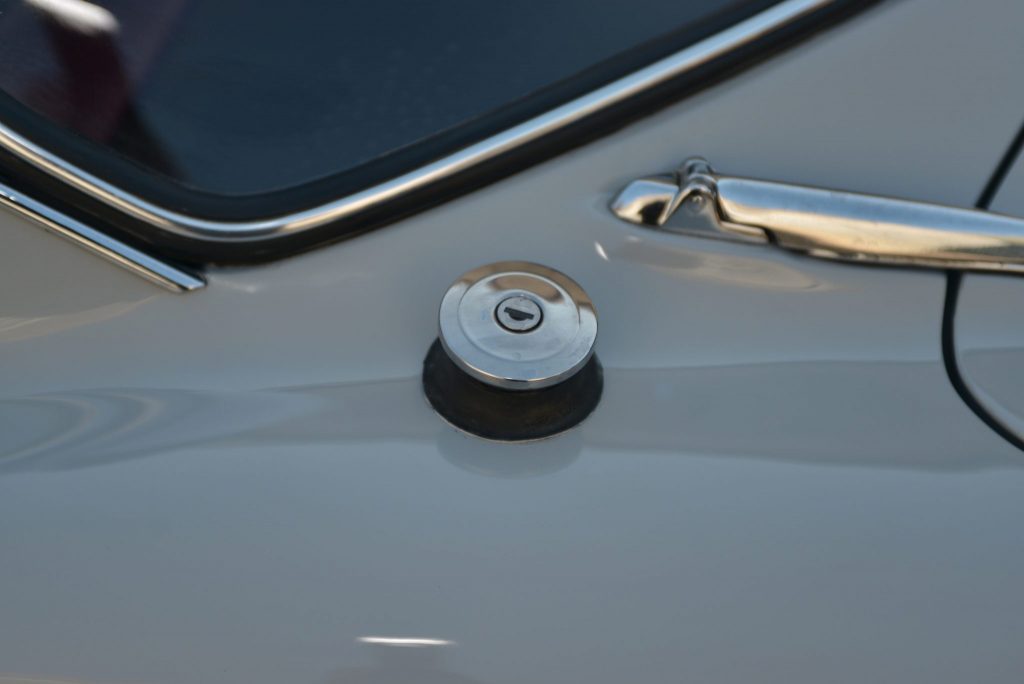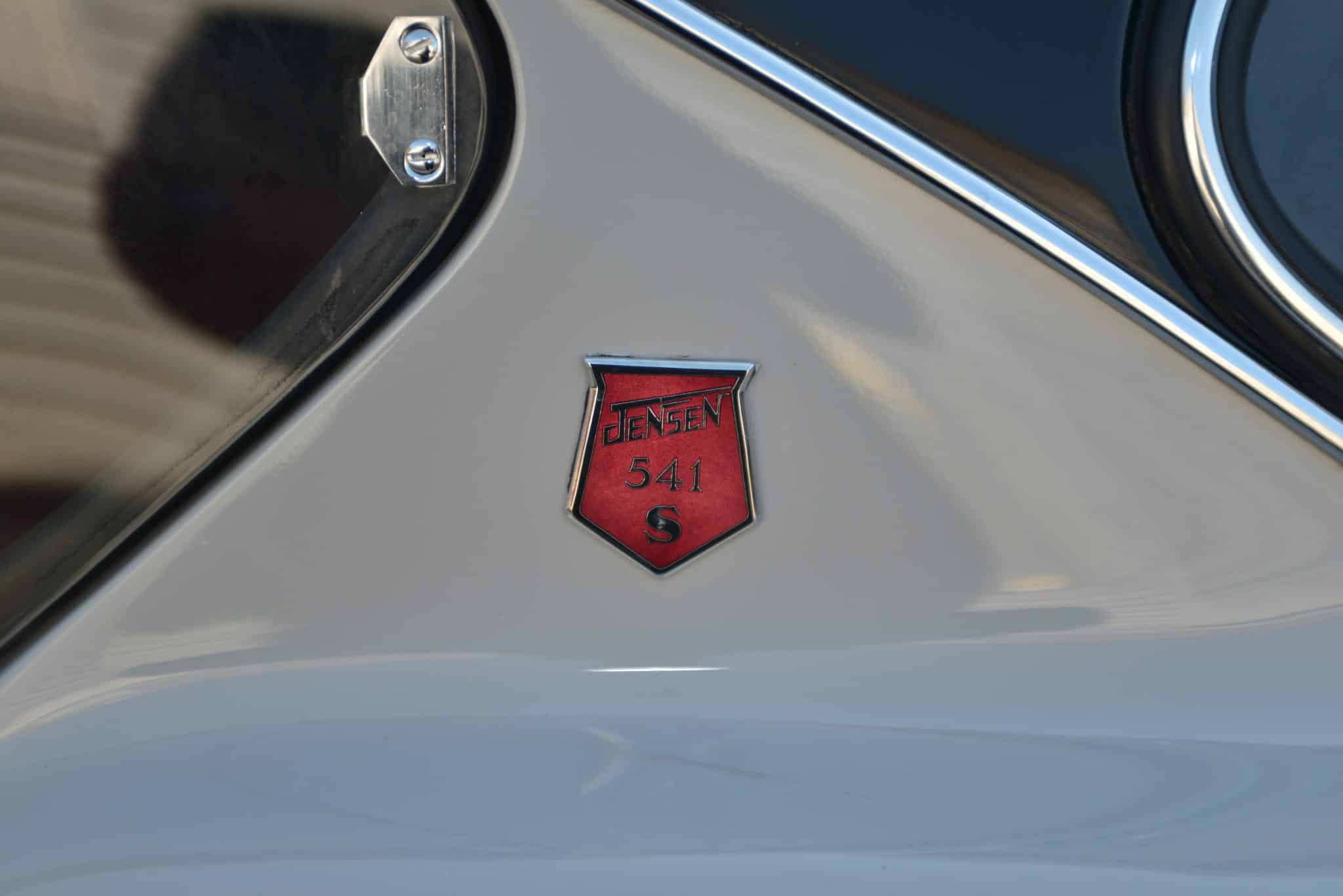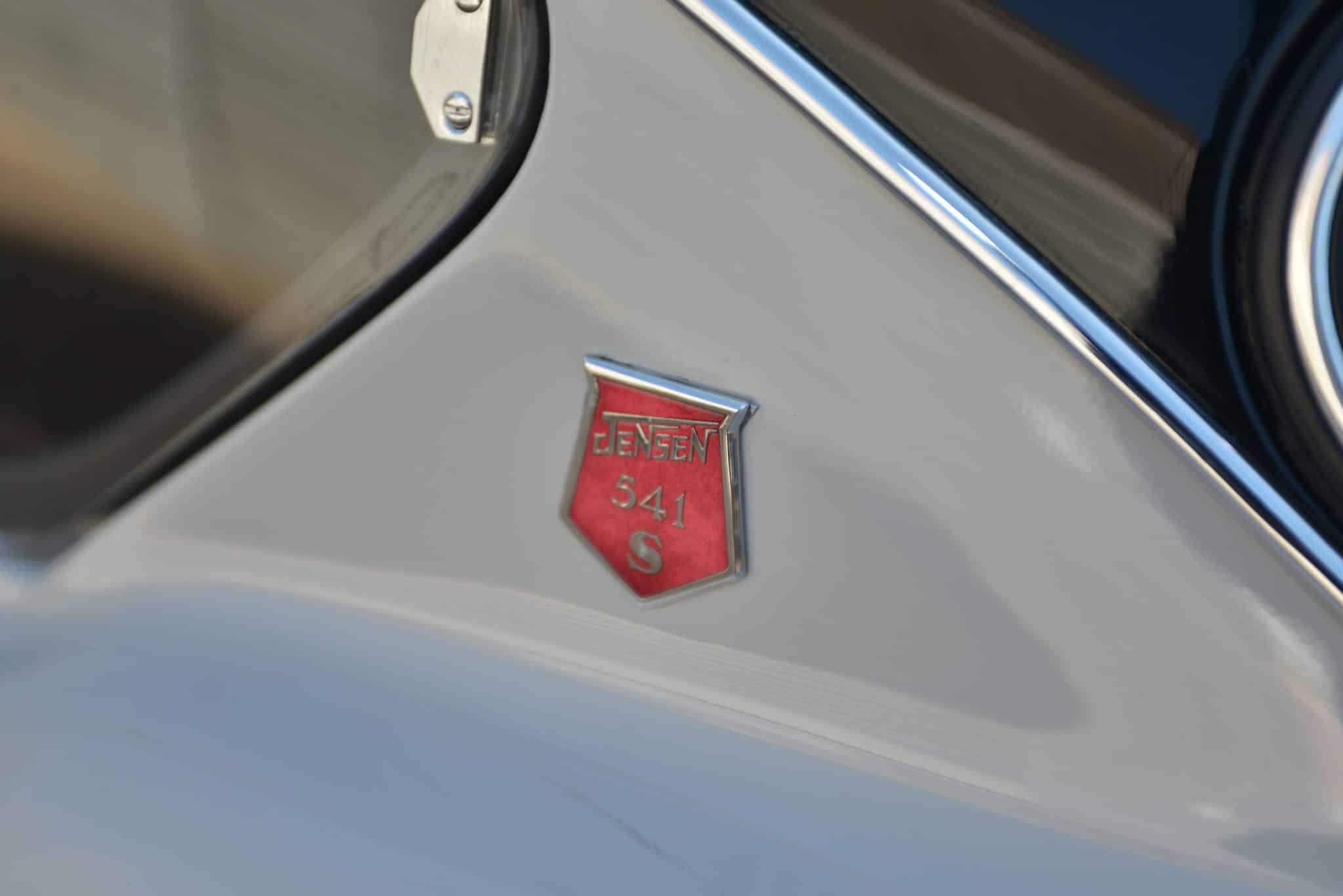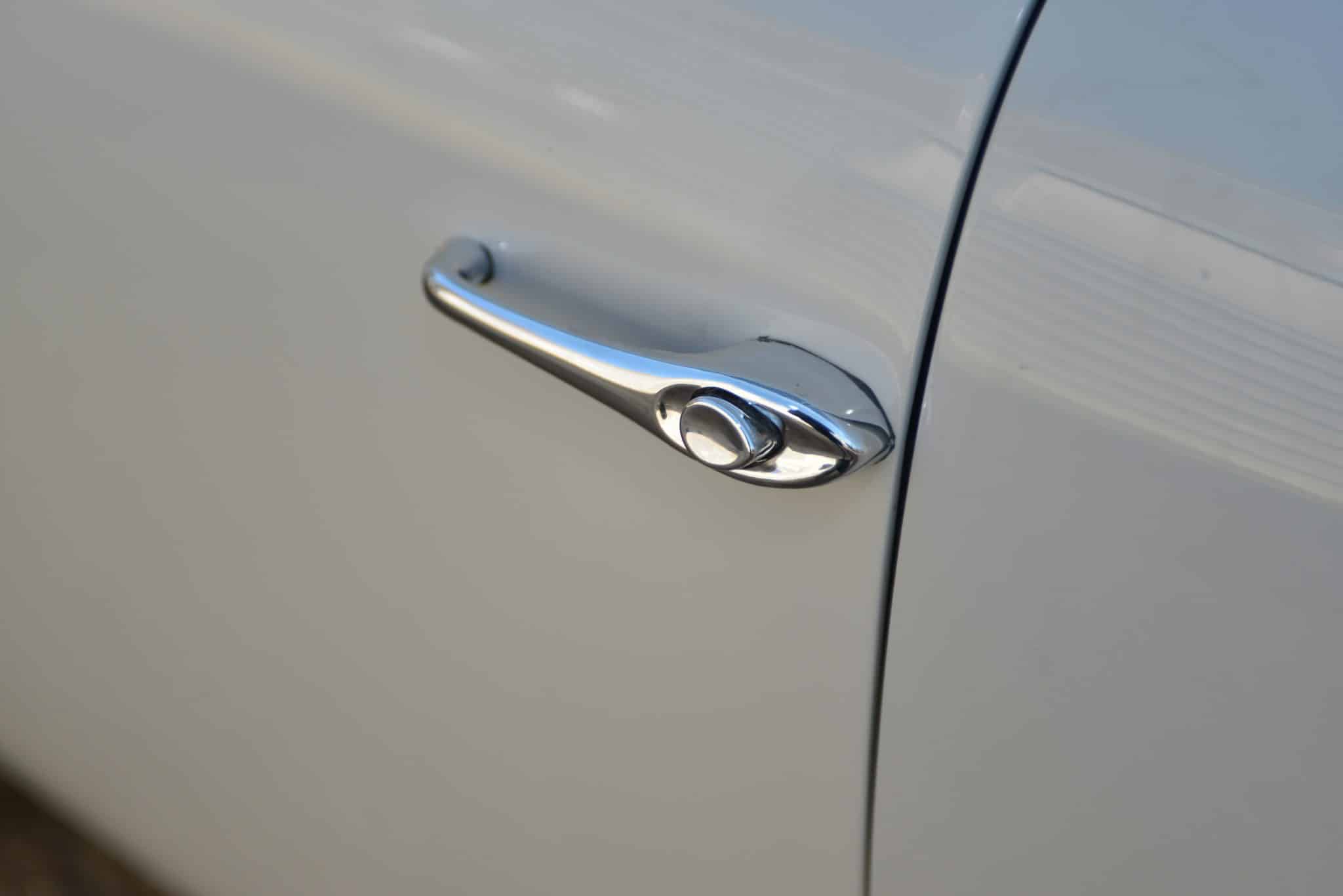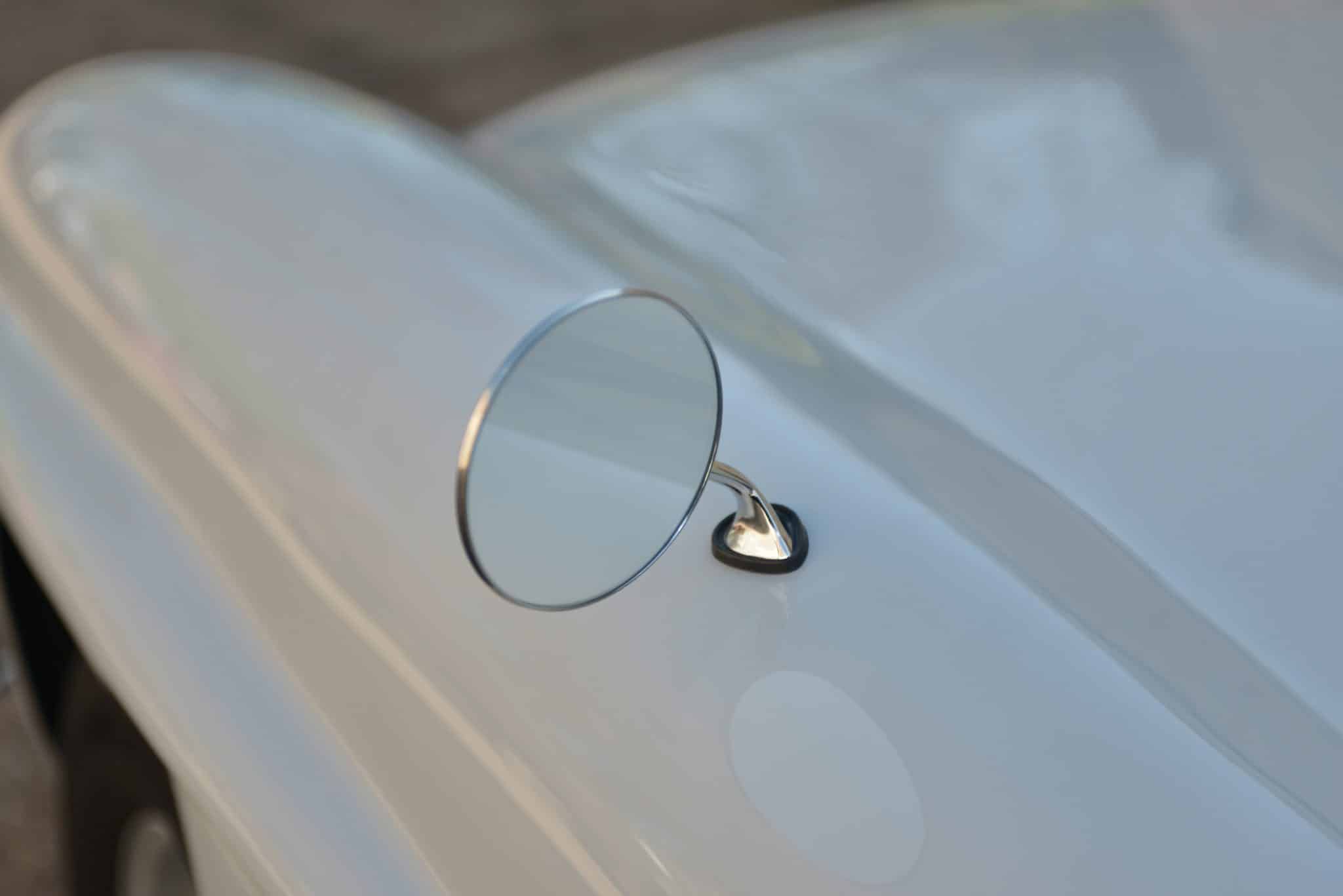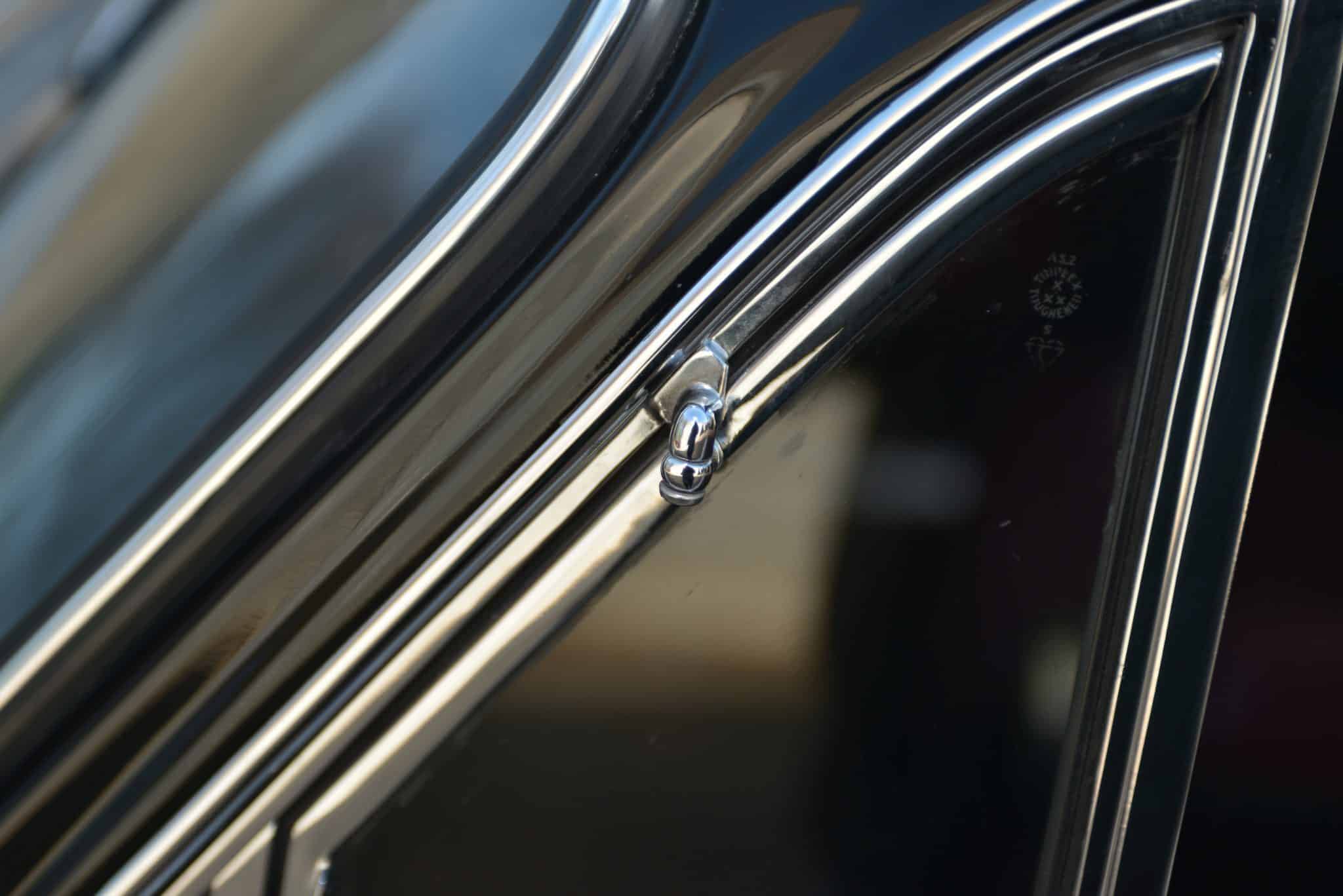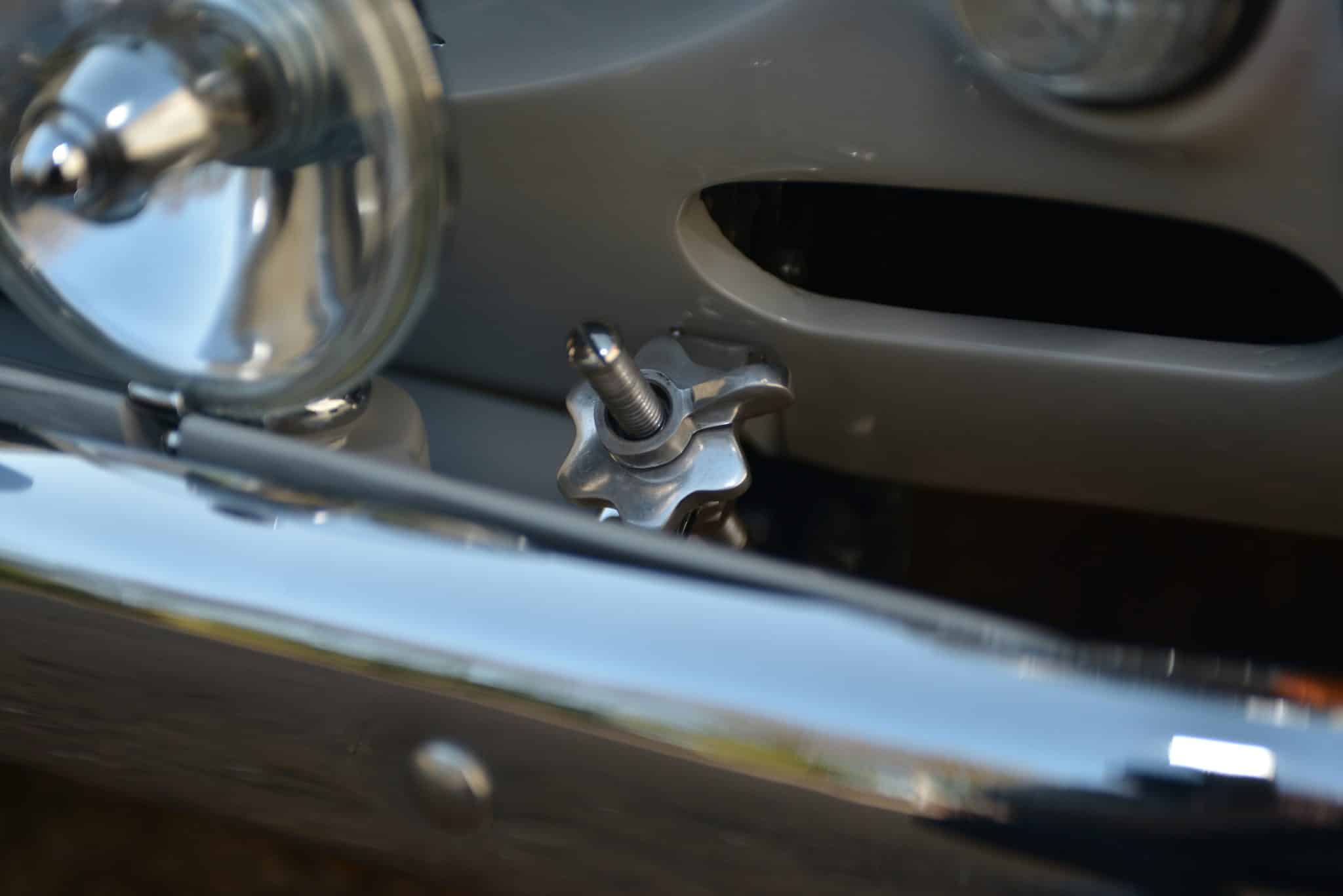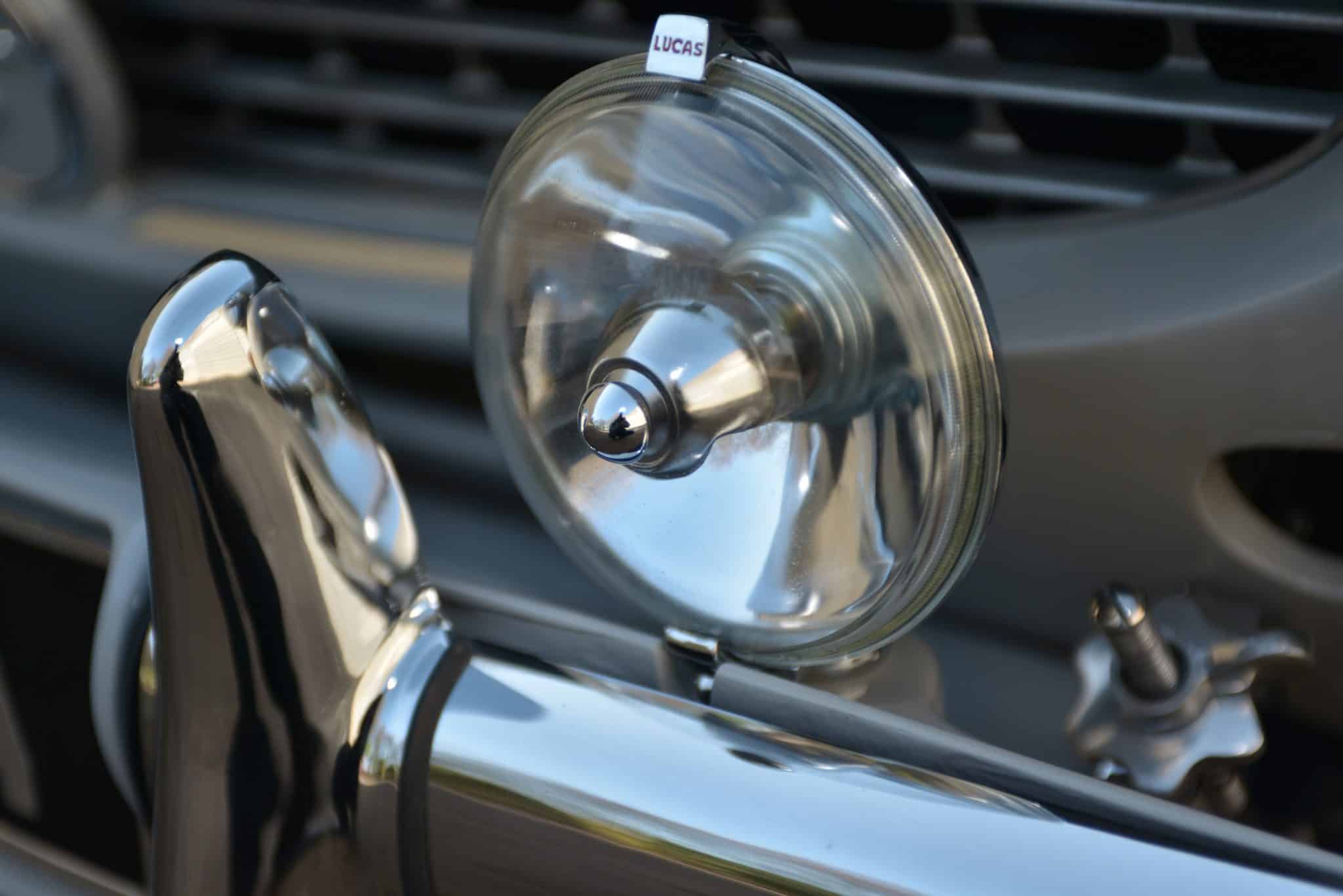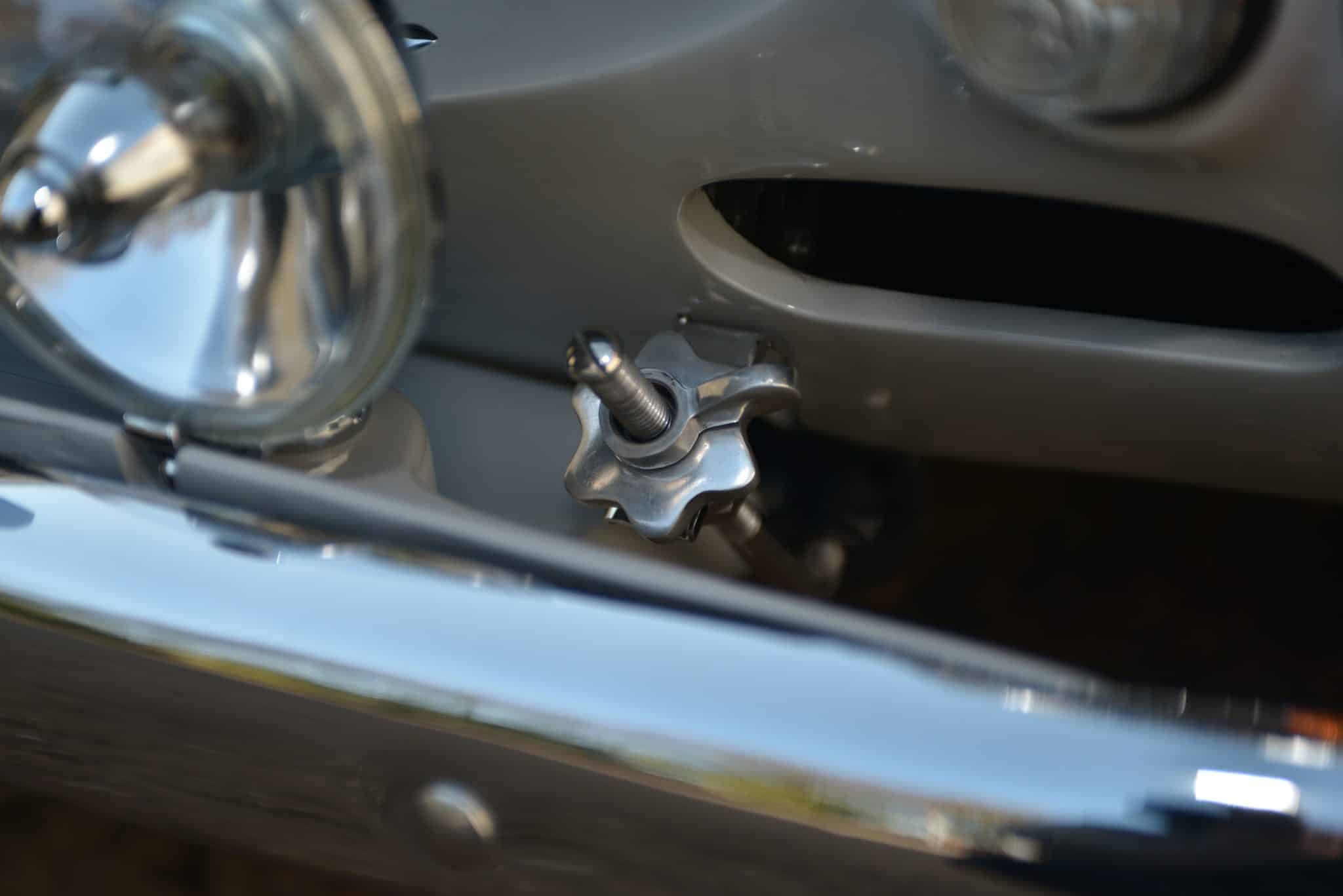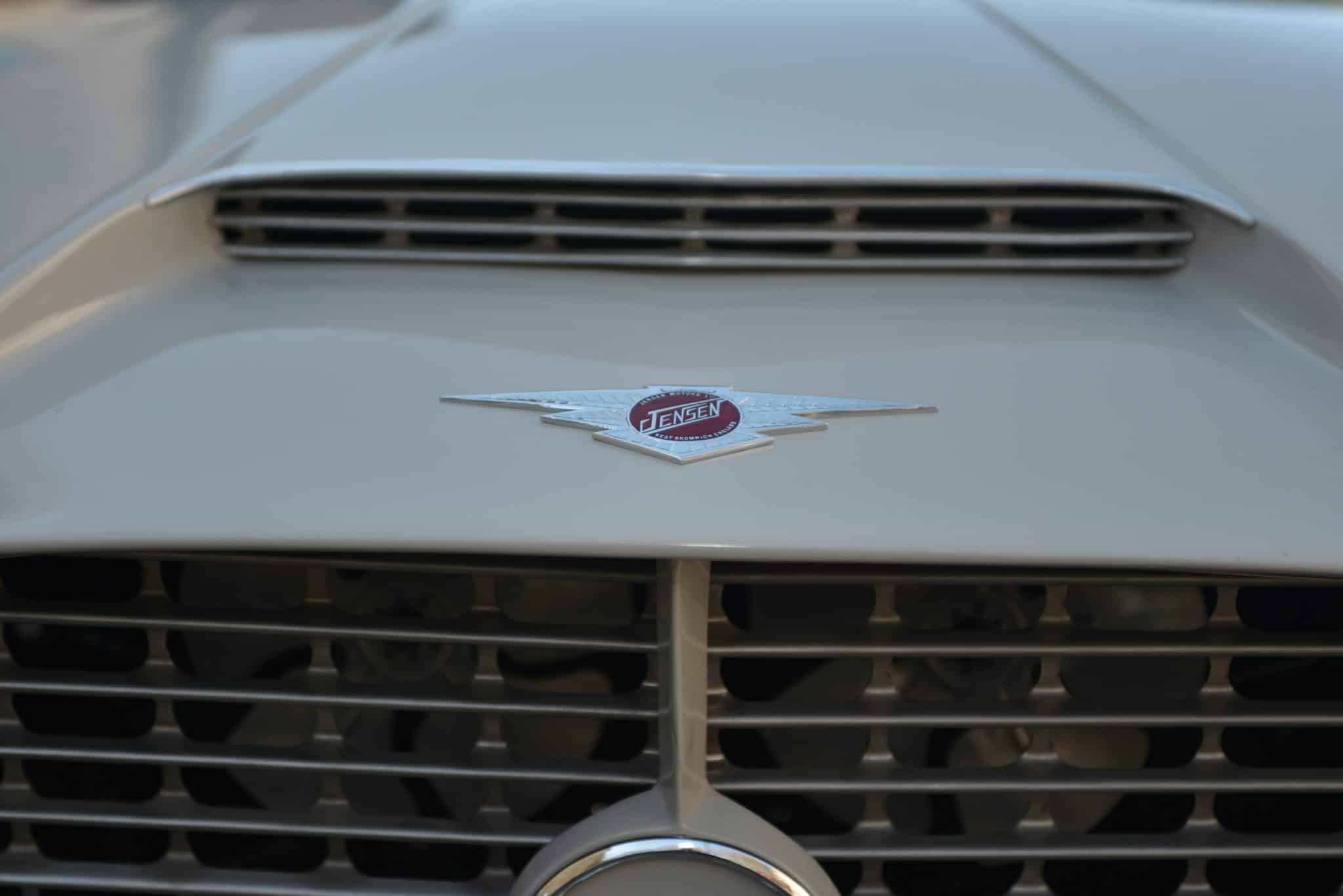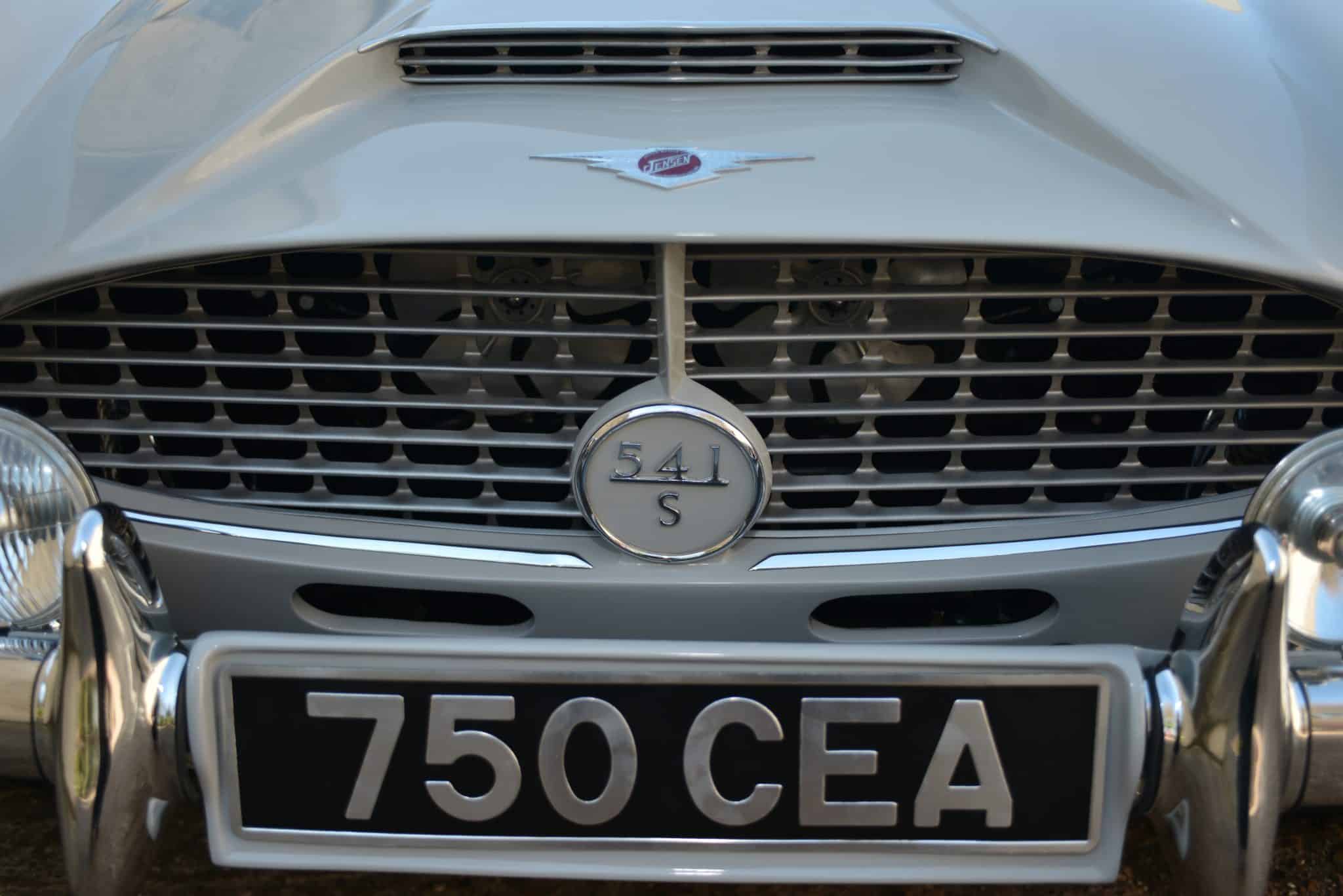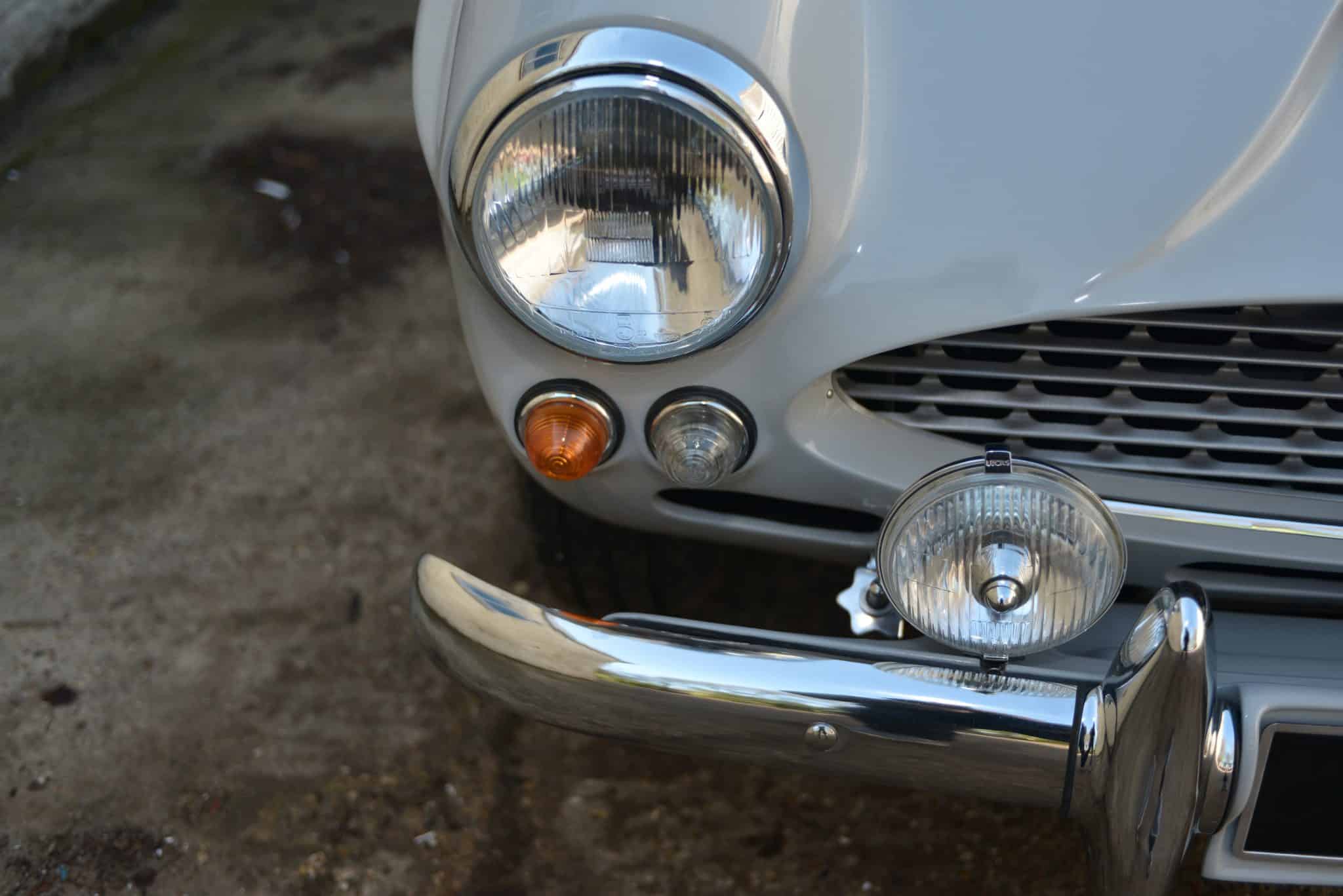At the start of the 1950s, the Jensen Motor Company had a financially sound business producing commercial vehicles and building bespoke bodies for other manufacturers. As is often the way with successful entrepreneurs, the Jensen brothers enjoyed having their name on their products and having been involved for years prior to the war building small cars in conjunction with Standard, Austin and Wolseley, their attention turned again in the late forties to the possibility of creating a rather more exclusive Jensen. Richard Jensen was joined in 1946 by Eric Neale and they jointly penned the sleek (and expensive) Interceptor which remained in production from 1950-57. The bodywork was mostly aluminium, but as an experiment Jensen had started making the large boot lids in a revolutionary material formed from hair-thin glass embedded in a resinous gel, ‘Glass Fibre’.
Eric Neale’s influence was immediately obvious in the, new for 1953, Jensen 541. He first created the distinctive ‘mouth’ shape, anticipating the cold air requirements of a possible big V8 although the Austin 4-litre straight six turned out to be the engine of choice, and the rest of the body flowed back from that point. A lattice of wooden body formers provided a reference over which skilled craftsmen beat a skin of aluminium. The finished car was exhibited at the 1953 Motor Show but there was one trick left up Jensen’s sleeve, production cars were to be constructed from glass fibre! As production of the 541 settled down the options available increased. A package incorporating the most frequently chosen extras was applied to the car which was then marketed as the ‘541 Deluxe’ and rack and pinion steering followed shortly in the ‘541R’.
In 1959 work started on creating a slightly larger 541, which would be better suited to long-distance cruising. This car was to have an auto gearbox as standard and was wider and taller than its predecessor, and so was born the new 541S. Some 4” inches wider than the original 541R, while also offering increased headroom and greater luggage capacity, the ‘S’ version was generally considered to be a more practical machine and certainly more comfortable for touring. In addition to a general increase in size, the body styling changed at the same time with distinctive ‘scallops’ being added at the rear and on the bonnet and a new grille. Less apparent initially were the improvements these modifications made to road holding, stability and ride.
In the 541S, Jensen used their own powerful version of the Austin DS5 4-litre straight-six engine featuring triple H4 SU carburettors, a high compression ‘Weslake’ head, custom-made twin exhaust manifolds and an alloy baffled sump/oil cooler. A total of 127 cars were hand-built between 1960 and 1962 at Jensen’s West Bromwich factory, most having GM-licensed Rolls-Royce ‘Hydramatic’ gearboxes. This was unusual at the time as most performance cars were fitted with ‘sporty’ manual gearboxes but the automatic suited Jensen’s criteria for the 541S of effortless speed and luxurious long distance cruising, although twenty-two were fitted with Moss manual gearboxes at their owner’s request. The 541S is also notable for being the first British car to have seat belts fitted as standard equipment and the pioneering use of Dunlop disc brakes on all four wheels was carried on from the ‘Deluxe’. Other safety equipment included a padded windscreen surround, fire extinguisher and a first-aid kit and each car was fitted with a quality Motorola radio as standard.
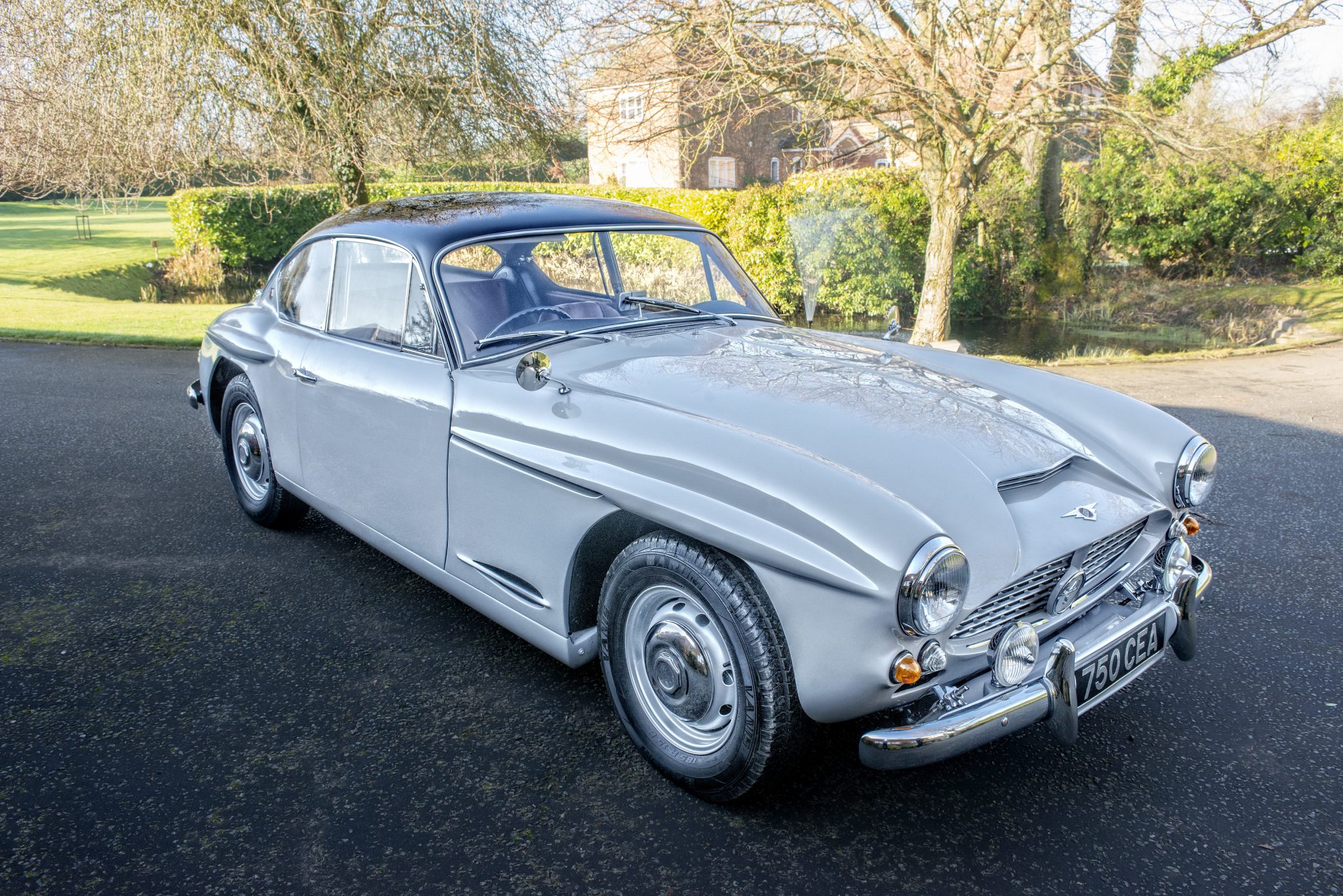
750 CEA, later registered as 377 HWT, Chassis Number ‘JM/EXP/101 is almost certainly the automatic 541S used by Jensen in 1960 on its stand at the London Motor Show at Earl’s Court. There were three experimental (EXP) cars built, (‘pre-production prototypes’), two being manual and one automatic. ‘101’ is automatic and was registered 750 CEA although the photographs from the show display the car with ‘JENSEN’ on the number plates. It was finished in Pearl Grey and looks superb sat on Stand 134.
This car was registered to Jensen Motors for a period of some two years. A letter in the file from them confirms that during this period it was used for road tests, demonstration purposes and as an experimental car, and according to the letter was no doubt driven by the Jensen brothers and carefully looked after by the Engineering Department. It was featured in ‘THE MOTOR’, October 19th. 1960 and ‘AUTOCAR’, Feb 3rd. 1961 road test reports. Whilst currently registered 377 HWT, there is verification from both DVLA and the Jensen Owners Club that 750 CEA was its original registration. An expression of interest has been lodged with DVLA to repatriate this number rightfully back to this car. An extensive history file accompanies the car and includes the original London Motor Show 1960 Guide, press cuttings of the day, old photographs, past invoices and letters. The show car was originally Pearl Grey but at some point has been changed to Maroon, but inside the engine bay an area of original colour has been deliberately left, presumably to aid a return to its factory finish.
First registered in September 1960 this most beautiful Jensen 541S, chassis number JM/EXP/101 is currently reading an unwarranted 75,800 miles.
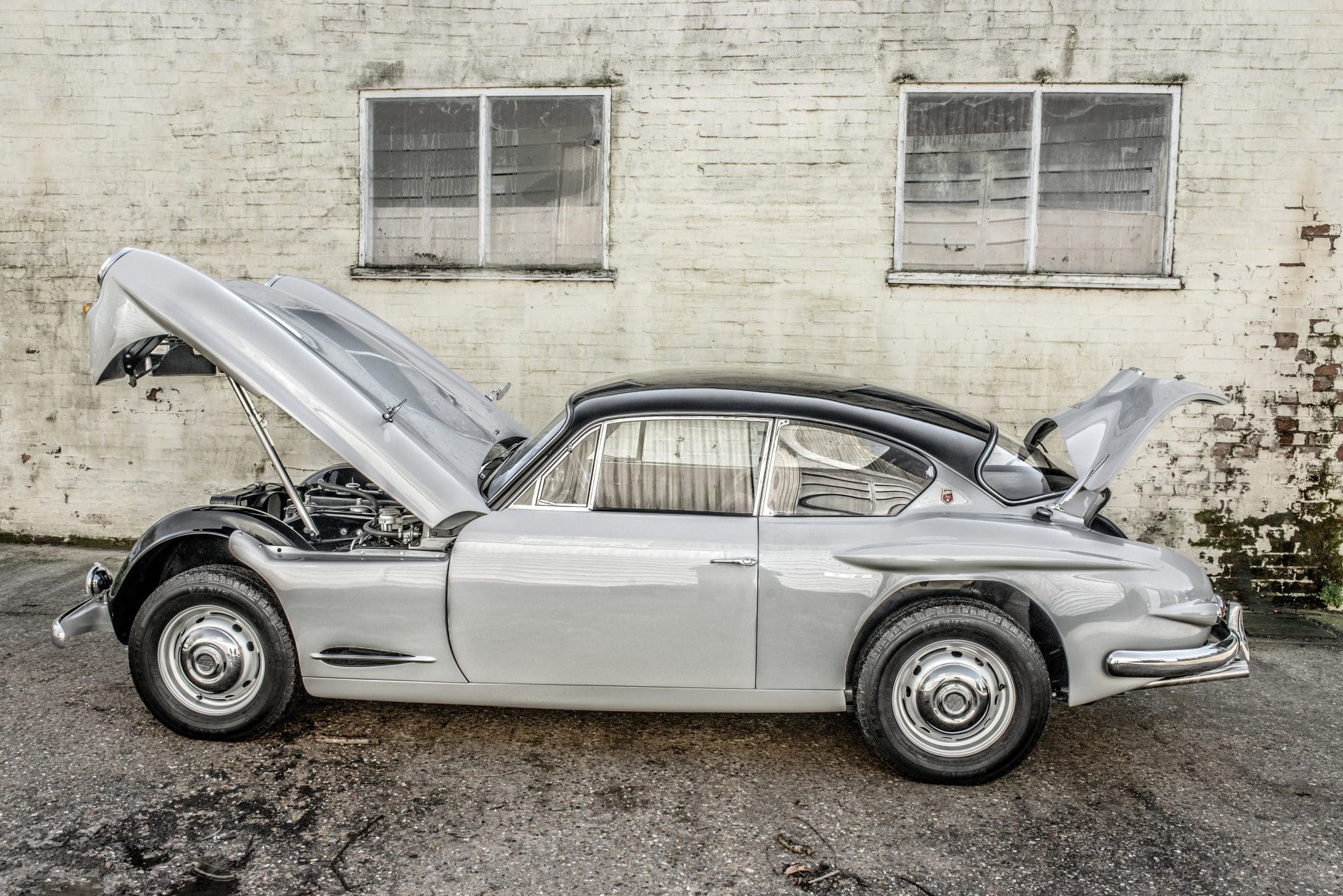
This extremely rare and beautiful car has been in our workshops for a number of years undergoing an extensive ‘nut and bolt’ restoration. The work has been carried out to the original factory specification and is now finished in Pearl Grey with a black roof and red interior.
It was one of three prototypes for the 541S, the final iteration of a model that was very important to the long-term health of Jensen. It was a fetéd and much admired Motor Show car and an important part of Jensen’s history, and on top of all that, it’s a super British classic sports car that would be welcome anywhere.
Jason from Sugar and Spice Photography has once again completed the final photo shoot of our restored Jensen 541S.
The location for our shoot is within the grounds of the beautiful setting of Hungarian Hall.
Hungarian Hall is set in the un-spoilt Suffolk countryside just a few minutes from Woodbridge and a short drive away from the heritage coast including the coastal towns of Aldeburgh, Orford and Felixstowe.

